Flags waving curbside as the local high-school marching band strides down Main Street; a mom-and-pop bakery that's been serving up pastries and coffee for 40-plus years; and a new microbrewery that's revived a former grain mill, revamping a small neighborhood section that's sat empty for decades. These are just a few of the things that we love about small town America. Coast-to-coast, the U.S. is filled with such locales that sing to our imaginations and offer a distinct sense of place: whether it's the cowboy culture of Medora, North Dakota, or the Bavarian-themed charm of Helen, Georgia.
Similar to past years, the small towns we've chosen for our “Best of 2019” have a compelling reason to visit this year in particular: for example, the 50th anniversary of one of the world's most iconic music festivals, or a new mural highlighting a well-known Underground Railroad “conductor” and key figure in the unending fight for freedom. We've paired this with information received from geographical information company Esri—which provides details on everything from resident dance companies and art galleries to the concentration of historic sites in those U.S. towns with a population of 25,000 and under—to compile a list of 15 small towns that embrace community, reflect hometown pride, and have their own unique offerings, from a museum housed in a former London church that survived World War II, to one of the best preserved sections of America's “Mother Road.”
Our 2019 Best Small Towns include the former spring training grounds for the Chicago Cubs, a frontier town that helped transform the Grand Canyon into a national park, and the self-proclaimed “Ice Cream Capital of the World.” Go on, be inspired!
Stockbridge, Massachusetts (pop. 1,947)
In his 1967 painting, Stockbridge Main Street at Christmas, American illustrator Norman Rockwell immortalized his community's quintessential small town charm. Now, Stockbridge is celebrating its former longtime resident with the 50th anniversary of the Norman Rockwell Museum, and a range of related special exhibits, including “Norman Rockwell: Private Moments for the Masses” and “Woodstock to the Moon: 1969 Illustrated.” The museum is home to more of the iconic artist's works than anywhere else on the planet, including nearly 100 original drawings and paintings. Stockbridge also pays homage to Rockwell with its annual Stockbridge Main Street at Christmas, a magical weekend filled with caroling, holiday readings, house tours, and the recreation of the namesake painting, down to vintage cars parked in the same spots.
Tucked into the lush Berkshire Hills 130 miles west of Boston, Stockbridge began its days as an mission town for Mohicans—a past that lives on in the colonial-era Mission House museum—and flourished during the Gilded Age, when it became a summer getaway for the wealthy. Historic mansions still abound in the area and around town, from Naumkeag, a late-19th century shingle style country house renowned for its terraced gardens, to Chesterwood, the country estate of sculptor Daniel Chester French, best known for his statue of Abraham Lincoln in the Lincoln Memorial in Washington, D.C. Lincoln historian Harold Holzer commemorates French’s life in his book Monument Man: The Life and Art of Daniel Chester French—released earlier this year to coincide with Chesterwood's 50th anniversary as a site of the National Trust for Historic Preservation.
Despite being such a small community, Stockbridge is bursting at the seams with talent. This summer, public art will soar to the skies in the form of artist Doug Aitken's traveling mirrored hot air balloon (at Naumkeag on July 27), and the town is the historic base of Berkshire Theatre Group's illustrious Berkshire Theatre Festival (which now also extends into nearby Pittsfield) and 90 percent of world-renowned Tanglewood, summer residence of the Boston Symphony Orchestra. Although folksinger Arlo Guthrie's beloved Alice's Restaurant—based in Stockbridge—is now long gone, the town still features a wealth of eateries ranging from family-friendly Michaels Restaurant of Stockbridge (think eggplant Parmesan and grilled sirloin steak) to Elm Street Market's old-fashioned lunch counter. There's also the centuries-old Williams & Sons Country Store, where maple syrup and penny candy are the norm.
Williams, Arizona (pop. 3,158)
The history of Williams and Grand Canyon National Park—celebrating its centennial this year—are undeniably intertwined. When trains first began running from this small frontier town in 1901, they brought travelers to the canyon's South Rim—a fact that was instrumental in leading to the canyon's national park designation. Today, Williams is known as the “Gateway to the Grand Canyon,” and the Grand Canyon Railway is one of its most beloved attractions: a winding 64-mile journey through pine forests and past volcanic mountain peaks that's replete with singing cowboys and cowgirls, Old West stories, and a good ol' fashioned train robbery.
Williams' main street also happens to be one of the country's best-preserved sections of Route 66. Nostalgia lives on in colorful “Mother Road” themed murals, neon signs, classic car shows and retro diners like Cruisers Route 66 Cafe, serving up smoked beef ribs and banana splits in a 1950s-inspired setting. Each summer evening, the town's unique Americana comes alive with a classic cowboy shootout acted out at the center of town.
In Williams, you can spend a night at the recently refurbished Grand Canyon Railway Hotel, or bed down in a memorabilia-filled 19th-century brothel now called the Red Garter Inn. There's also Trappers Rendezvous, with six spacious cabins reminiscent of the Wild West. For imbibing, don't miss the prickly pear vodka and award-winning craft beers, including the session style Grand Canyon National Park centennial brew Trail Hike IPA, of Grand Canyon Brewing and Distillery.
Williams offers endless outdoor opportunities, from fishing and hiking to camping and horseback riding. For animal lovers, the drive-through 160-acre Bearizona Wildlife Park—home to rescued wildlife such as bison, black bear and wolves, all with ample open space to roam—is a must.
New Canaan, Connecticut (pop. 20,376)
When Walter Gropius founded the revolutionary Bauhaus school of art and design in Germany a century ago, no one quite knew the impact it would have—especially in the small town of New Canaan, Connecticut. Today this bucolic artisan community (just over an hour by train from Manhattan) is renowned for its wealth of mid-century modern homes, about 80 of them tucked among historic colonials and farmhouses. That's because New Canaan was home to the “Harvard Five,” a handful of forward-thinking architects in the 1940s who saw Gropius—by this time the head of Harvard's architectural program—as their mentor. His influence is especially evident in Philip Johnson’s Glass House, an 1,815-square-foot steel-and-glass structure that will be celebrating its 70th year at the house's annual Summer Party, June 8, in conjunction with 100 years of Bauhaus events worldwide.
It's this unusual blend of Modernism—a movement that has continued on in structures like the sleek and seamlessly flowing River Building, opened in 2015 as part of the larger 80-acre Grace Farms—and tradition architecture that makes New Canaan especially unique. The town's harmonious architecture, art and nature range from the contemporary installations interspersed throughout Grace Farms' meadows and woodlands, to Waveny Park, 300-acres of ponds and open walking trails with a stunning 1912 “castle” as its centerpiece and the Carriage Barn Arts Center, a gallery and performing arts venue located within a restored 19th century stone barn.
Residents take full-advantage of New Canaan's walkable downtown. It's a Fairfield County rarity, and one that showcases both the new home of the Summer Theatre of New Canaan and a selection of boutique shops and high-end retailers, as well as restaurants that run that gamut from cozy breakfast eateries to Elm, a high-end open-kitchen space serving up seasonal New American fare.
Le Mars, Iowa (pop. 9,967)
Just about everything in this northwestern Iowa town feels welcoming: from its widely laid downtown streets lined with brick and sandstone structures dating back to the 1850s, to its title as “Ice Cream Capital of the World”—a moniker that it’s earned through Wells Enterprises, Inc., the homegrown ice cream company that makes more ice cream (including the Blue Bunny brand) in one location that any other single company on the planet. This year’s Ice Cream Days (consisting of both an ice cream social and a parade) take place June 12-15, and will be held in congruence with the town's own sesquicentennial celebration, not to mention the reopening of Wells Enterprises’ iconic Blue Bunny Ice Cream Parlor. This two-story parlor, bar and gift shop already draws hundreds of thousands of visitors to Le Mars each year for scoops of butter pecan and salted caramel craze, but has now expanded to include its own interactive “farm-to-spoon” ice-cream making exhibit as well as rooftop seating, a Le Mars first.
More than 50 six-foot-tall ice cream sculptures add an element of whimsy to Le Mars' downtown streets, along with colorful murals created by more than 100 Midwest artists. Visitors and residents alike can embark on a self-guided mural walking tour, or head indoors to learn about local past at the Plymouth County Historical Museum, housed in a former public high school that now boasts its own 1940s-style lunch counter.
It's this small-town charm that extends to everything from Le Mars' burgeoning boutiques—including the award-winning Sugar-N-Spice, purveyor of baby, toddler and tween fashions—to restaurants like family-owned Archie’s Waeside, a 1949 chophouse serving up fresh seafood and aged steaks, as well as an extensive list of West Coast wines. In 2015, it was even named a James Beard America's Classic award winner—a designation honoring the country's most beloved and timeless regional eateries. Le Mars is also home to the long-running family singing group and Branson, Missouri, performers, The Browns, who have transformed a historic 1915 bank building into a popular downtown theater, hosting both their own concerts as well as original musicals like Dear Mr Mayor, the story of saving a small town's gazebo. The Browns have also opened their boutique, four-guestroom Inn on Central right across the street.
Avalon, California (pop. 3,764)
It's been 100 years since chewing gum mogul William Wrigley Jr. purchased a majority share in the Santa Catalina Island Company, both preserving and transforming the 74-square-mile Channel Island—about an hour boat-ride south of Long Beach, California—into the pleasure resort it is today. Avalon is at its helm, a picturesque community situated on the boat-filled waters of Avalon Bay and surrounded by an island's worth of hiking routes, bicycling trails and hidden beaches. To celebrate Wrigley's role in local history, Avalon's Catalina Island Museum is running “Wrigley’s Catalina: A Centennial Celebration,” a multimedia exhibit of videos, photos and artifacts, through January 19, 2020, to coincide with a year's worth of centennial-related events.
A century later, Wrigley's influence remains everywhere: from Avalon's iconic Art Deco and Mediterranean Revival-style Catalina Casino gathering hall, home to both the world's largest circular ballroom and the restored Avalon Theater—where famed Hollywood director Cecil B. DeMille often hosted private screenings of his films—to the Wrigley Memorial and Botanic Garden. There’s a plaque marking the grounds where Wrigley’s Chicago Cubs did their spring training, as well as memorabilia at the Catalina museum. The island's Catalina Chimes ring intermittently throughout the day from their Spanish tower perch, and Wrigley's former mansion, Mt. Ada, is now a hilltop B&B with a wraparound dining terrace offering unbeatable ocean views.
You can still sample salt water taffy at Lloyd's of Avalon where a young Norma Jeane Baker (aka Marilyn Monroe) once worked, or try a hand at making Catalina tile—the island's most native art form—at Silver Canyon Pottery. Clear waters and colorful marine life including sea stars and octopus make Lovers Cove a snorkeler's paradise, while golfers of all abilities have their pick between the surprisingly challenging Catalina Miniature Golf Gardens and the professional 2,100-yard Catalina Island Golf Course that, at 127 years, happens to be the oldest operating one west of the Mississippi. In Avalon and its surrounds, kayaking, stand up paddleboarding, and e-bike and golf cart rentals are also par for the course.
Lodgings range from the sleek and modern Aurora Hotel to the 1920s Hotel Atwater, which is just completing a multi-million-dollar renovation. For rum-filled libations at a local landmark, try the tiki-themed Luau Larry's (and it’s signature “Wiki Wacker”), or opt for shrimp tacos and margaritas at Descanso Beach Club, where staff members will deliver them directly to your chaise lounge in the sand.
Medora, North Dakota (pop. 132)
Theodore Roosevelt had a lifelong passion for the outdoors, one that North Dakota's badlands first inspired. Today the tiny western town of Medora carries on the legacy of America's 26th president. A century after Teddy's death, Medora stands on the edge of what is now Theodore Roosevelt National Park, a sprawling space of winding buttes and open grasslands perfect for hiking, mountain biking and horseback riding. It's also where you'll find Elkhorn—the former president's “home ranch,” where he lived the life of a cowboy, including running his own cattle.
Medora is home to the North Dakota Cowboy Hall of Fame—a 15,000-square foot interpretive center highlighting the state's Native Americans, cowgirls and cowboys, including Roosevelt, the museum's first “Great Westerner” inducted. For more days of old, pay a visit to the late-19th century Chateau de Mores. This once summer residence of the Marquis de Mores—an Old West frontier ranchman—and his family includes many of their original furnishings. But it's at the long-running Medora Musical where you'll get the most root-tootin' version of Medora's Old West past. Pair this fun-loving outdoor musical revue (which takes place nightly) with a hearty meal of 'slaw, baked beans and steak cooked up by cowboys and served at the end of a pitchfork at the aptly named Pitchfork Steak Fondue, which sits atop a badland butte providing stunning panoramic views.
Play a round at the top-ranked Bully Pulpit golf course, chiseled right out of the badlands, or rent a bicycle for a ride along a portion of the 144-mile Maah Daah Hey, one of the country's longest non-motorized, single-track trails. Each September, the Medora Hot Air Balloon Rally paints Medora's skies with dozens of bright balloons, transforming North Dakota's badlands into a brilliant burst of color.
Bethel, New York (pop. 4,255)
Fifty years ago this August, dairy farmer Max Yasgur leased a portion of his land to what would become a watershed moment in pop history: the three-day Woodstock music festival. Today, the LEED-certified Bethel Woods Center for the Arts honors these hallowed grounds—a site listed on the state and national registers of historic places since 2017—with its award-winning exhibit, “Woodstock and the Sixties,” which through film footage, clothing and other ephemera touches on everything from Jimi Hendrix's festival performance to San Francisco's Haight-Ashbury. This summer, both the center (which also includes an intimate performance venue) and greater Bethel are paying homage to Woodstock's Golden Anniversary with everything from a Ringo Starr concert to a special “We Are Golden: Reflections on 50th Anniversary of the Woodstock Festival and Aspirations for a Peaceful Future” exhibit, which looks at the various social changes the festival has generated through a collection of 170 items, including Joan Baez’s Woodstock performance contract and a bass guitar played by Jefferson Airplane’s Jack Casady.
Tucked into the verdant Catskills approximately 100 miles north of New York City, Bethel is a rural hamlet surrounded by lakes, including both nearby Kauneonga Lake and Lake Superior State Park, making it a hub for water sports such as canoeing, kayaking and fishing. Visitors bed down at Bethel Pastures Farm B&B, with its 19th-century farmhouse that once served as a boarding house, individual cabins and a deck for tent camping. This 52-acre working farm encourages guests to pick veggies, feed sheep and simply take part in the overall daily workings. Local bars and restaurants include The Dancing Cat Saloon, a New American eatery with occasional live music and the popular whiskey-enhanced Sinner's Lamb Chops. The saloon's sibling establishment, Catskills Distilling Company, offers distillery tours and tastings at an Art Deco bar that came from the 1939 World's Fair in Flushing. Woodstock Oasis is a country store and deli serving up pizza and sandwiches—just look for the tie-dyed peace symbol outside—though Woodstock alum flock to Hector's Inn, a local dive bar that's been serving up drinks since the '69 festival.
Each September, Bethel Woods hosts an annual Harvest Festival, complete with an artisan market, corn maze and the perennial live music, while the region's new autumn Catskills Wine and Food Festival features top celebrity chefs, cooking demos and vino galore. For Woodstock-inspired souvenirs, swing by Stray Cat Gallery, where works range from wearable art to signed '60s photos.
Wapakoneta, Ohio (pop. 9,782)
On July 20, 1969, Wapakoneta native Neil Armstrong became the first person to walk on the moon. His hometown is honoring their American hero, as well as the golden anniversary of Apollo 11's iconic moon landing, with celebratory events all year long. These include Wapakoneta's annual Summer Moon Festival, from July 12 to 21, which commemorates Armstrong's moon walk with everything from rideable flights (using the same Aeronca Champion planes in which Armstrong learned to fly) to visiting NASA astronauts at the futuristic-looking Armstrong Air & Space Museum, highlighting Ohio's contribution to the history of space flight. The nonprofit Riverside Arts Center—located within one of Wapakoneta's Civil War-era buildings—is hosting its own related exhibit, the "For the LOVE of the Moon Art Invitational," beginning July 3.
History runs deep in Wapakoneta, from the grandeur of West Auglaize Street—home to a broad mix of 19th and early 20th century residential styles, including Beaux Arts and Sears & Roebuck catalog homes—to the picturesque Auglaize County Courthouse, a late-19th Neoclassical sandstone structure that now hosts a community farmers' market in its parking lot, Saturdays from May through October. Built around 1904, Wapakoneta's Wapa Cinema attracts crowds with its colorful neon marquee and discounted films. For something a bit more unusual, stop by the Temple of Tolerance, a sprawling backyard complex that owner Jim Bowsher built as a sacred place for peace and unity. The main rock resembles something from The Flintstones and took Bowsher 18 years to build.
Sip single origin brews and snack on handmade mint patties at downtown's Winans Chocolates + Coffees, or go for country fried steak at the family owned Lucky Steer Restaurant, a Wapakoneta stalwart. The cozy Alpha Cafe serves up burgers and sandwiches in a tavern-style setting complete with tin ceilings and a 19th-century hand-carved back bar.
Approximately 14 miles west of town is Grand Lake St. Marys State Park, Ohio's largest inland lake and the perfect spot for cooling off during summer months. For overnight stays, Wapakoneta boasts a top-rated KOA Campground with deluxe cabins and Saturday candy bar bingo, open mid-March through October.
Rock Springs, Wyoming (pop. 23,350)
This year marks the 150th anniversary of completion of the First Transcontinental Railroad, making it a big year for Rock Springs, a town built on railway history. The town's many coal mines helped power the Union Pacific Railroad's steam trains, and though Rock Springs has since moved on to gas and oil it hasn't forgotten its past. This includes Wyoming's fight for women's suffrage—the state is celebrating the sesquicentennial of the Territory of Wyoming giving women the right to vote in 1869. In fact, Wyoming has declared 2019 the “Year of Wyoming Women,” and Rock Springs is honoring this designation by co-hosting Sweetwater County's Proud Wyoming Woman Retreat this September: three days of activities like yoga, meditation and fly fishing workshops.
Legend goes that the famed bank robber Butch Cassidy earned his nickname by working in a Rock Springs butcher shop, and many of the historic buildings of his day still exist. Rock Springs received the Great American Main Street Award in 2018 for its main street renewal program—revitalizing its historic downtown with a series of colorful murals and restorations. After sitting shuttered for nearly a decade, the mid-20th-century Broadway Theater is now a performing arts venue, and other nonprofits and locally owned businesses like the Community Fine Arts Center—with works ranging from abstract paintings to fiber arts—and Sidekicks Wine & Book Bar, serving up Jackson Hole Winery varietals, charcuterie boards and must-reads, have helped transformed downtown into a buzzing center. Rock Springs is a hub of cultural diversity and home to 56 nationalities, a fact celebrated annually on International Day (July 13), Wyoming's only multi-cultural festival. It’s also where you’ll find the Western Wyoming Community College Natural History Museum, with its impressive reptile fossils and displays of life-size dinosaur replicas that once roamed the area spread among campus, including a stegosaurus and a triceratops.
Venture into greater Sweetwater County for nearby attractions like the Pilot Butte Wild Horses Scenic Loop, a 24-mile-long high desert route that's frequented by more than 1,500 wild horses. Flaming Gorge National Recreation Area is a haven of red canyon walls, verdant woodlands and the Green River, a popular whitewater rafting spot. Break out the ATV, skis or sled for a trip to Killpecker Sand Dunes—one of the largest active sand dunes on the planet. These “singing dunes,” a rounder style of dune that makes an almost musical sound when wind or footsteps move the grains of sand, are also home to a herd of rare desert elk.
Fulton, Missouri (pop. 12,809)
When British Prime Minister Winston Churchill came to Fulton in 1946 to receive an honorary degree from Westminster College, he gave an oration that changed the world. Churchill's “Iron Curtain” speech helped launch the Cold War. This history and thousands of Churchill-related artifacts (the largest such collection in North America), such as his paintings and personal correspondence letters, live on in Fulton's National Churchill Museum, housed in a former London church that was relocated and rebuilt on the Westminster campus, with its official opening in 1969. It's also where you'll find Breakthrough, an 11-foot-high and 32-foot-long sculpture incorporating eight sections of the original Berlin Wall, which fell 30 years ago this November. Churchill's granddaughter, Edwina Sandys, is the sculptor.
Fulton is also a hub of creativity and revitalization—a central Missouri town of brick-lined streets and boutique shops that are largely female-driven. There's the women-owned Re-Made for a Purpose, an upcycle shop selling unique, handcrafted items made by adults with disabilities; and 1canoe2 Paperie, featuring hand-painted stationery and artisan workshops in pursuits like letter embroidery. Fulton is home to historic Saults Pharmacy, where a 1940s-era soda fountain still serves up milkshakes and phosphate sodas, and eateries dishing out authentic Louisiana po' boy sandwiches and New York-style pizza.
See nearly 80 classic cars from the private collection of Fulton potato chip magnate Bill Backer—including a 1931 Rolls Royce Phantom II and a 1903 Humbrette—at Fulton's Auto World Museum. Or swing by Fulton's Serenity Valley Winery for local Pinot Grigio and red wine with black currants in a boutique lakeside setting. Fulton hosts a range of events throughout the year, including the Halloween-themed Pumpkins in the Park, a summer cinema series at the town's Memorial Park, and the annual Big Bubble Blowout, in which City Hall Fountain becomes a bubble-making machine, on August 12.
The 19th century Loganberry Inn—a five-guest-room Victorian B&B—once hosted another British prime minister, Margaret Thatcher. It's also an easy walk to downtown's historic Brick District.
Cambridge, Maryland (pop. 12,376)
Located on the shores of the Choptank River and Cambridge Creek along Maryland's Eastern Shore, Cambridge is known for its rich maritime heritage, as well as being a primary stop along the Harriet Tubman Underground Railroad Byway. This self-guided driving tour includes 36 sites related to the revered Underground Railroad “conductor” and escaped slave, who was born on a slave plantation just outside of town. With this year marking the 170th commemoration of Tubman’s self-liberation, Cambridge’s Harriet Tubman Museum and Educational Center has debuted a new exterior mural of the leading abolitionist that’s already gone viral; and the byway's Harriet Tubman Underground Railroad Visitor Center and State Park, about 10 miles south of Cambridge, will be debuting a new orientation film, Harriet Tubman: Soldier of Freedom, that will also coincide with the release of Focus Feature's major motion picture, Harriet, this fall. In Cambridge itself you’ll find stops like the Long Wharf, once a regional center for trading slaves, and the Dorchester County Courthouse, the spot where Tubman’s niece and her kids began their journey to freedom.
Crab and oyster fishers still haul in their catches at Cambridge's Yacht Basin (in fact, Cambridge's JM Clayton Seafood Company remains the world's oldest crab company), and the town's Long Wharf is home to the ChopTank River Lighthouse and Skipjack Nathan of Dorchester, which hosts public sails on Saturday afternoons. A compact, walkable downtown supports a vibrant arts community, with more than a half-dozen galleries like Main Street Gallery showcasing a variety of works—from traditional Chesapeake landscape paintings to contemporary multimedia. To coincide with greater Dorchester County’s 350th anniversary, Dorchester Center for the Arts will even be hosting Smithsonian's traveling exhibit "Water/Ways," starting October 19, with the focus being water’s impact on local culture, landscape, migration, and political and economic planning.
Dine on authentic Chesapeake-inspired dishes at spots like Jimmie & Sooks and the waterfront Portside, spend hours sipping on beers like the 10 Layers, a chocolatey stout based on Maryland’s official state dessert—the Smith Island Cake—at RaR Brewery, or devour endless crustaceans during the annual Taste of Cambridge Crab Cook-off in July. For a bona fide Eastern Shore experience, book a stay at the Cambridge House B&B, a 19th-century sea captain's manor decorated with period-style furnishings.
Genoa, Nevada (pop. 939)
This September, the tiny Nevadan town of Genoa will host the centennial celebration of its landmark Candy Dance Faire, an endlessly popular celebration that began in 1919 as a way to raise money for buying street lights. Today, Genoa's largest annual festival takes over its downtown streets with more than 300 craft and food vendors, a dinner and dance party, and a bevy of homemade candies that's an all-hands-on-deck candy making affair, including everything from almond bark and peanut butter fudge to English toffee and chocolate-covered pretzels. Even today, proceeds from the Candy Dance weekend cover a sizable amount of the town's annual budget.
At the base of the eastern slope of the Sierra Nevada Mountains, Genoa sits among working ranches and wooded foothills, a bastion of late Victorian architecture and Old West heritage. It's a stop on Nevada's Lake Tahoe Loop Road Trip, a multi-leg, 145-mile scenic drive that also includes sites like Reno and Sand Harbor, home to one of nearby Lake Tahoe's most popular beaches and a good spot for kayaking and scuba diving. Hiking trails abound in the greater Carson Valley, and burst with yellow and pink wildflowers during spring, though Genoa is also only a 30-minute drive from South Lake Tahoe, where winter sports like skiing and snowboarding prevail.
Mark Twain worked as a Territorial Enterprise columnist before the newspaper’s relocation to nearby Virginia City, stopping by such local spots as David Walley's Resort, a lodging and natural hot springs with its own day spa, and the circa 1853 Genoa Bar, a Western-style saloon that's been slinging beers since before Nevada was even a state. Over the years, the watering hole has hosted Hollywood luminaries like Clark Gable, Lauren Bacall and Raquel Welch, whose leopard-print bra still hangs on a mounted antler. Genoa is home to Mormon Station State Historic Park, Nevada's first permanent trading post (since reconstructed), and The Pink House, an aptly named restaurant and cheese and charcuterie shop serving up small plates of salmon poke and porchetta sandwiches. This baby pink Gothic Revival was once home to Candy Dance founder Lillian Finnegan.
Bedford, Virginia (pop. 6,181)
On June 6, 1944, WWII Allied forces stormed the beaches of Normandy, France, resulting in history's largest amphibious invasion. Bedford is the community that proportionally suffered America's severest losses during D-Day. Seventy-five years, later, the town continues to pay tribute to all 30-some of its men—both the 19 killed on land that day and those who returned home after storming the beaches—with the 88-acre National D-Day Memorial, the idea for which (a monument to the Allied Forces who fought and sacrificed on D-Day) first came about in 1988, though it wasn’t completed and dedicated until 2001. A series of commemorative events are being held onsite, including the family-friendly Homefront Festival on July 20.
Situated at the base of the Blue Ridge Mountains, Bedford is a walkable and charming town of 19th-century structures filled with antique stores and art galleries. Its historic 1940s Green's Drug Store, where the town's D-Day casualty reports first came in via telegram, reopened this past April as the Company A Bedford Boys Tribute Center. While still serving up coffee and locally made pastries, the center also remembers and gives rousing thanks to its hometown heroes though historic displays and artifacts, including a replica of the original Western Union teletype station that received those first reports.
Catch an oil painting exhibit or take a class in mosaics at the distinctly pink Bower Center for the Arts, or dine on pimento cheese sandwiches and all-day breakfast at The Blue Lady, an antique and flower-filled eatery that recently relocated inside Bedford's former First National Exchange Bank. The town's first craft brewery, Beale's, doles out riches of its own in the form of tasty IPAs and sliced brisket.
A half-hour drive northwest of Bedford are the three stunning Peaks of Otter—a picture-perfect stop at the Blue Ridge Parkway's Milepost 86 provides scenic views and several short hiking trails. Just a half-hour' drive east of town sits Thomas Jefferson's Poplar Forest, the former president's private retreat and architecturally savvy octagonal house, which hosts guided tours mid-March through December. The Bedford Wine Trail highlights six distinct wineries, including Peaks of Otter Winery, where varietals like Blackberry Cobbler and Apple Truffle incorporate fruits from the property's own trees.
Pawhuska, Oklahoma (pop. 3,377)
America's very first Boy Scout troop commemorates its 110th anniversary this year, and got its start in Pawhuska: a historic town that lies at the heart of Oklahoma's nature-filled Osage County, with its mix of rolling hills, tallgrass prairie and picturesque lakes. Pawhuska is named for Osage Chief Paw-Hiu-Skah—a 19th century chief who obtained his name, meaning “white hair” in Siouan, by trying to scalp a wig-wearing British officer in battle—and is the headquarters of the Osage Nation. It's also home to the Osage Tribal Museum, the country's oldest continuously operated tribal museum, which tells the story of the Osage people through historical artifacts, archival photographs, and contemporary Osage art.
At the Osage County Historical Society Museum, you can view beadwork and blankets belonging to the Osage and other local tribes, along with a statue honoring Pawhuska's groundbreaking Boy Scout troop. A stroll along downtown's streets reveals even more Pawhuska history: 86 of its 98 buildings—mostly brick and stone structures—are listed on the National Register of Historic Places. There's the lovingly restored Triangle Building, which is now the boutique Frontier Hotel, that sits just across the street from The Pioneer Woman Mercantile, stocked with coffee, pastries and goodies ranging from cowgirl hats to floral-decorated cake carriers. The 'Pioneer Woman' herself, Ree Drummond (now also a cookbook author and Food Network show host), has completely revitalized downtown Pawhuska with her ventures. These include an eight-room 'cowboy luxury' hotel, a pizza place and her newest endeavor, Charlie's Sweet Shop, brimming in a bevy of ice cream flavors like Huckleberry and Birthday Cake. Drummond's sister-in-law recently opened The Oilman’s Daughter, a completely renovated 1925 Craftsman rental with a front porch ideal for lazing away an afternoon.
Pawhuska houses the quirky novelty store Buckin' Flamingo (recognizable by its hot pink exterior) as well as Osage Outfitters, known for its custom-made cowboy boots. For nature lovers, it's the gateway to 39,650-acre Tallgrass Prairie Preserve, the planet's largest protected stretch of tallgrass prairie—featuring hiking trails and plenty of roaming bison.
Turns out that Pawhuska has a more notorious claim-to-fame: as the FBI's starting point in tracking down American bank robbers Bonnie and Clyde. This infamous hunt, which ended 85 years ago, is chronicled in the new Netflix film, The Highwaymen.
Helen, Georgia (pop. 543)
Fifty years, ago, the small town of Helen, Georgia stood as a quiet and unassuming former lumber town, when a trio of local businessmen got the idea to transform it into a Bavarian-themed destination, based on the drawings of an artist acquaintance who’d grown enamored with Germany during his army years. Now, this German Alpine village in the Northeast Georgia mountains is one of the state's most beloved travel stops. Helen is celebrating its Golden Anniversary with a year-long celebration that includes Helen Arts and Heritage Center’s “Night at the Museum” (Aug. 16), complete with live music and an authentic Italian dinner (keeping with Helen's European theme), a downtown street dance (Aug. 24), and its annual Oktoberfest, a nearly two-month-long fall festival featuring plenty of lederhosen, polka dancing and beer.
Filled with timber-framed alpine-style architecture that adhere to strict city codes and sport gingerbread trim and angled roofs, not to mention a bevy of German-inspired taverns and eateries, a visit to Helen is almost like journeying to the Old Country. The cozy Muller's Famous Fried Cheese Cafe boasts plenty of namesake offerings, as well as German and Czech specialties like grilled bratwurst and schnitzel, while the chef at Bodensee Restaurant honed his culinary skills in Bavaria and neighboring Baden-Wuerttemberg. Last year, Helen's old-timey Betty's Country Store added the al fresco “porch” to its grocery, bakery and deli, so guests can sip wine while they shop. For a true biergarten experience, King Ludwig's serves up giant pretzels and refillable steins at outdoor picnic tables.
Browse original glass works at the family-owned Glassblowing Shop, or stop by Wildewood for artisan birdhouses and hand-painted porcelain mugs. Handcrafted meads and glasses of rosé are the norm along greater White County's Unicoi Wine Trail, and camping, hiking and mountain biking opportunities abound at Unicoi State Park, home to individual overnight cabins and an adventure lodge. The Chattahoochee River, which flows through Helen, hosts a hotbed of activities ranging from “Shooting the Hooch” (slang for tubing down the Chattahoochee) to careening down towering waterslides. This spring Helen also opened its Georgia Mountain Coaster, a twisting and turning alpine adventure ride.
Planning Your Next Trip?
Explore great travel deals
Smithsonian magazine participates in affiliate link advertising programs. If you purchase an item through these links, we receive a commission.
/https://tf-cmsv2-smithsonianmag-media.s3.amazonaws.com/filer/f0/bd/f0bdba2e-2239-41cb-92d7-429d0f9a04d8/dsc08662lum.jpg)
/https://tf-cmsv2-smithsonianmag-media.s3.amazonaws.com/accounts/headshot/LauraKiniry.png)
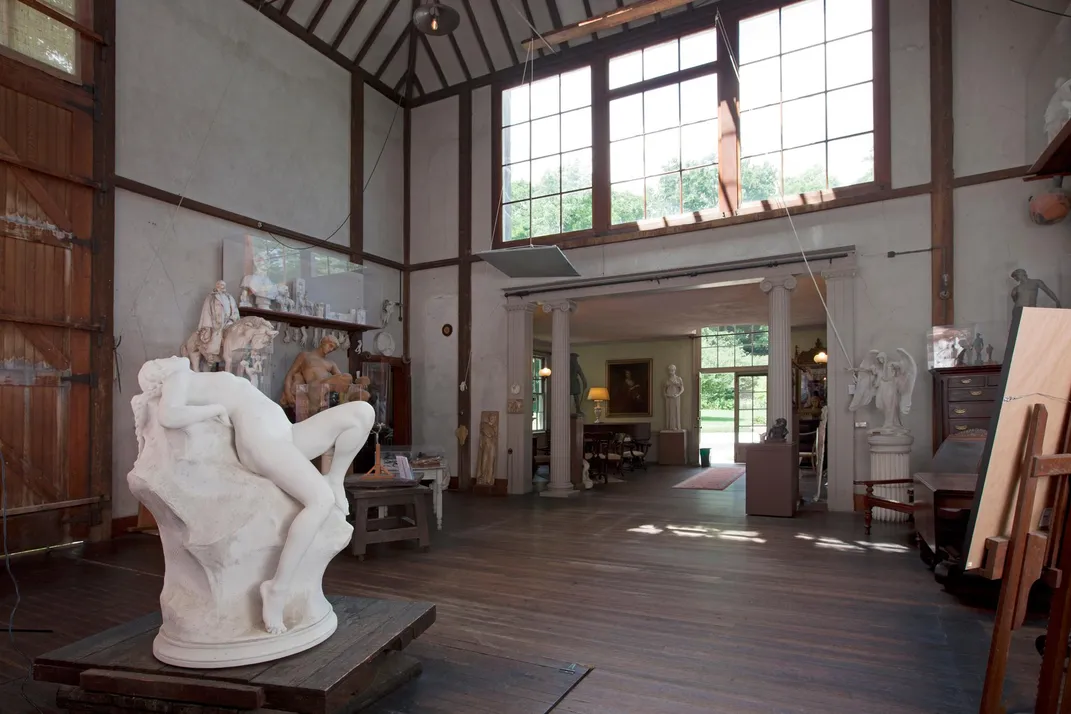
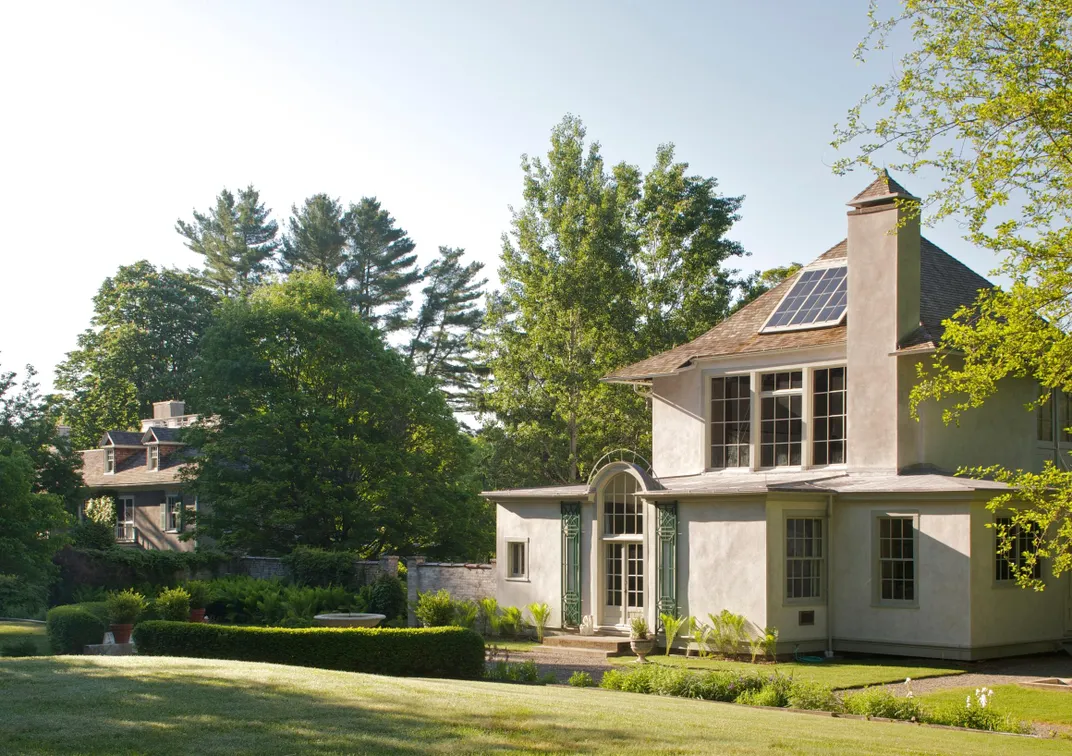
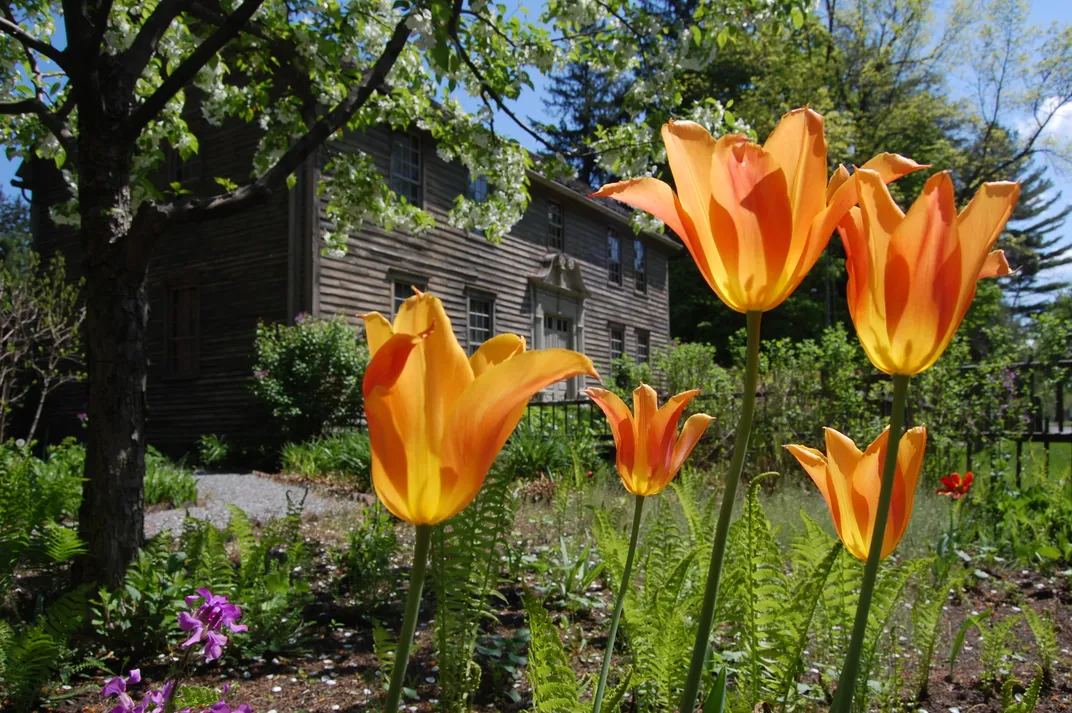
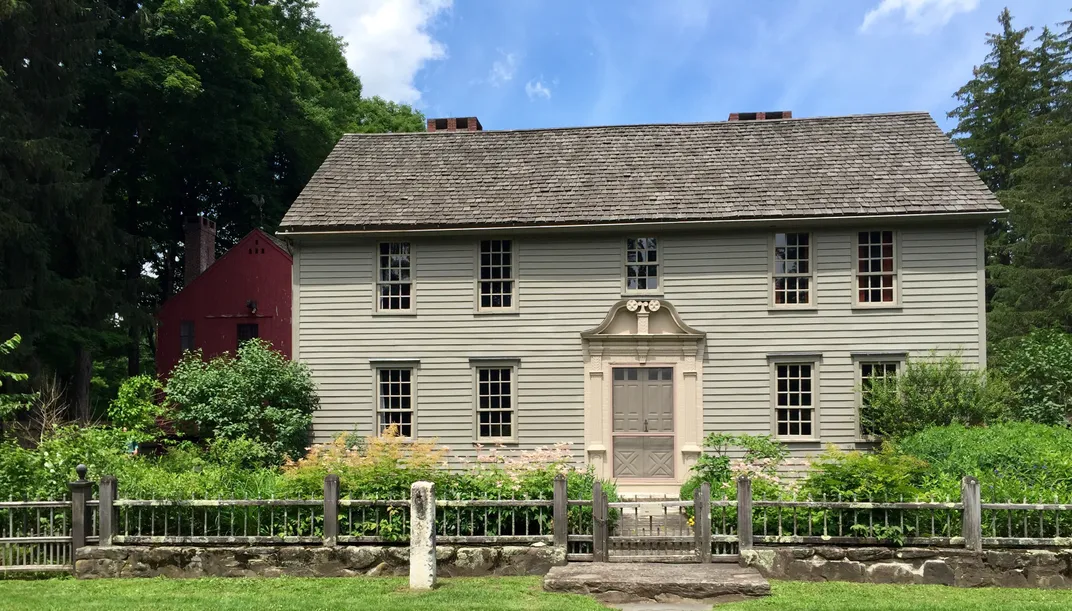
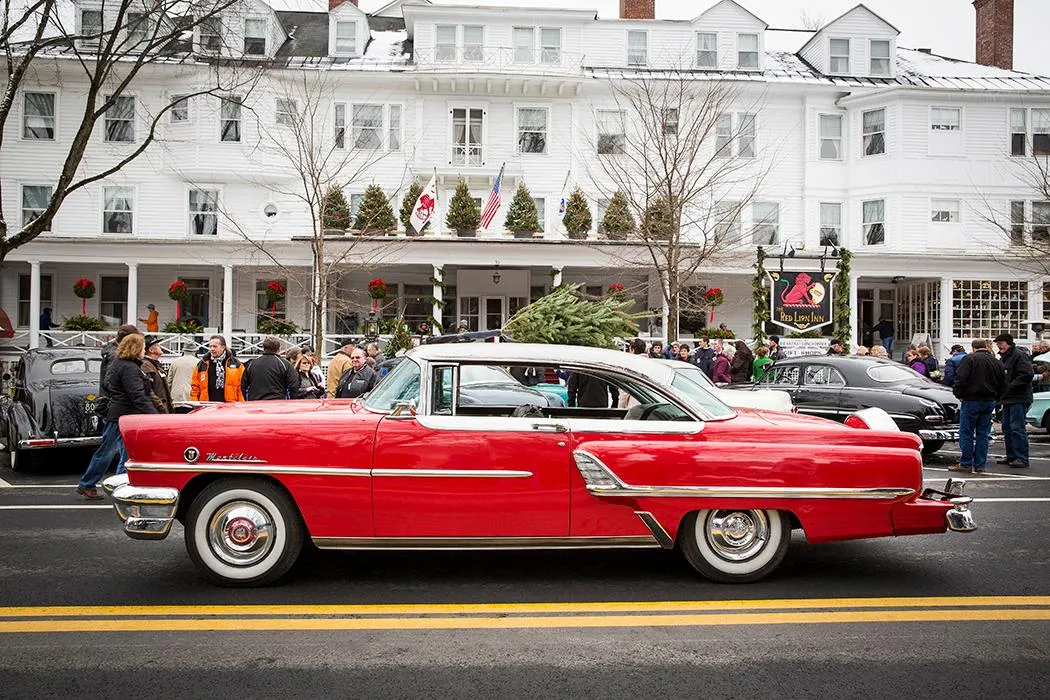
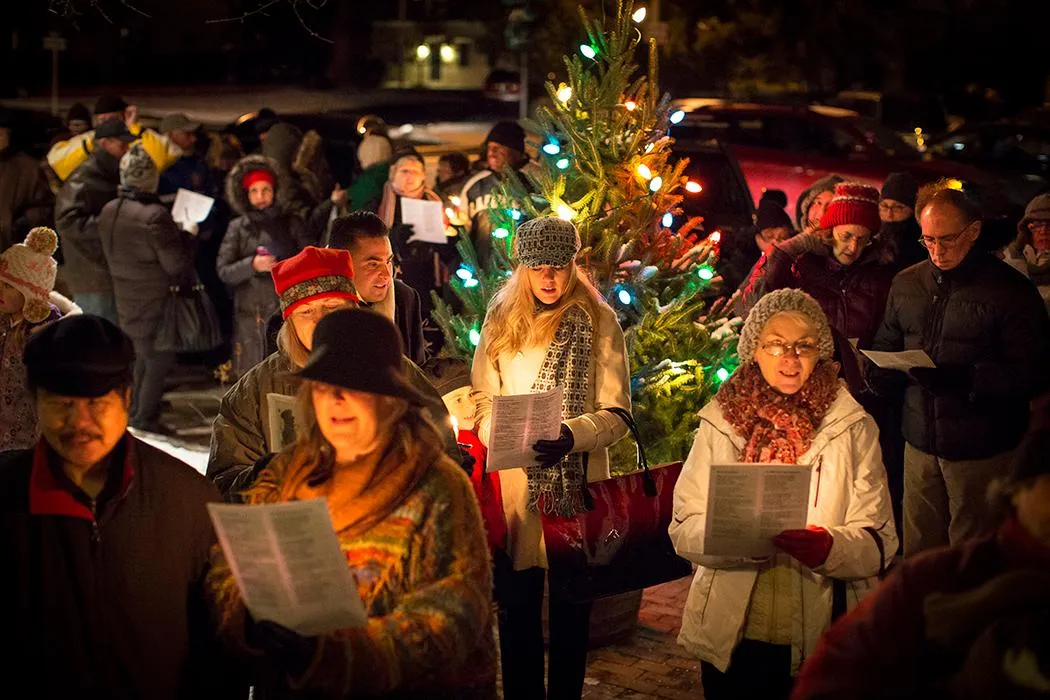
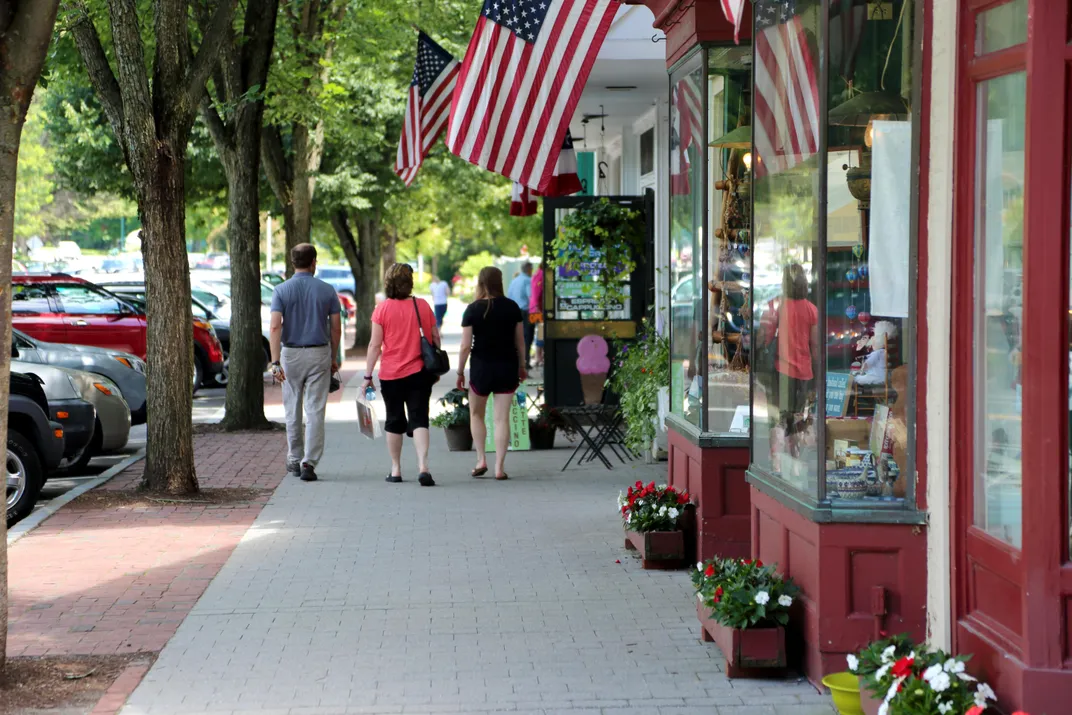
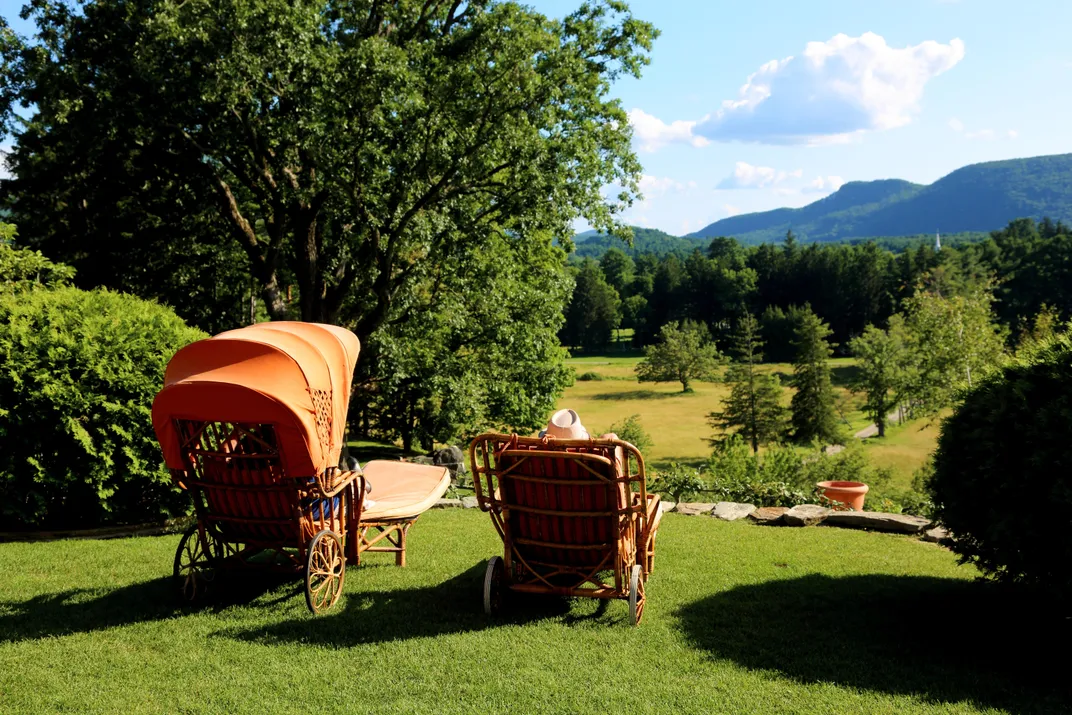
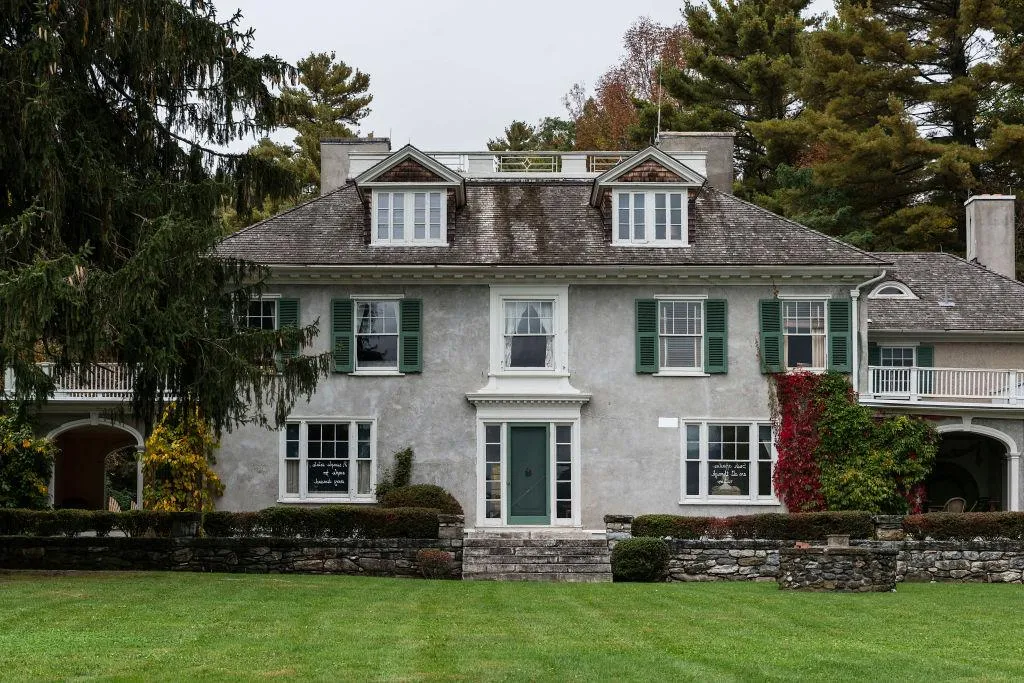
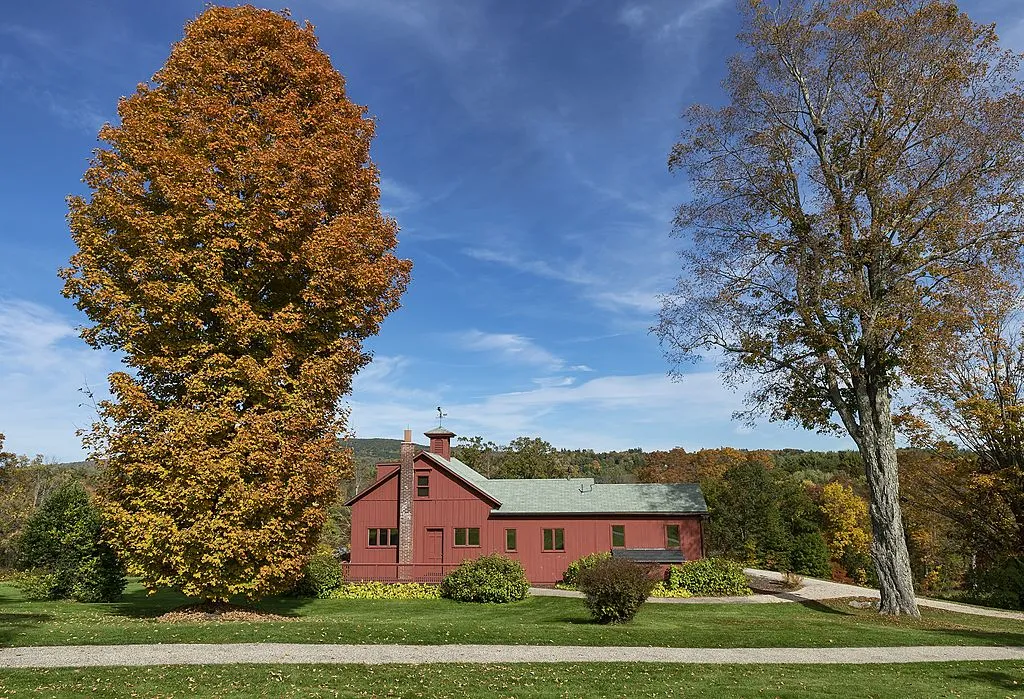
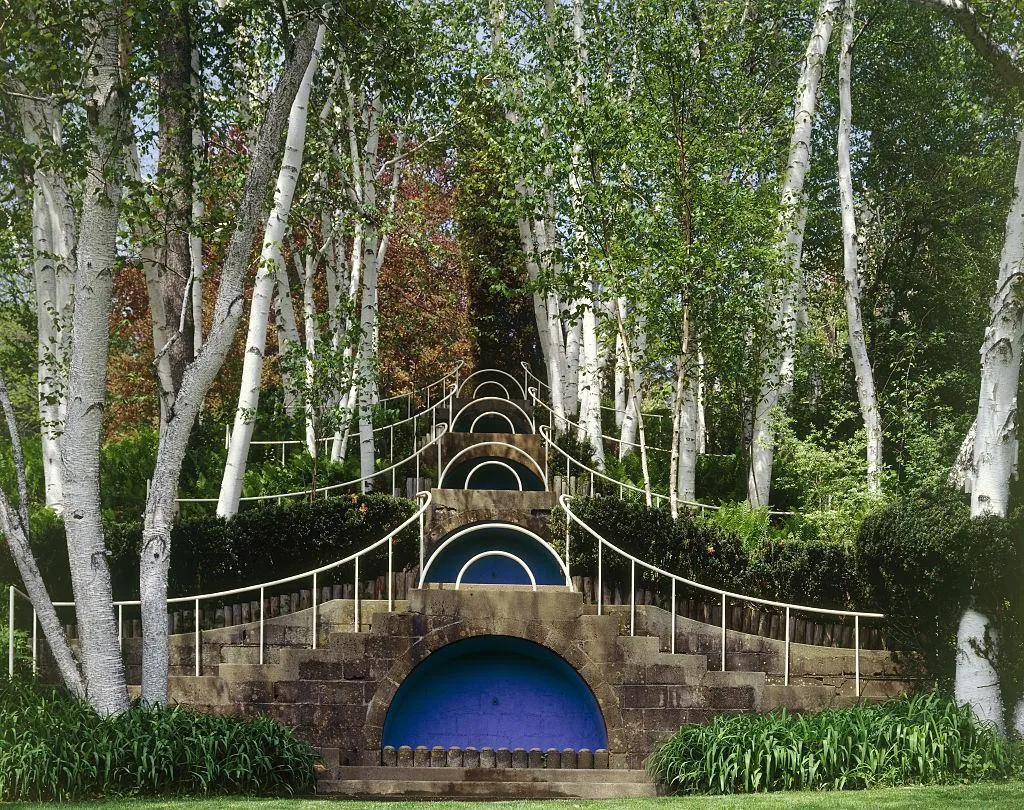
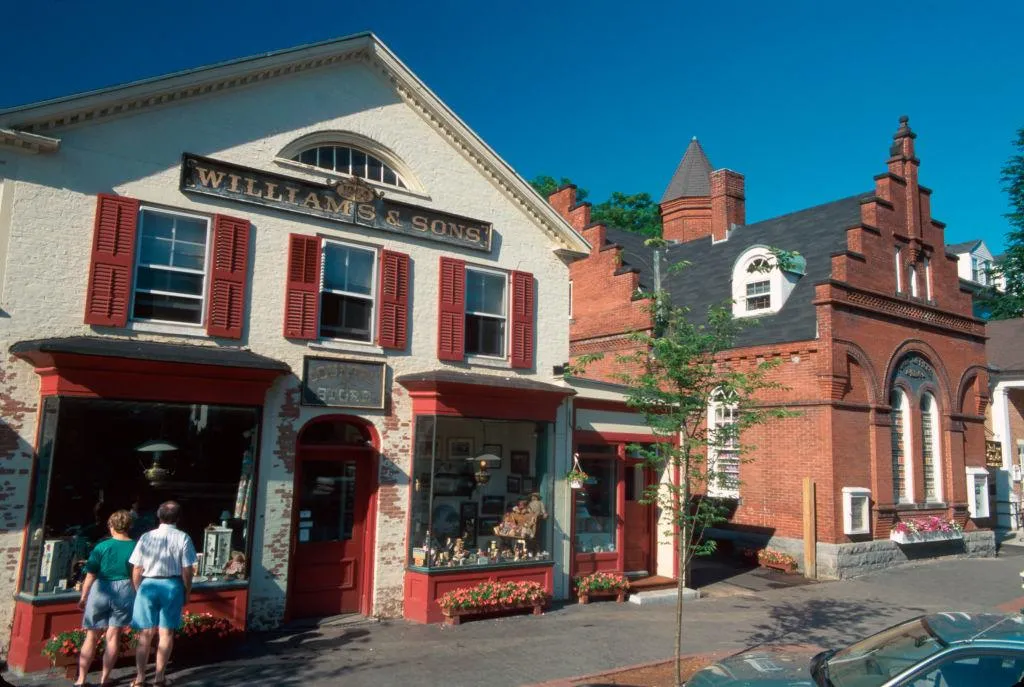
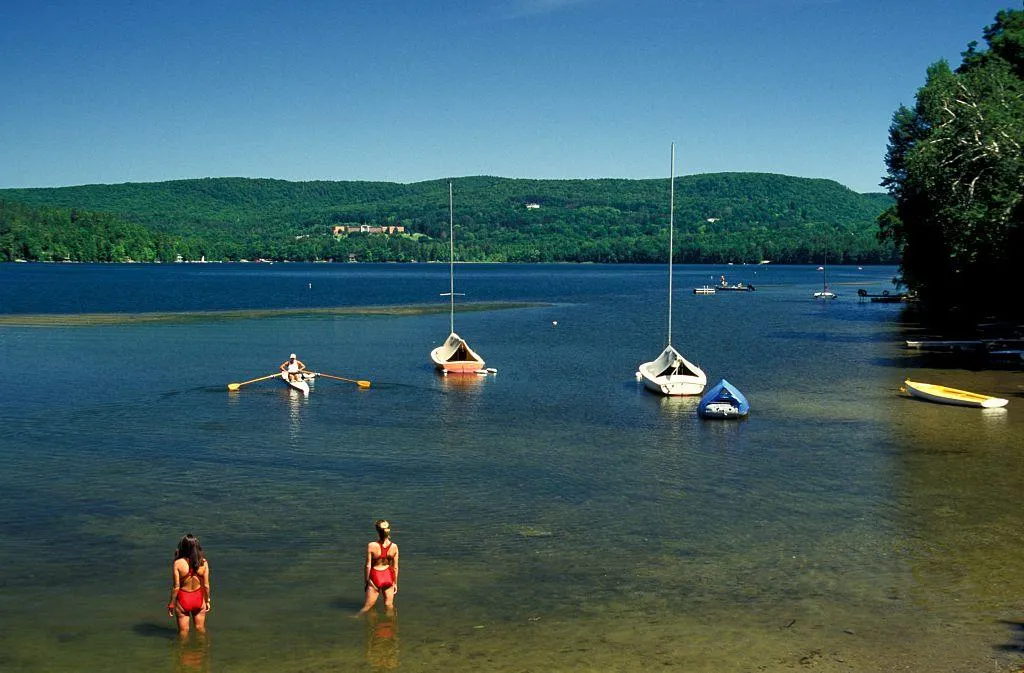
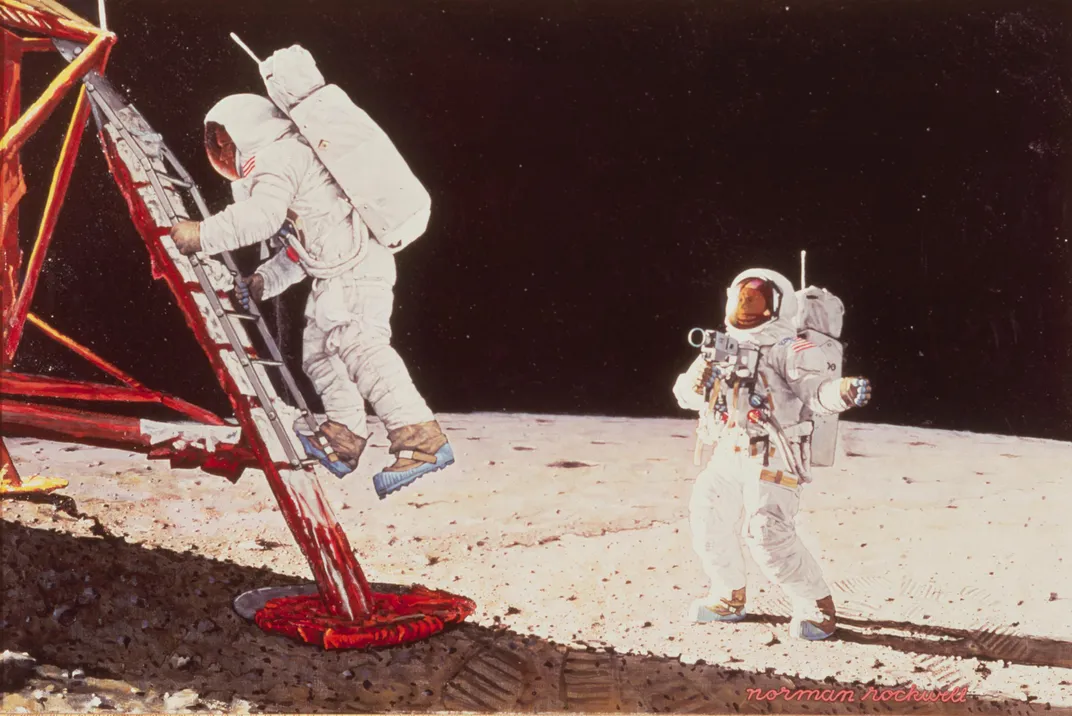
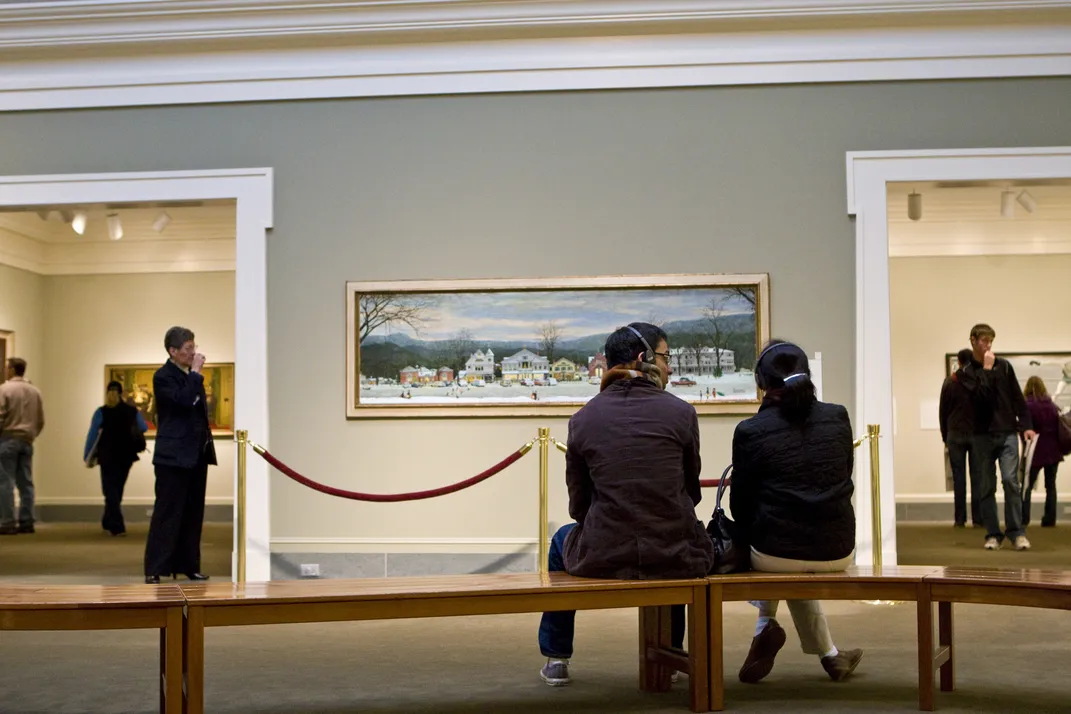
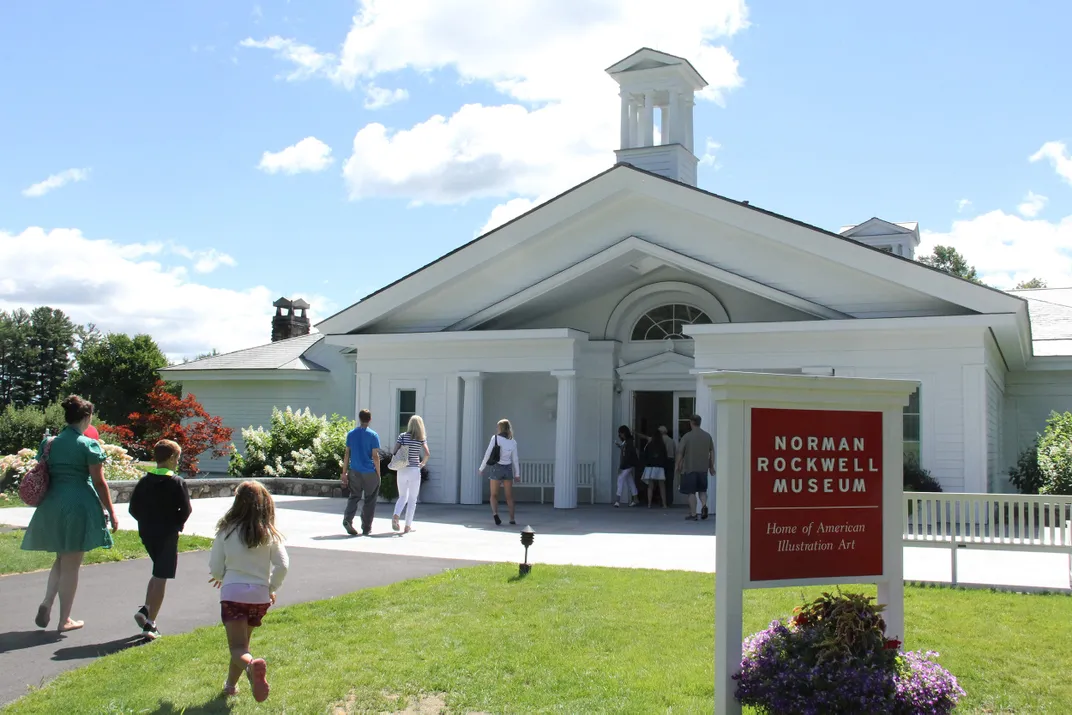
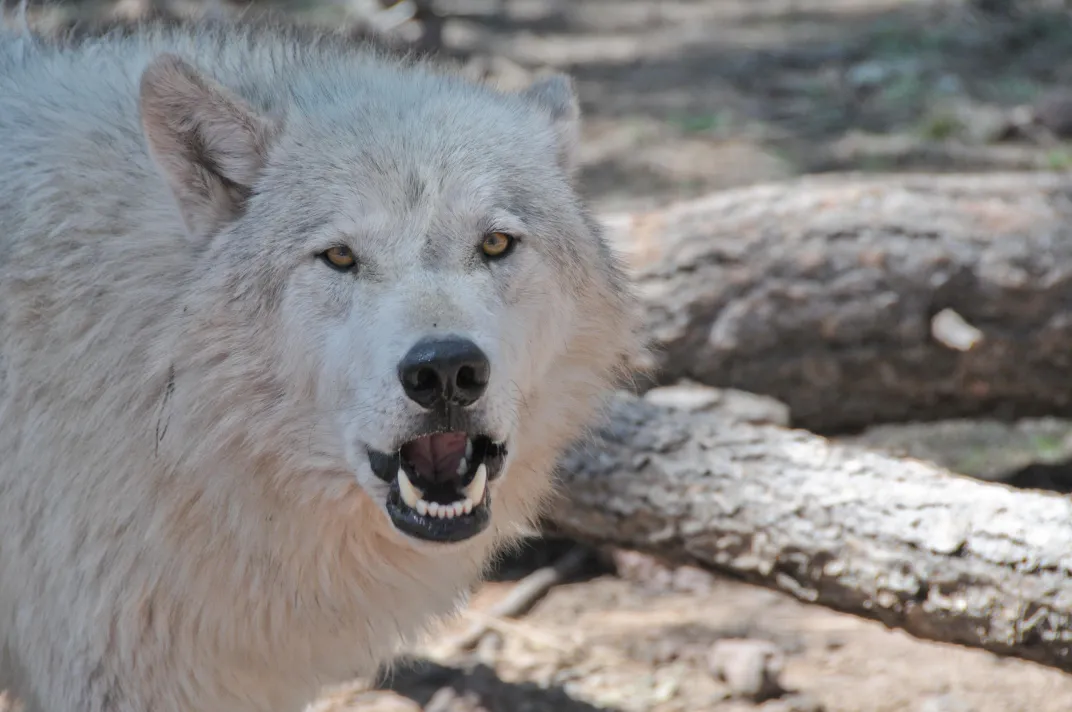
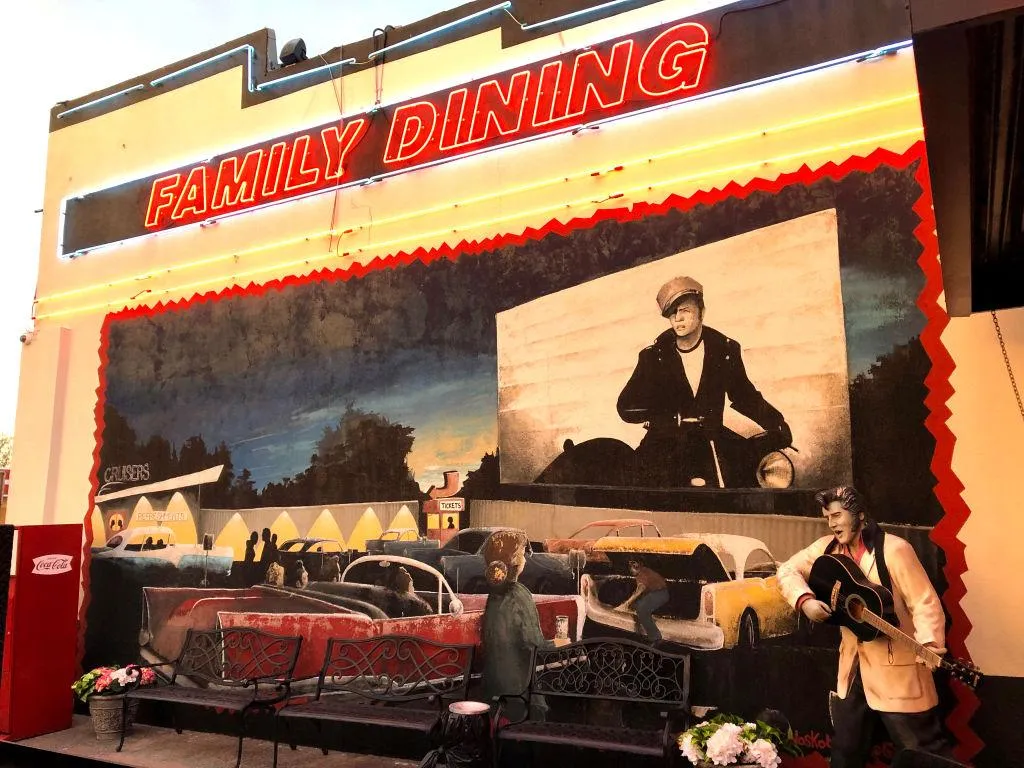
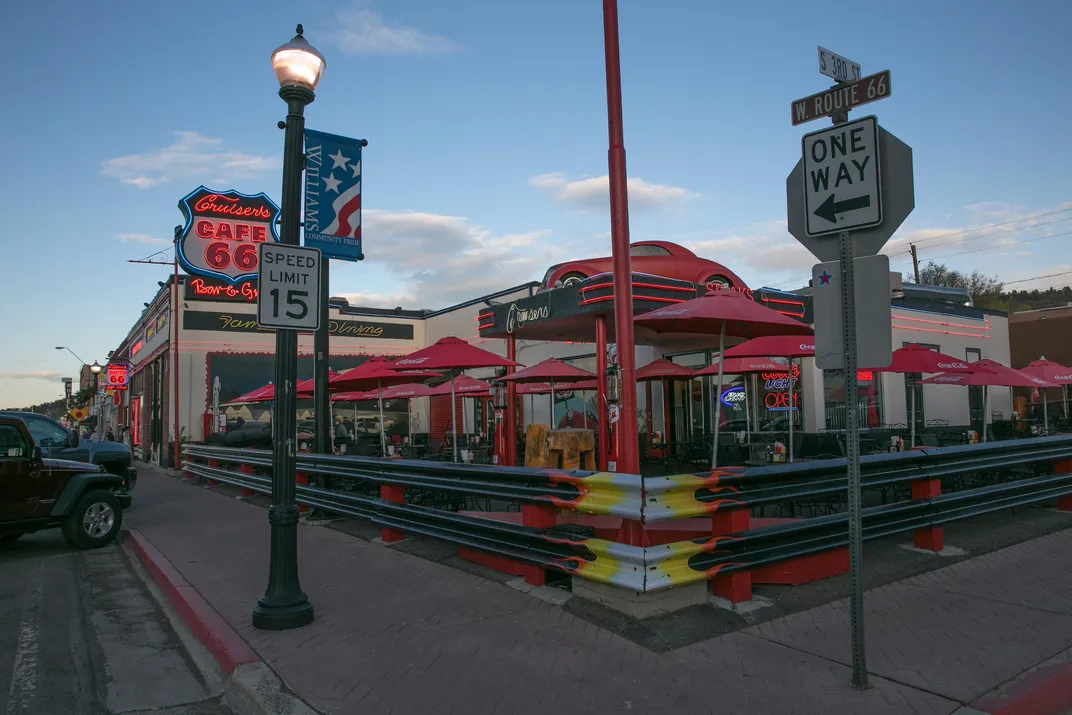
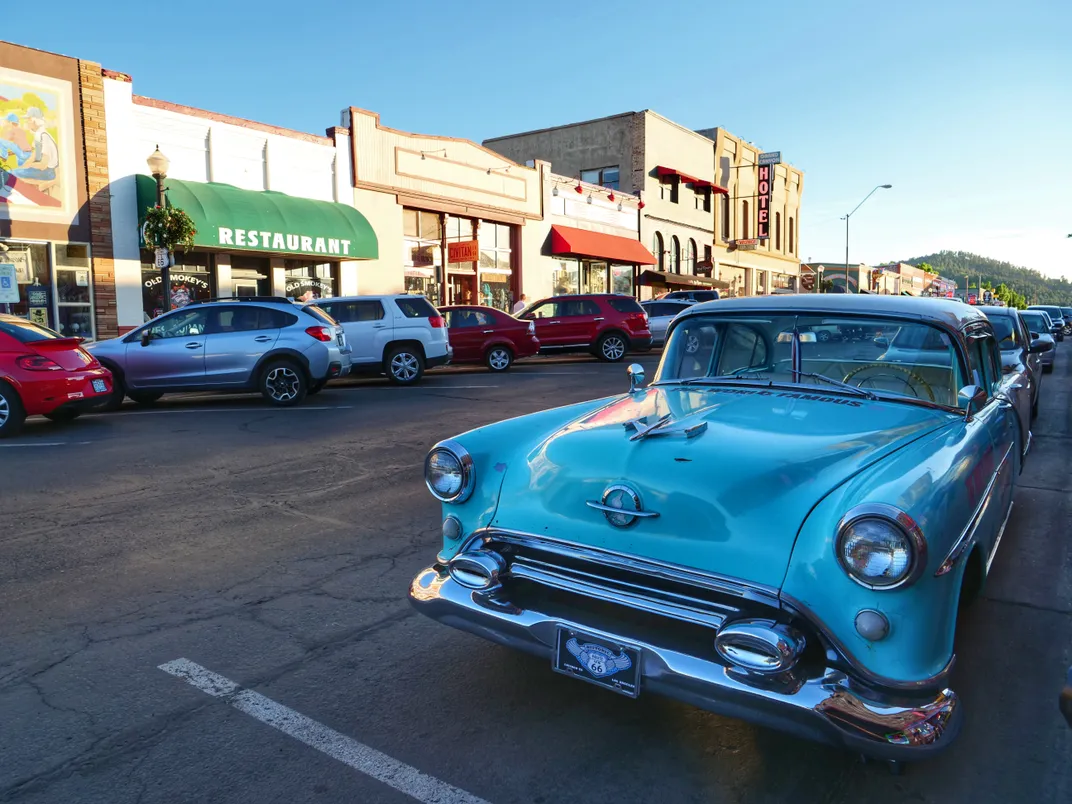
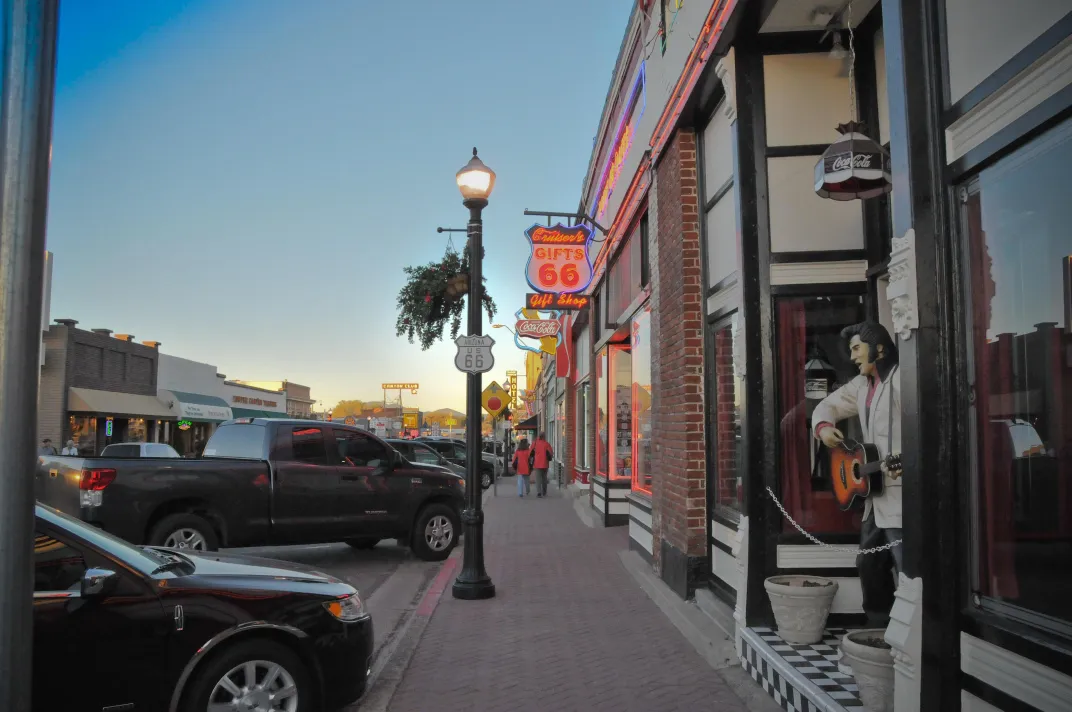

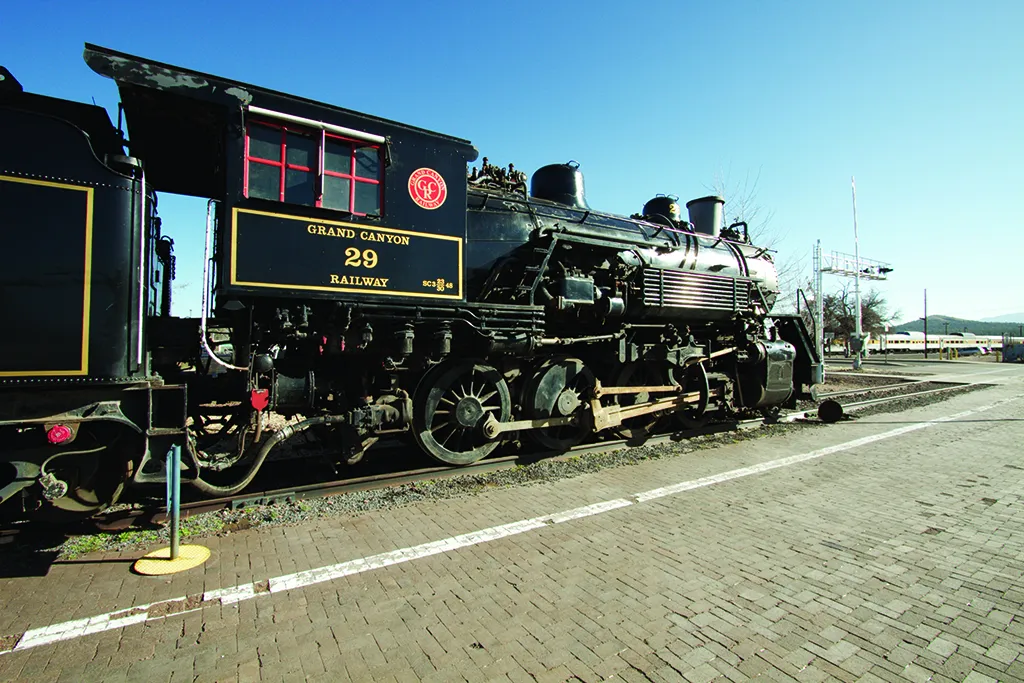
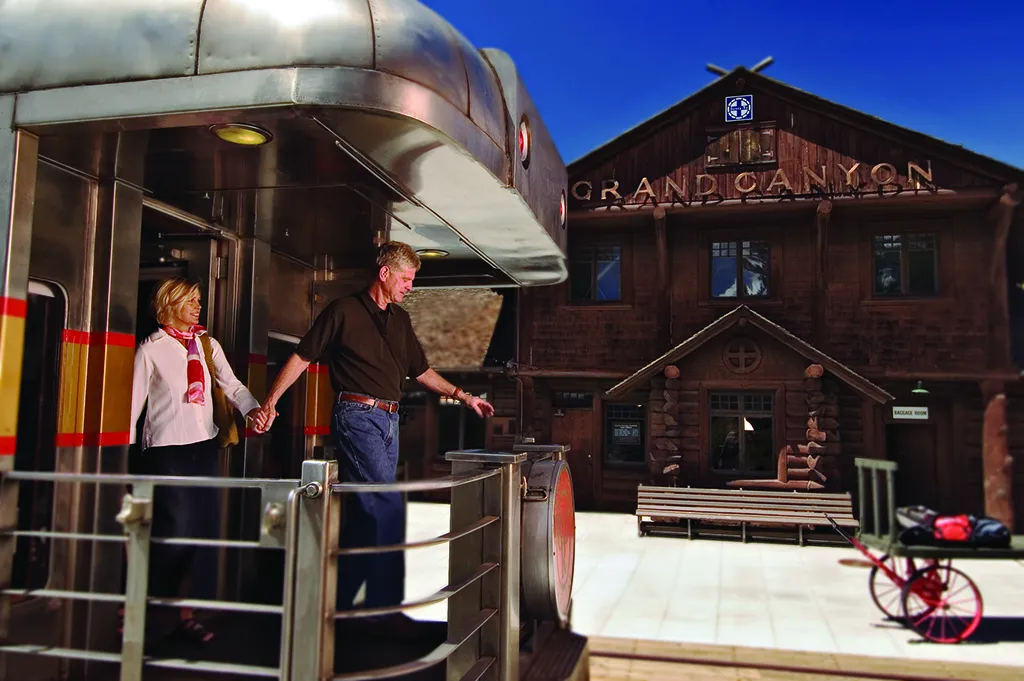
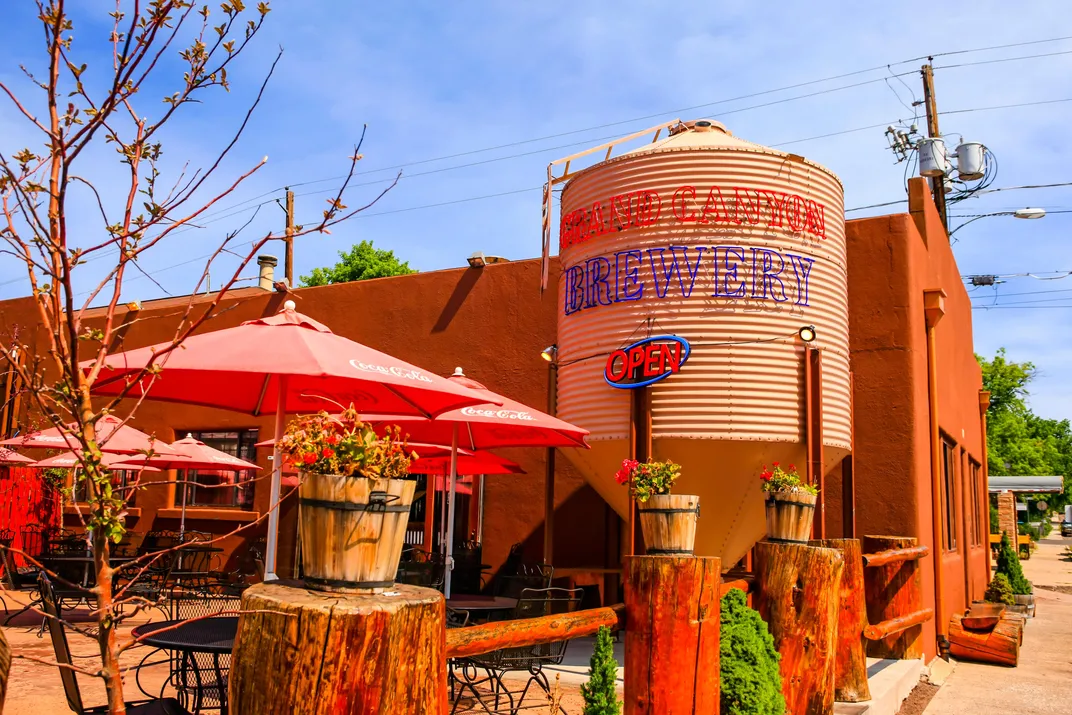
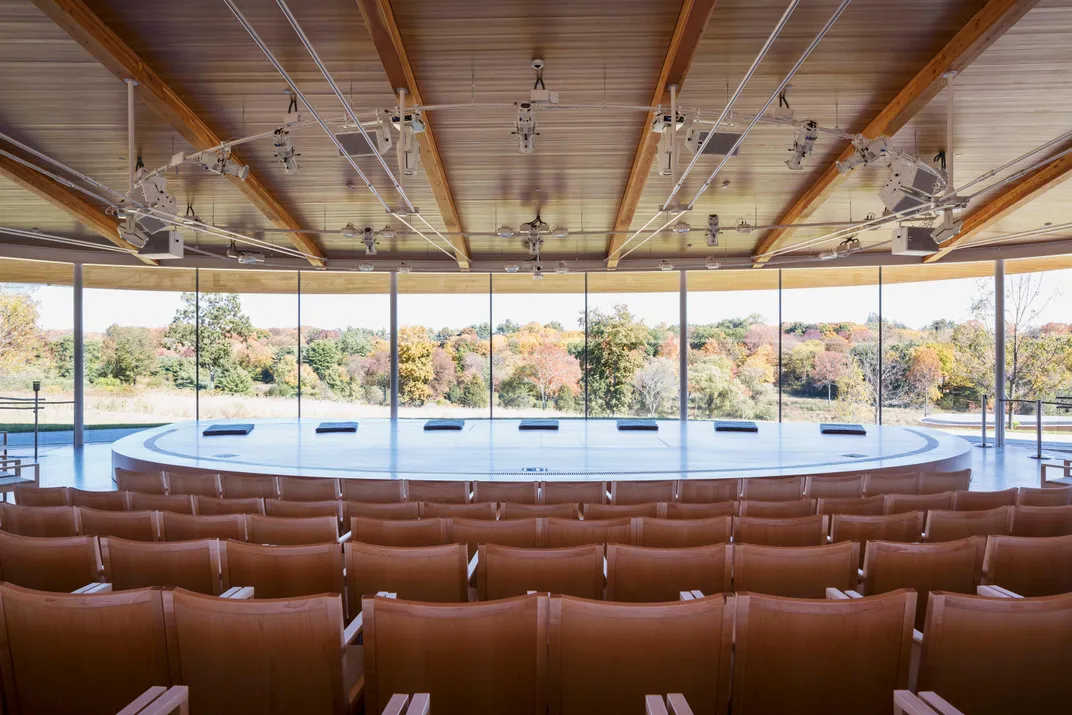
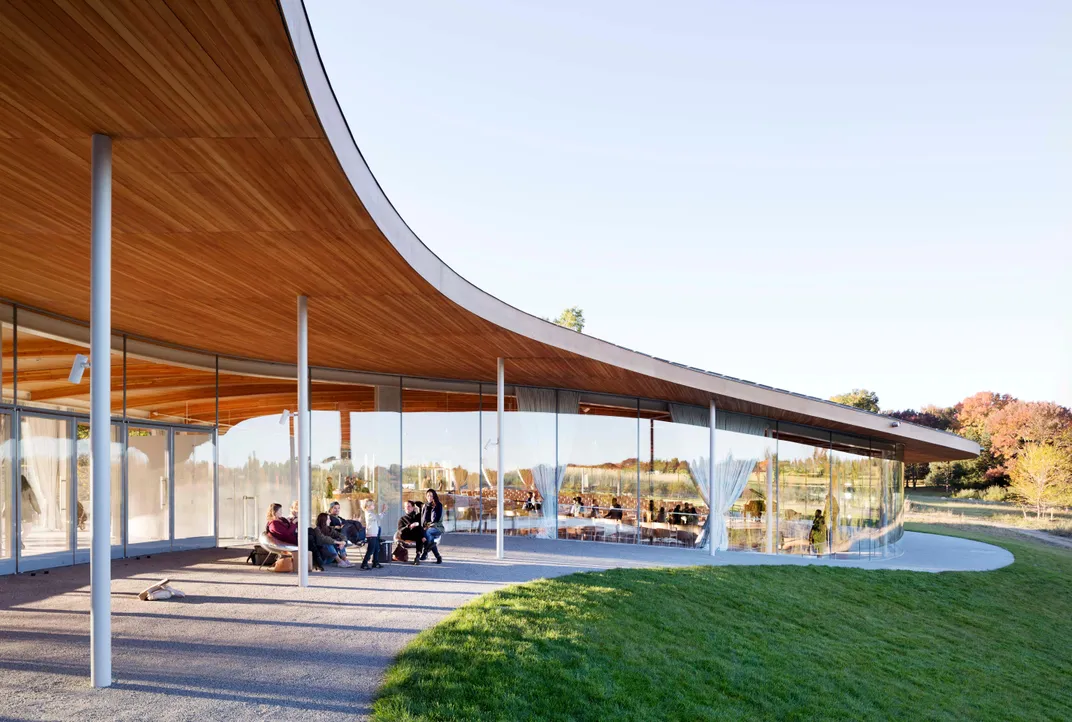
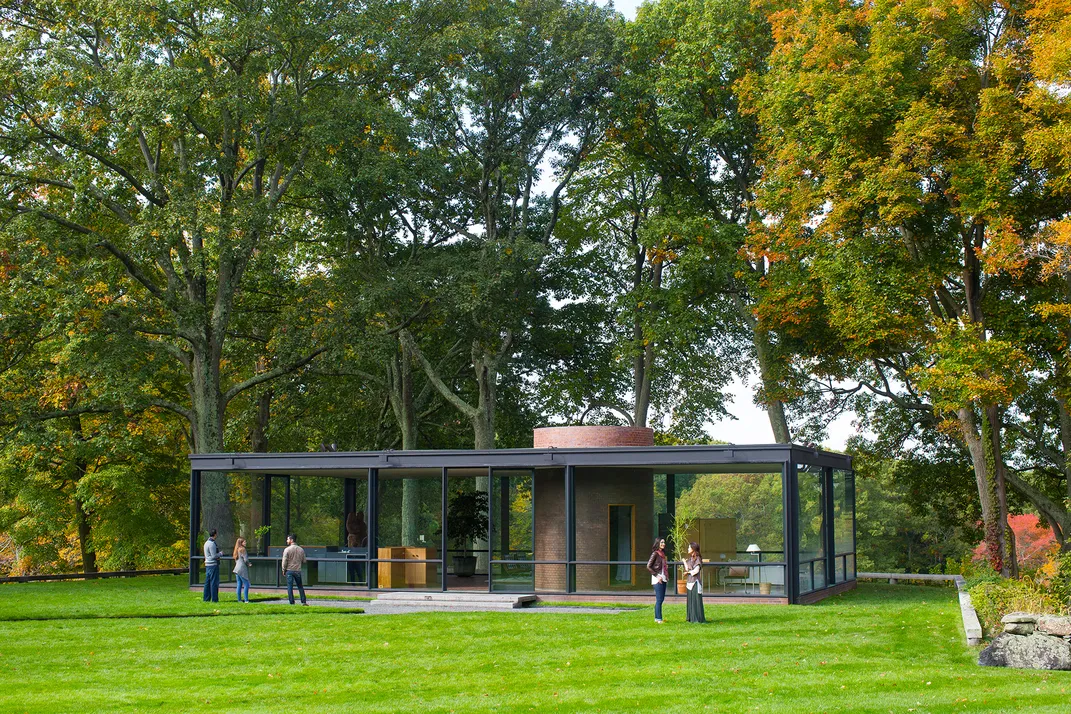
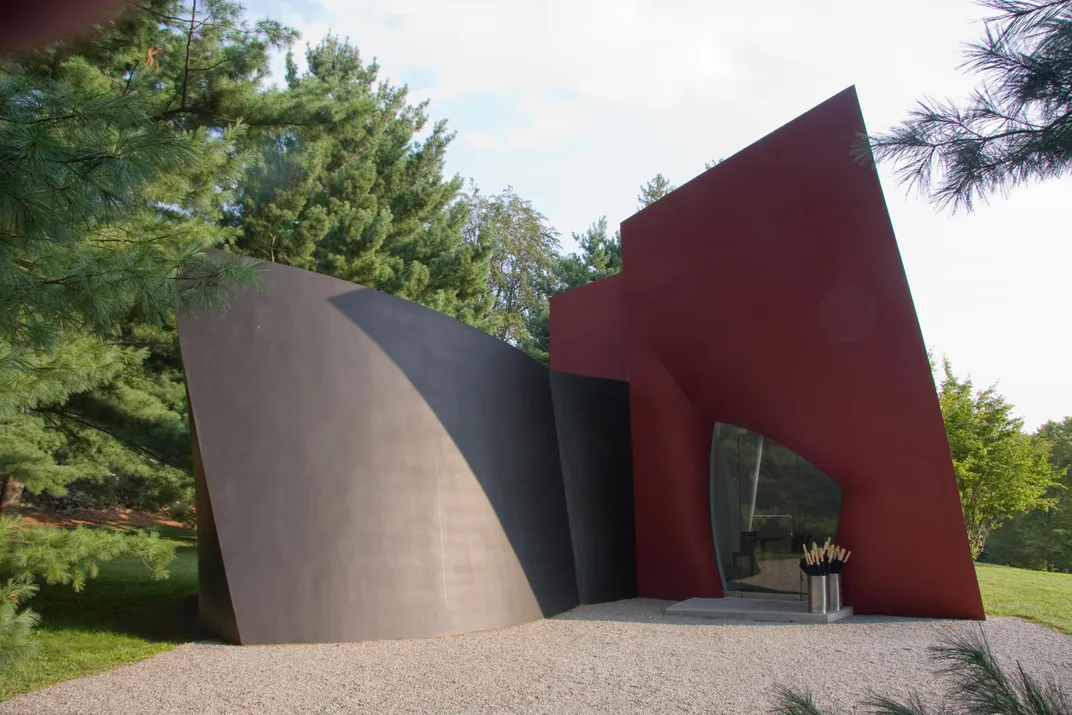
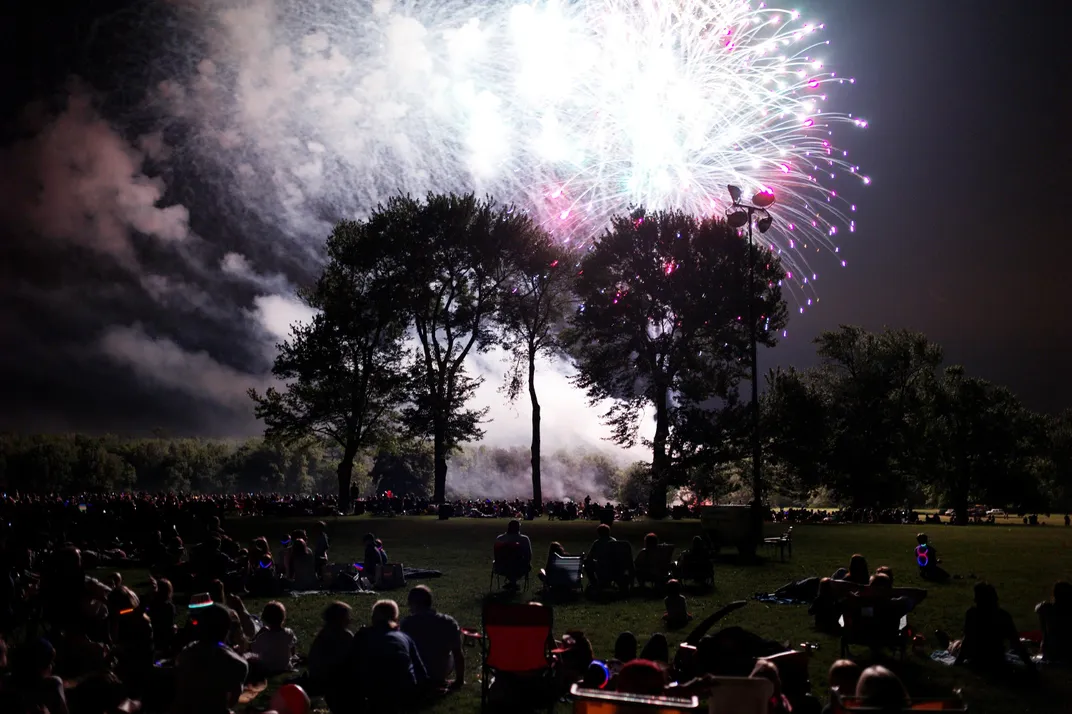
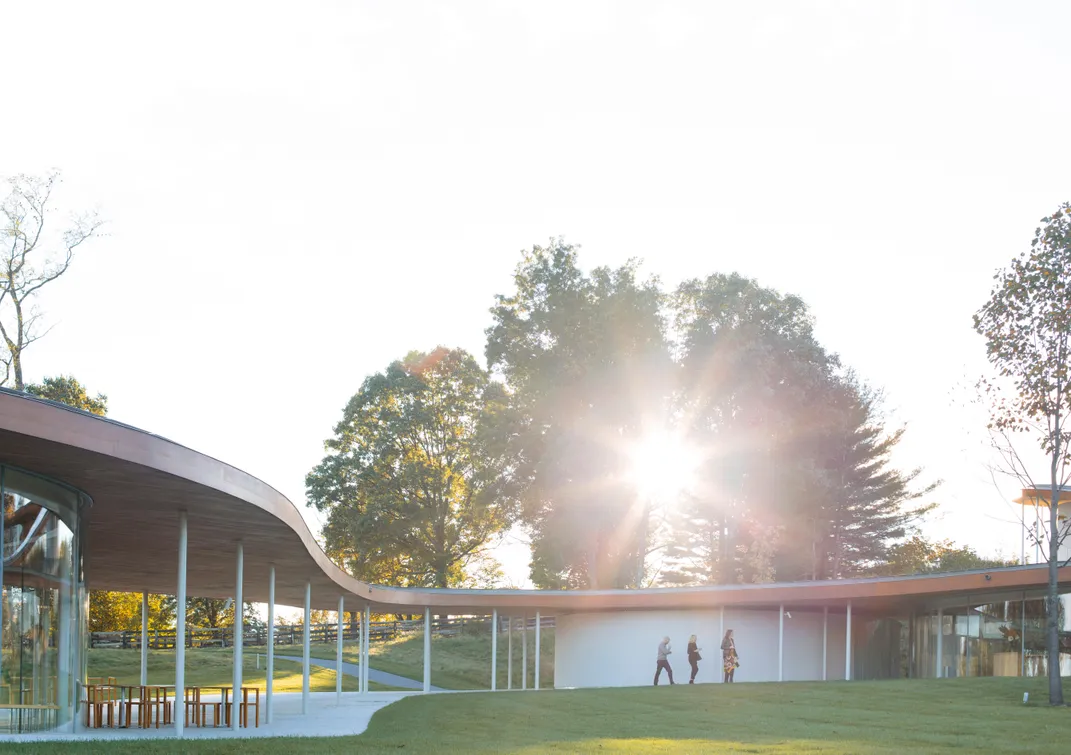
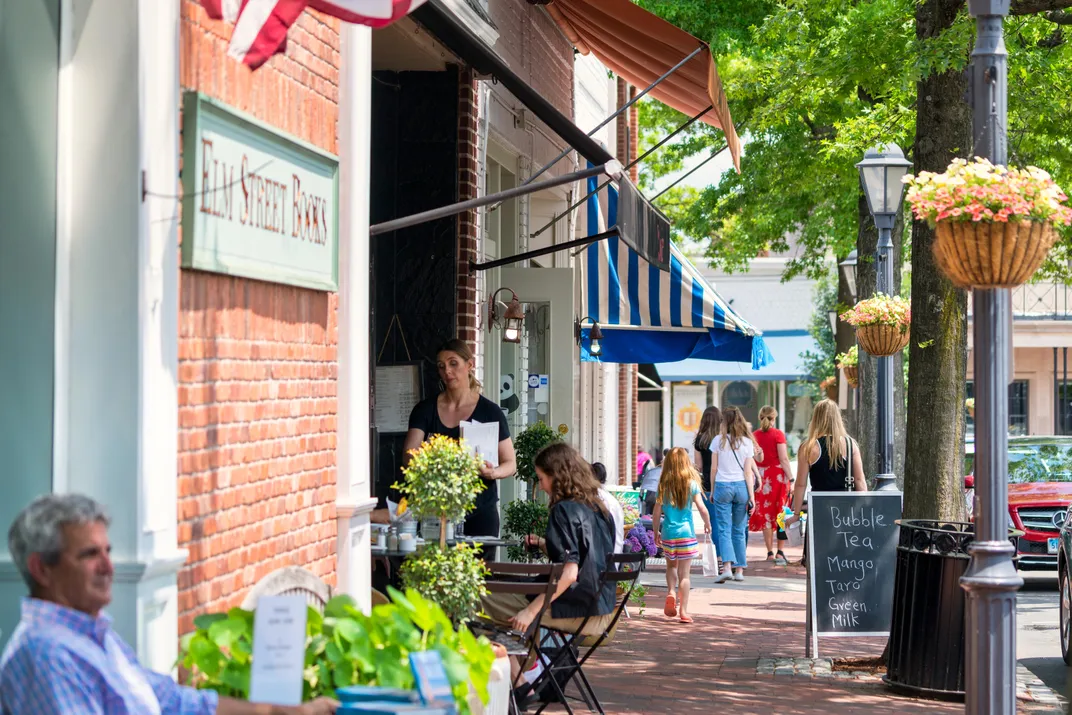
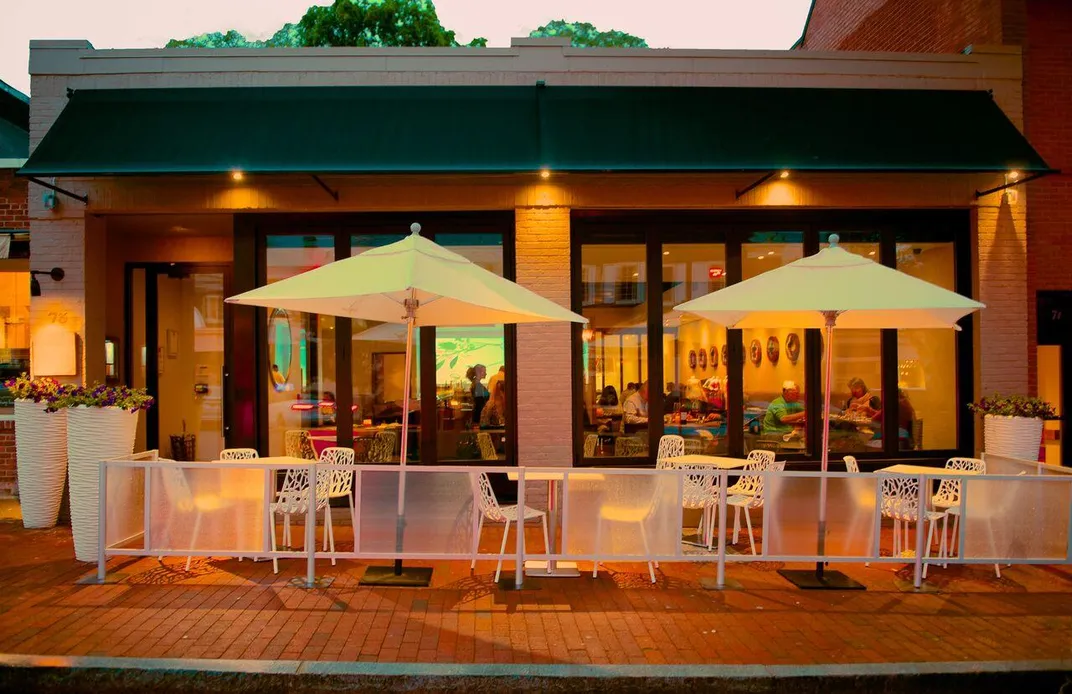

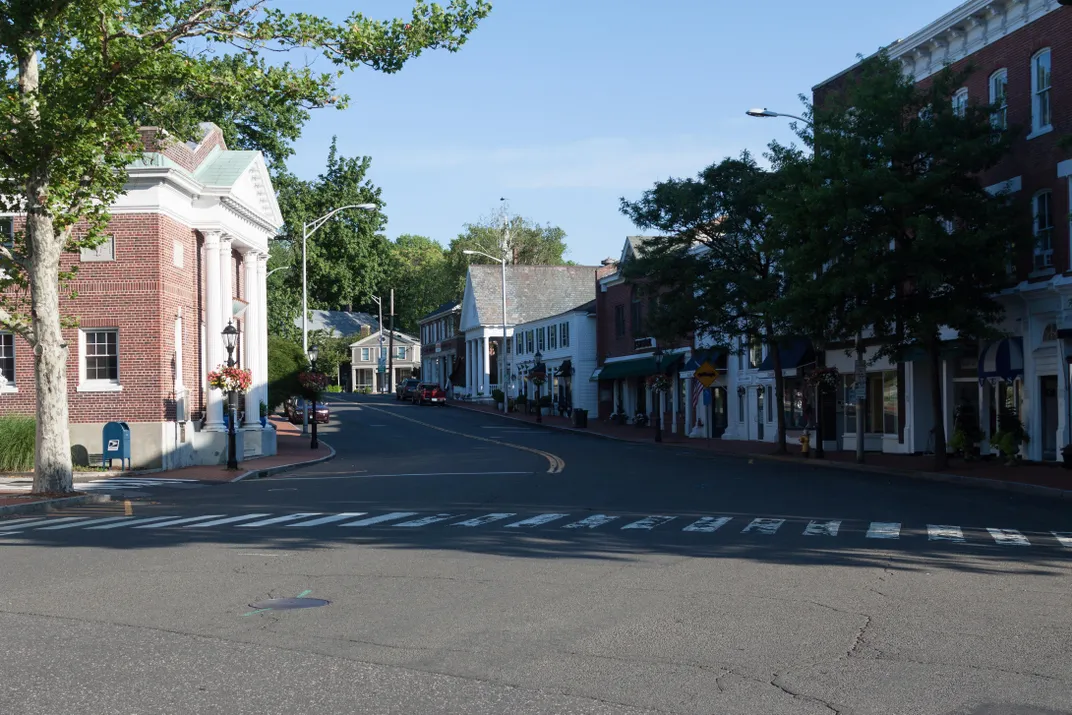
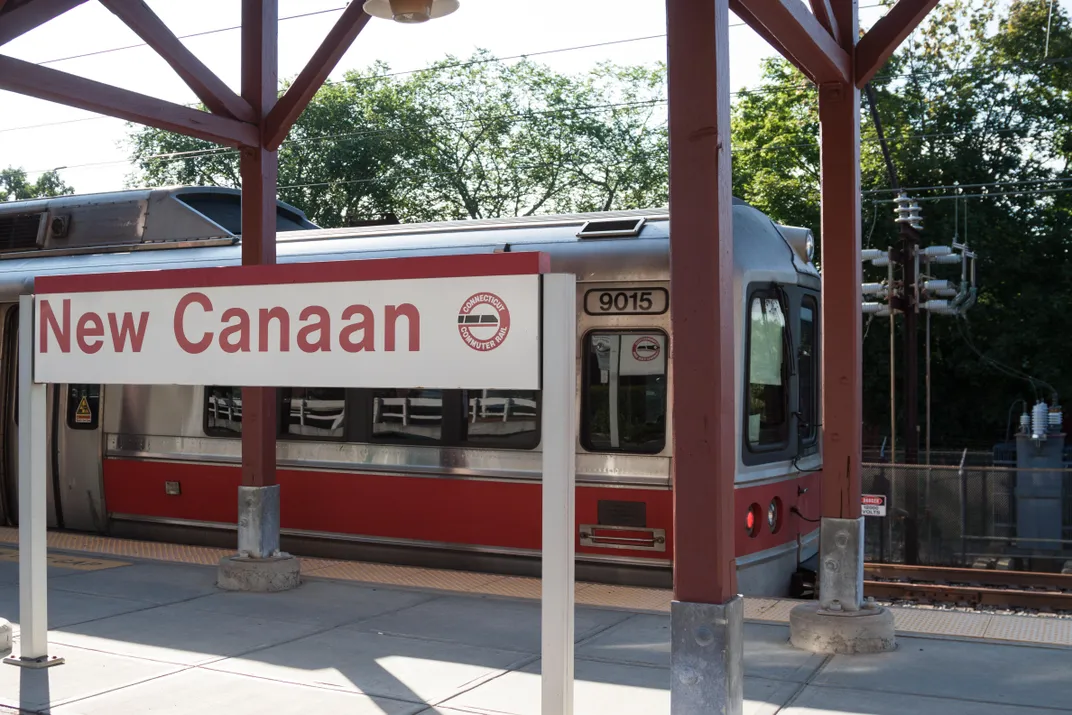
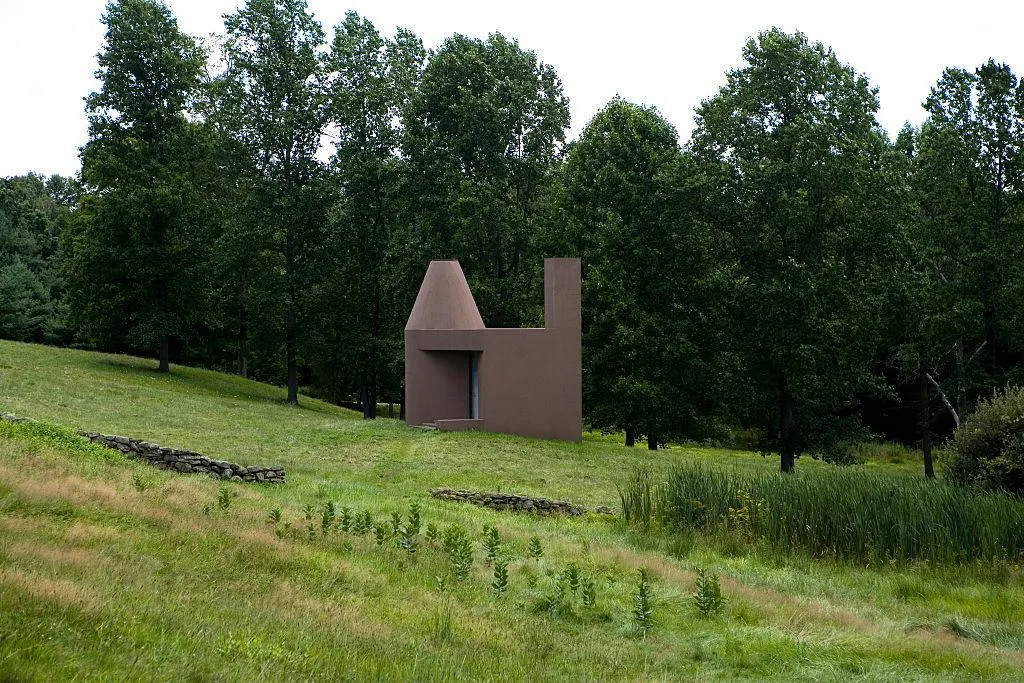
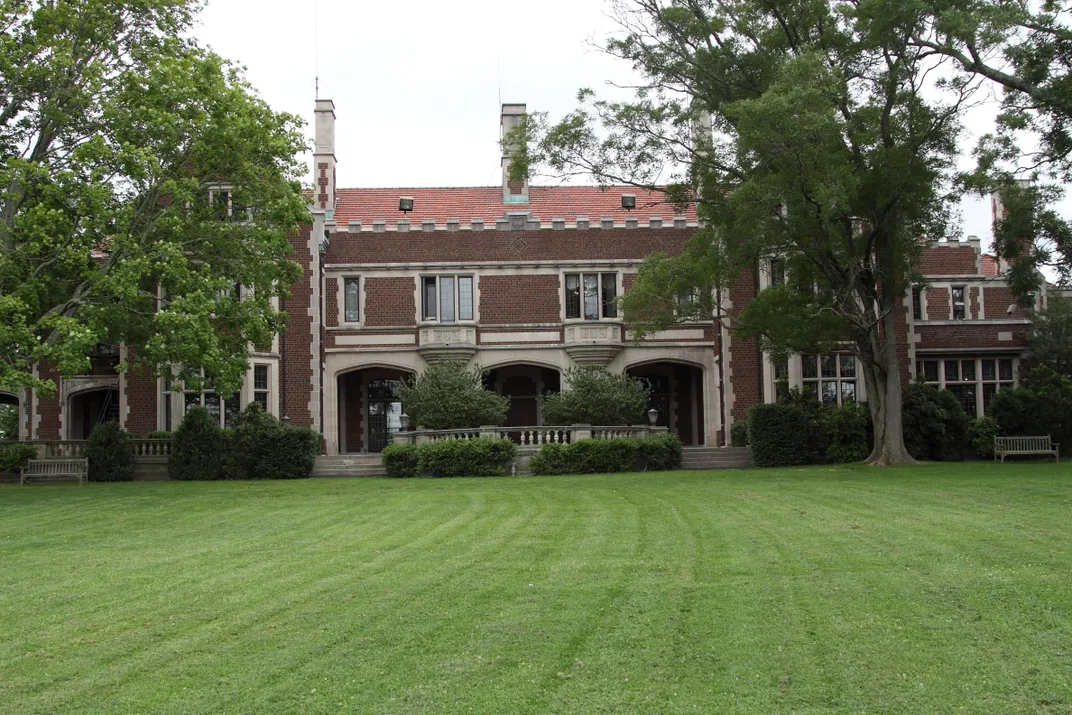
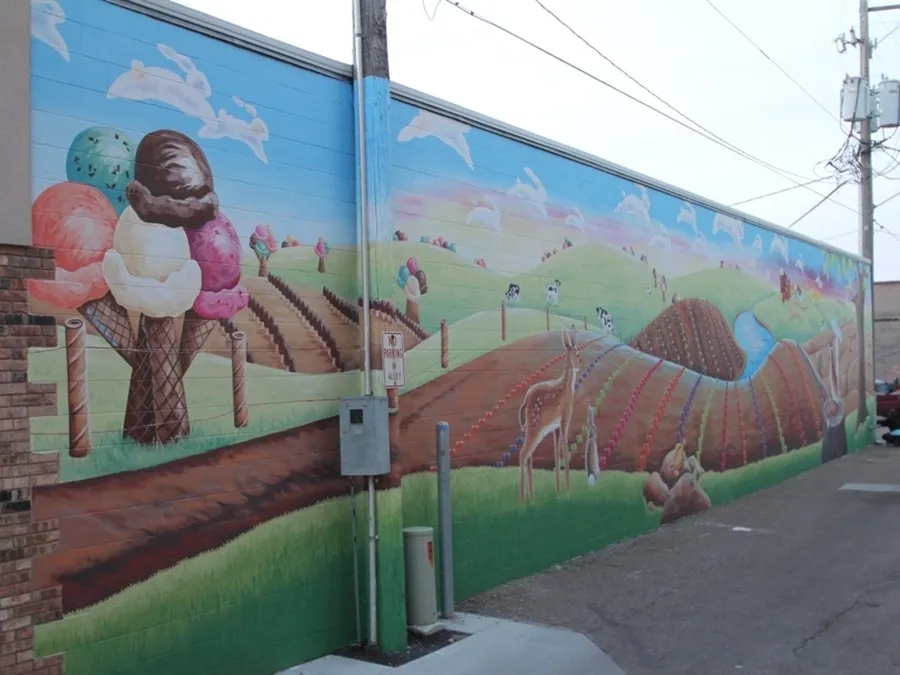
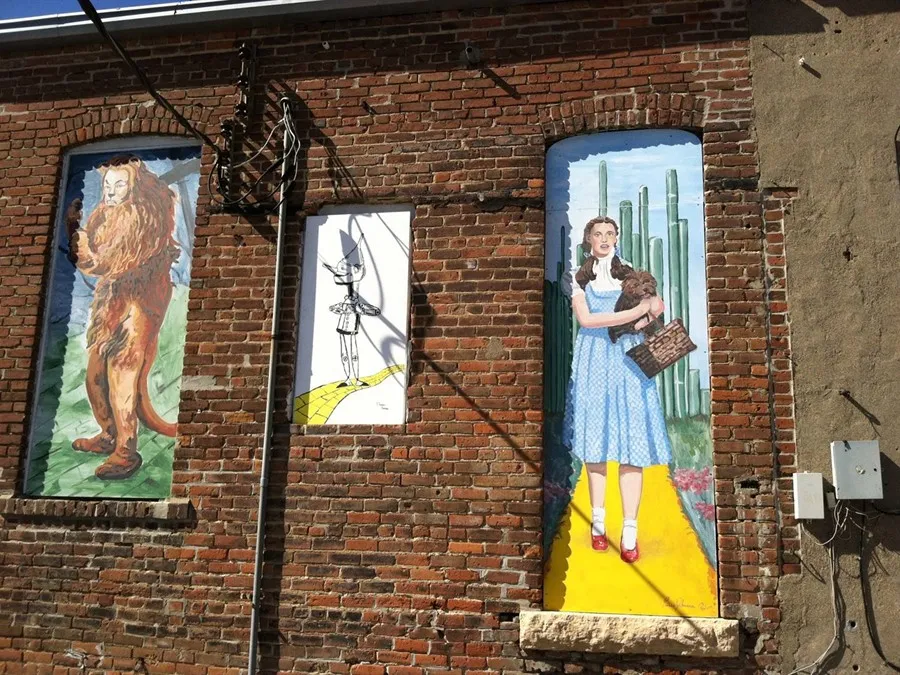
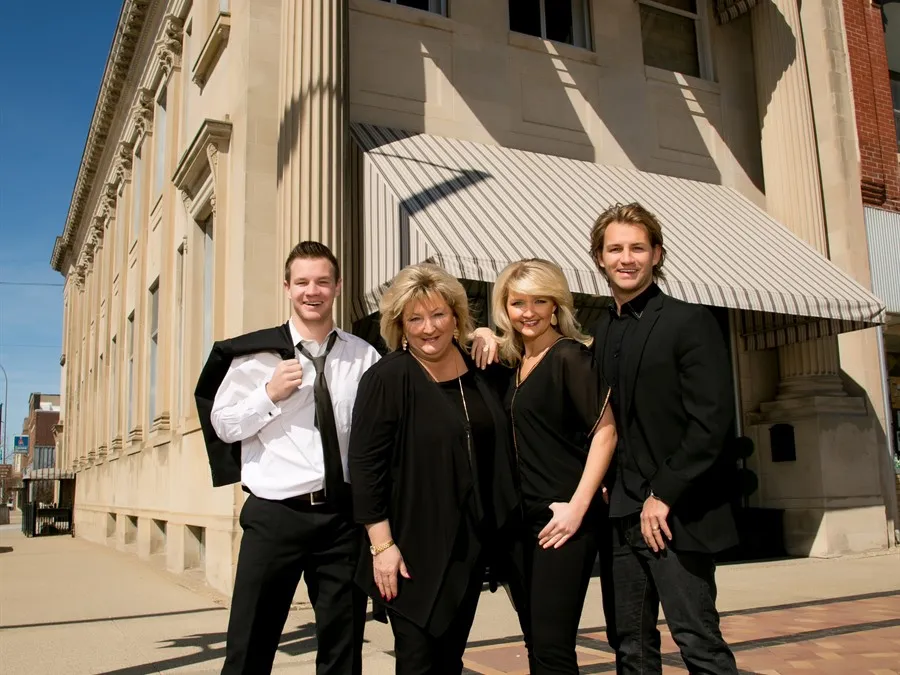
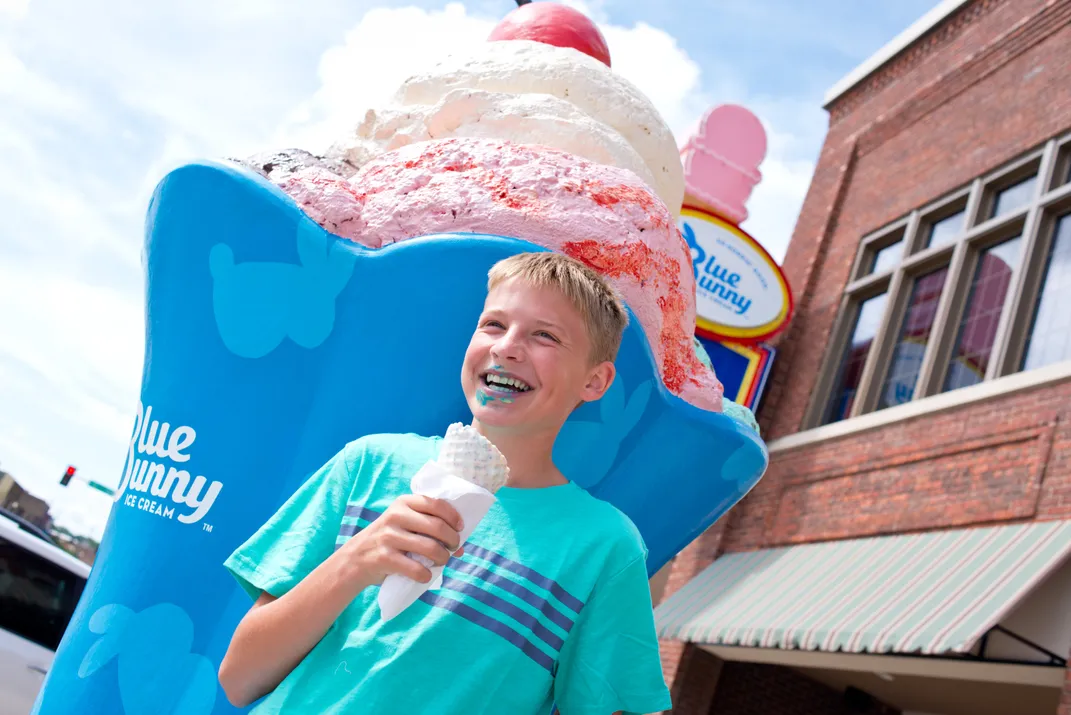
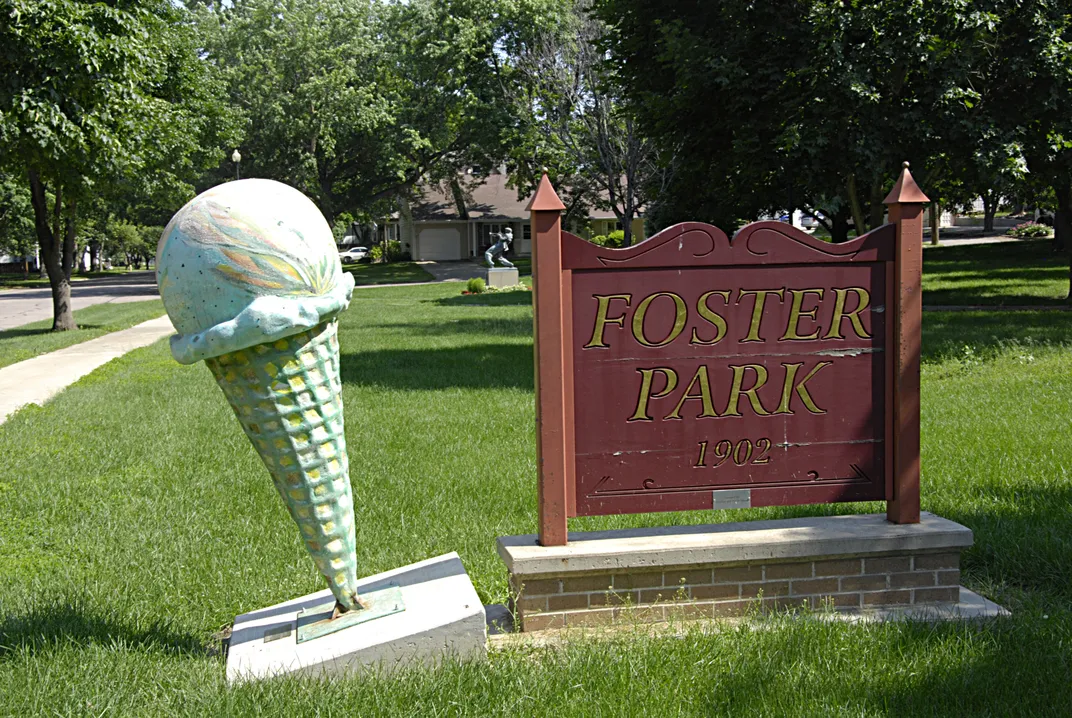
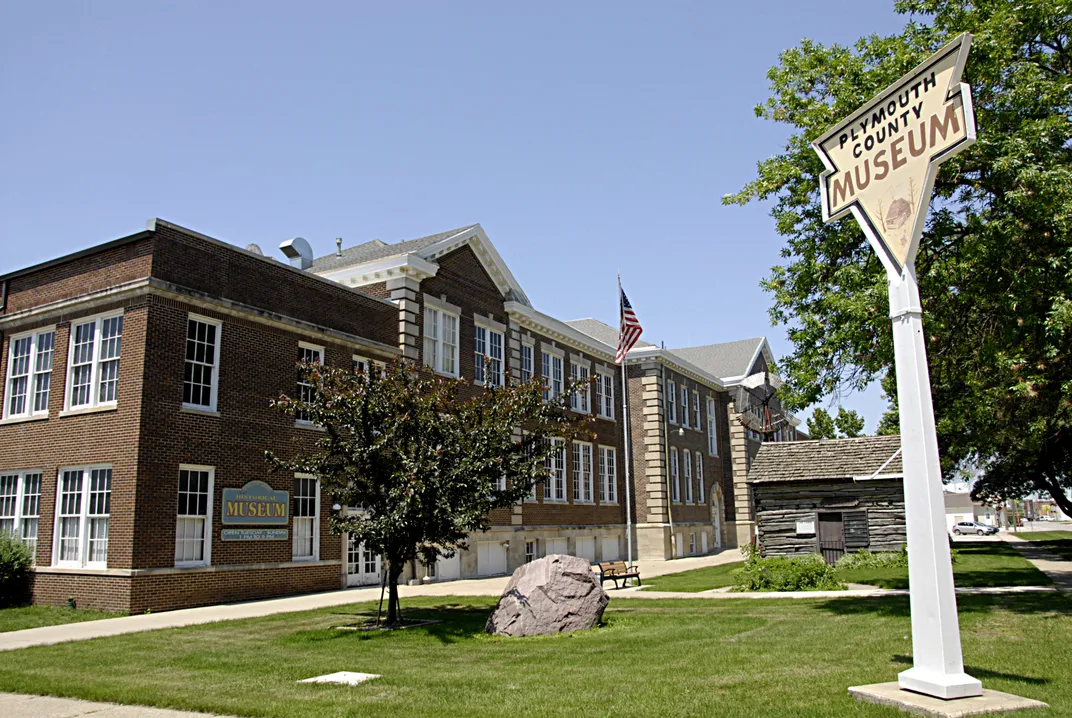
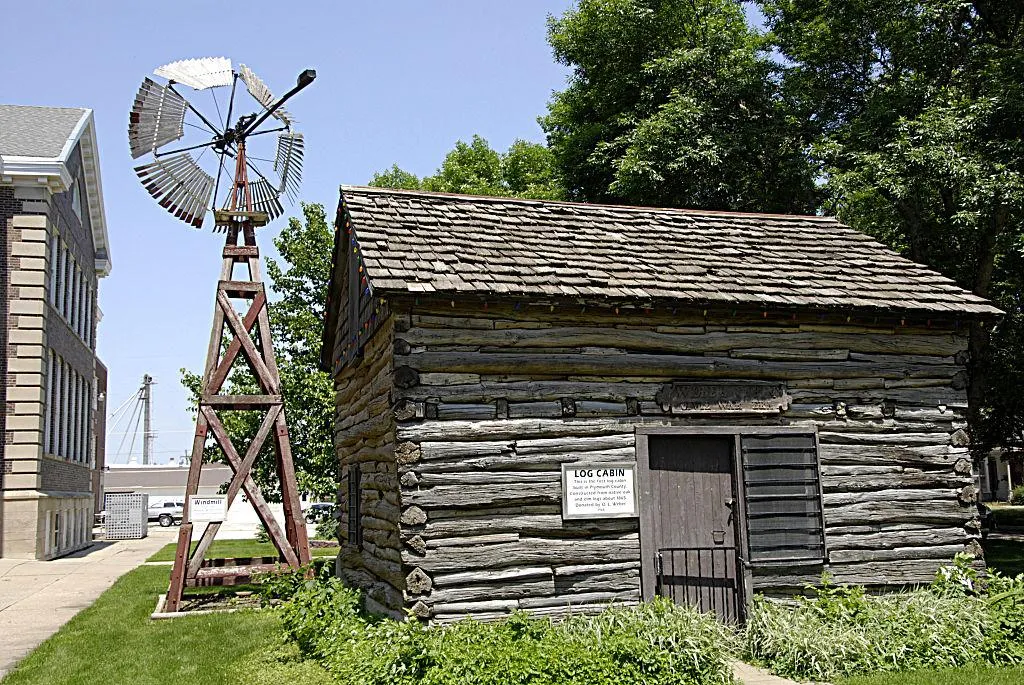
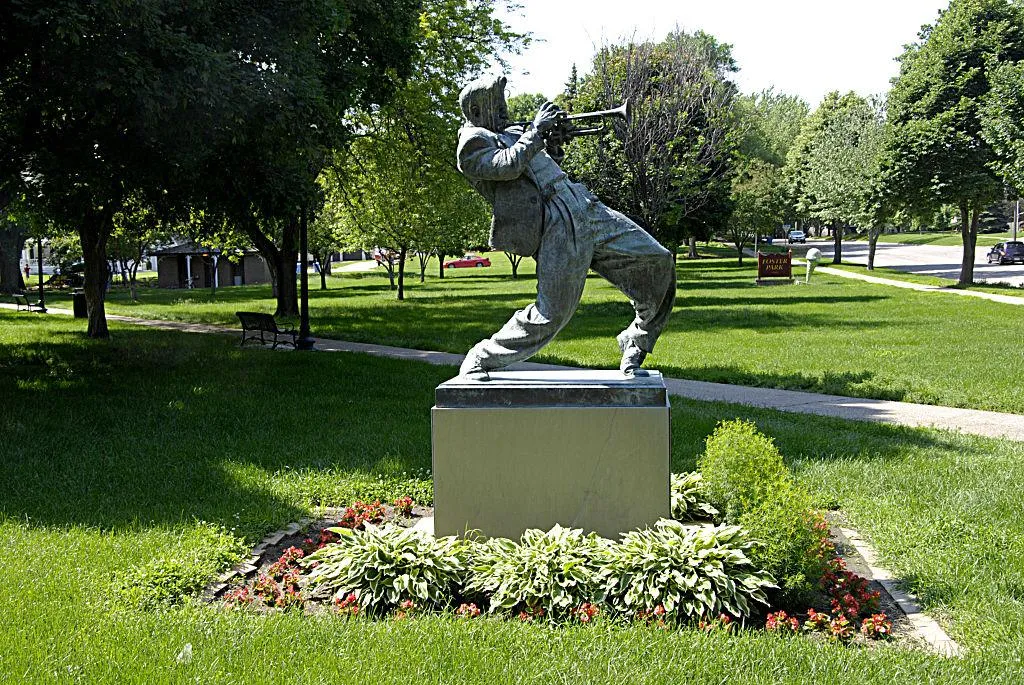
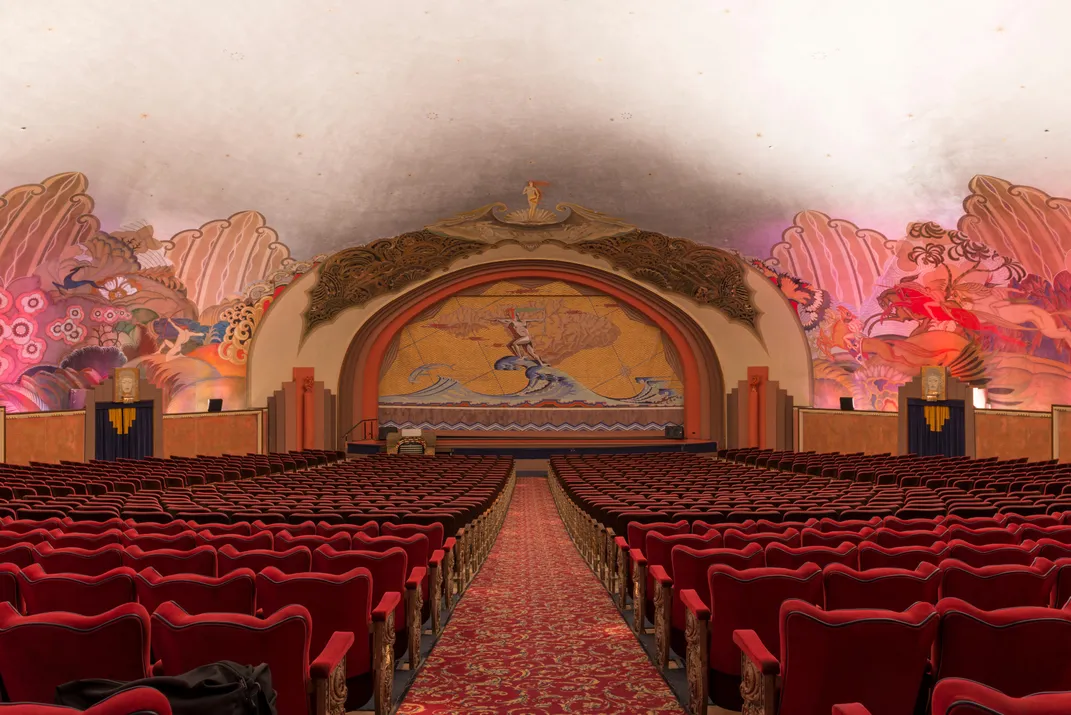
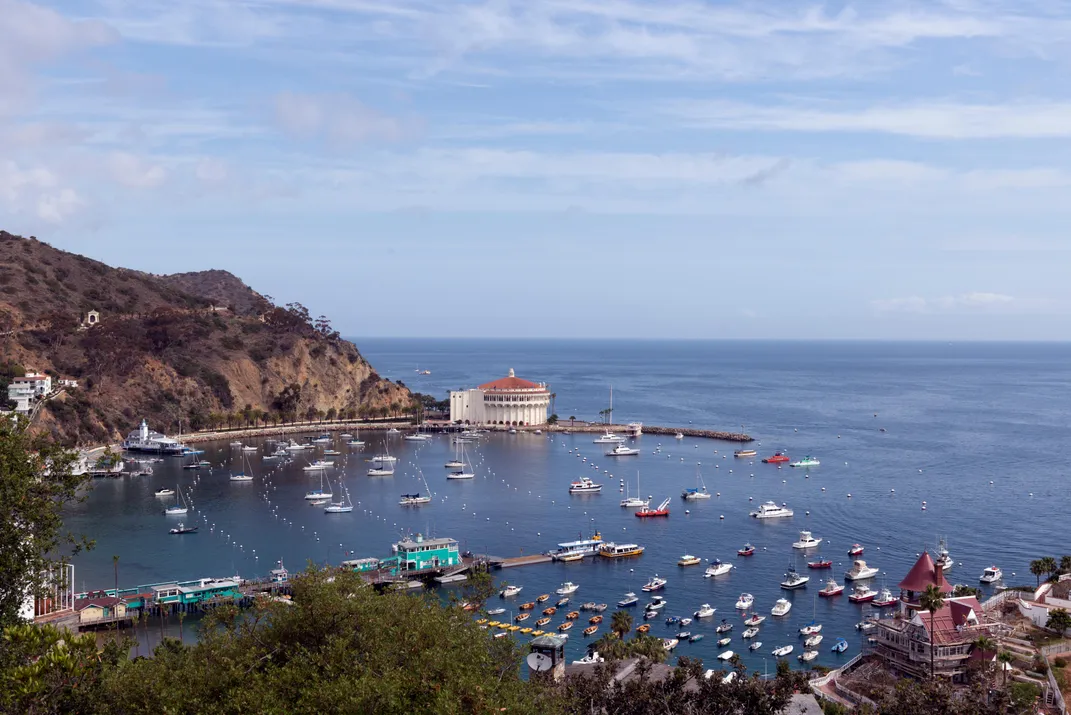
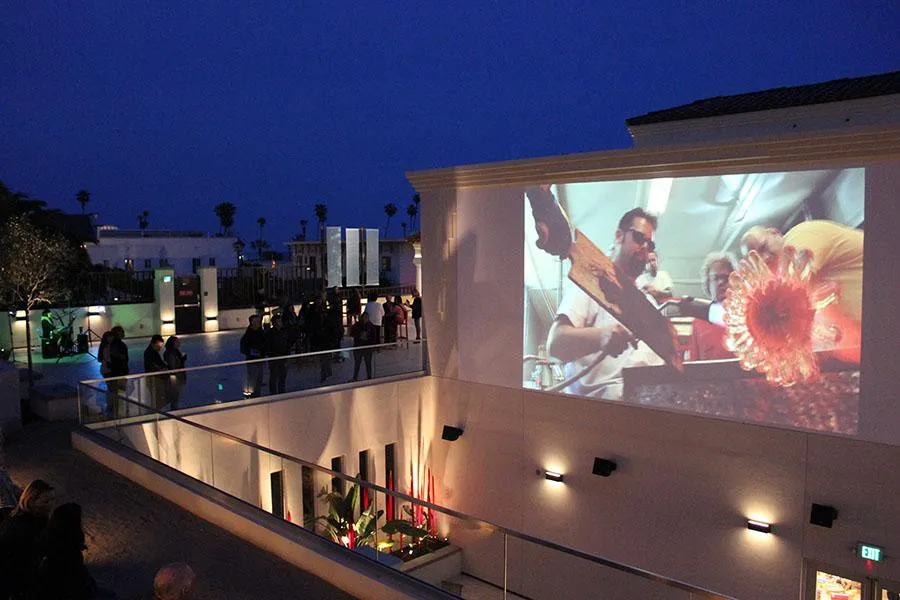
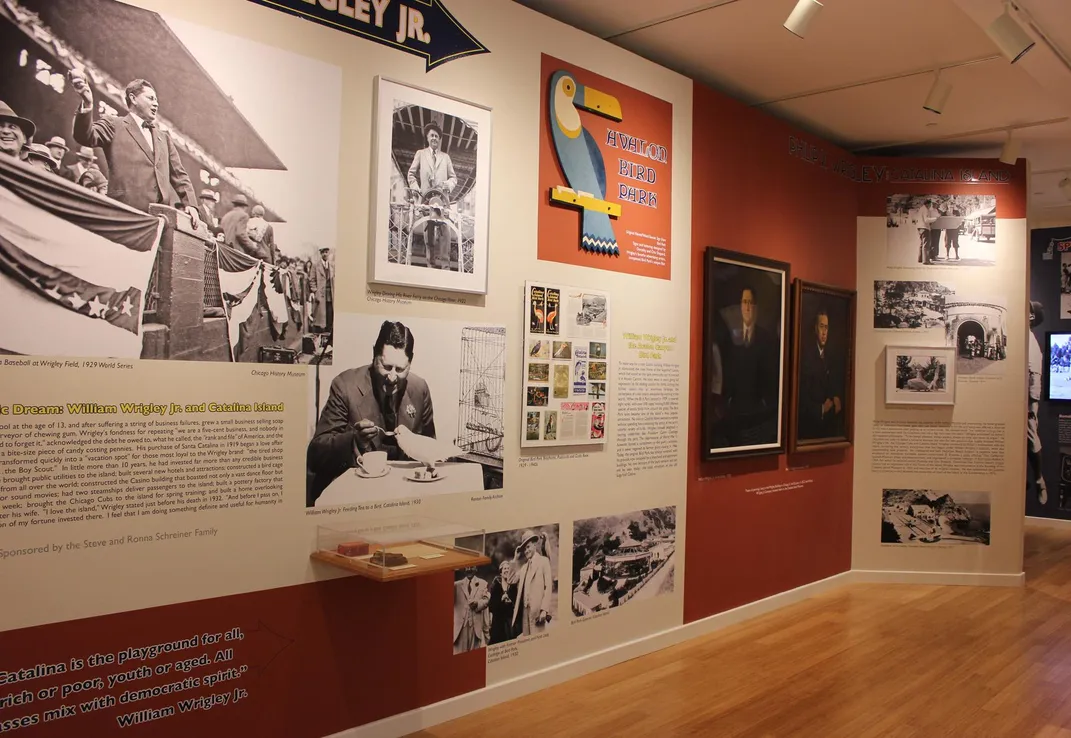
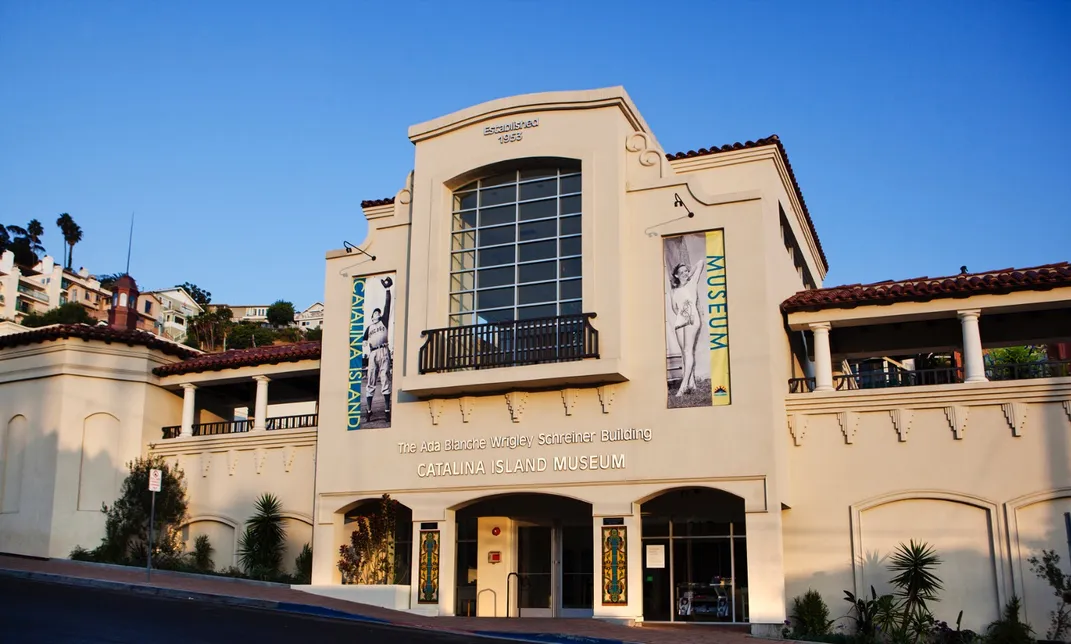

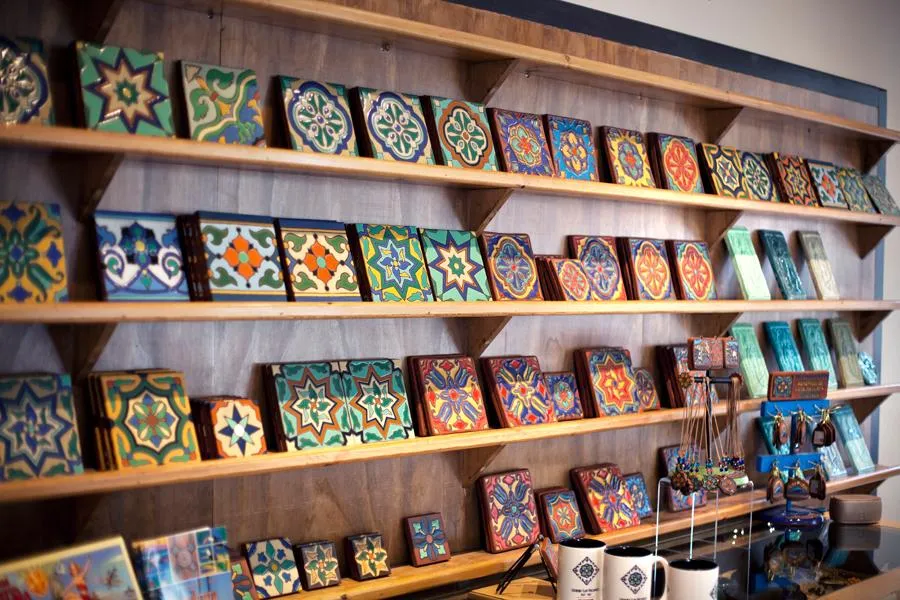
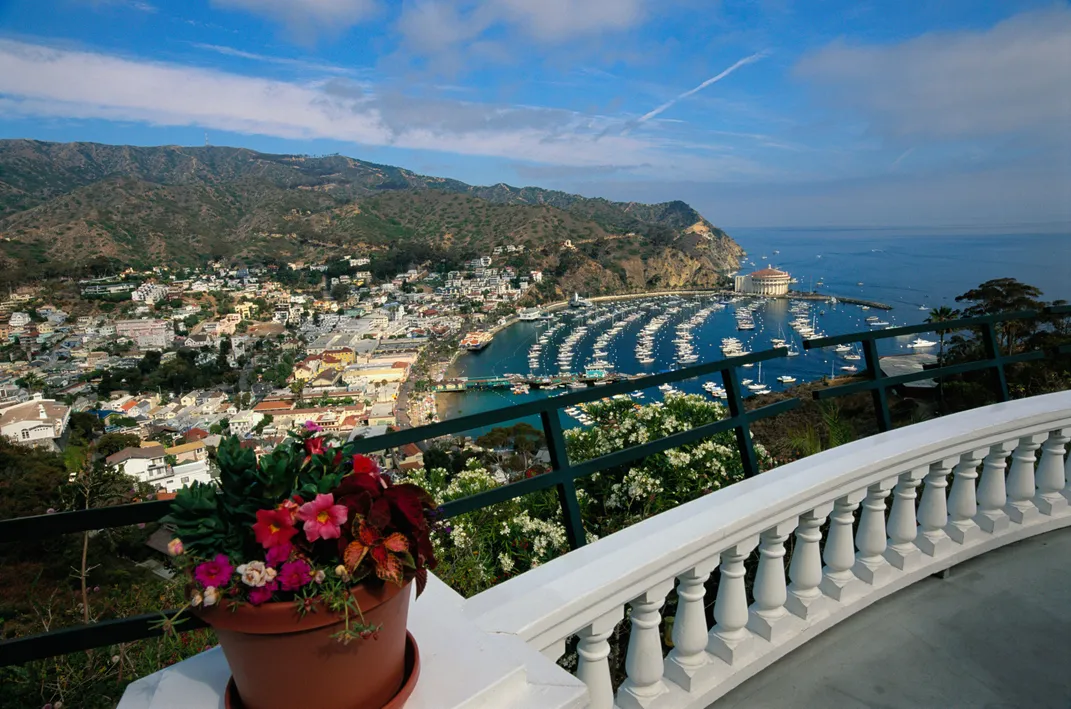
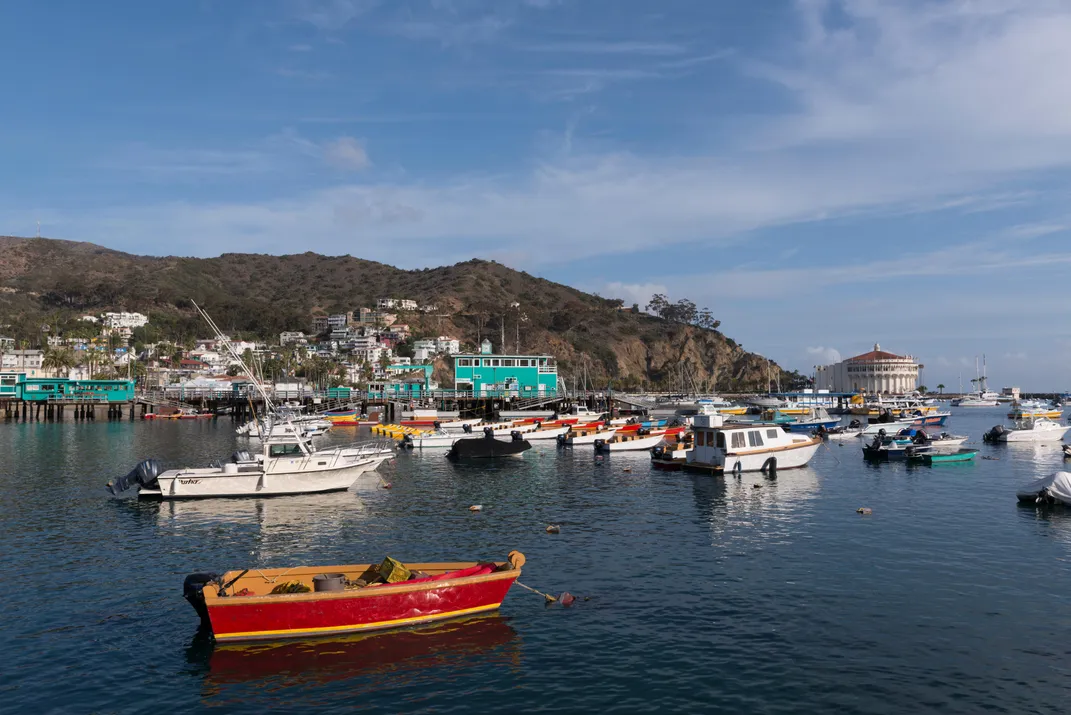
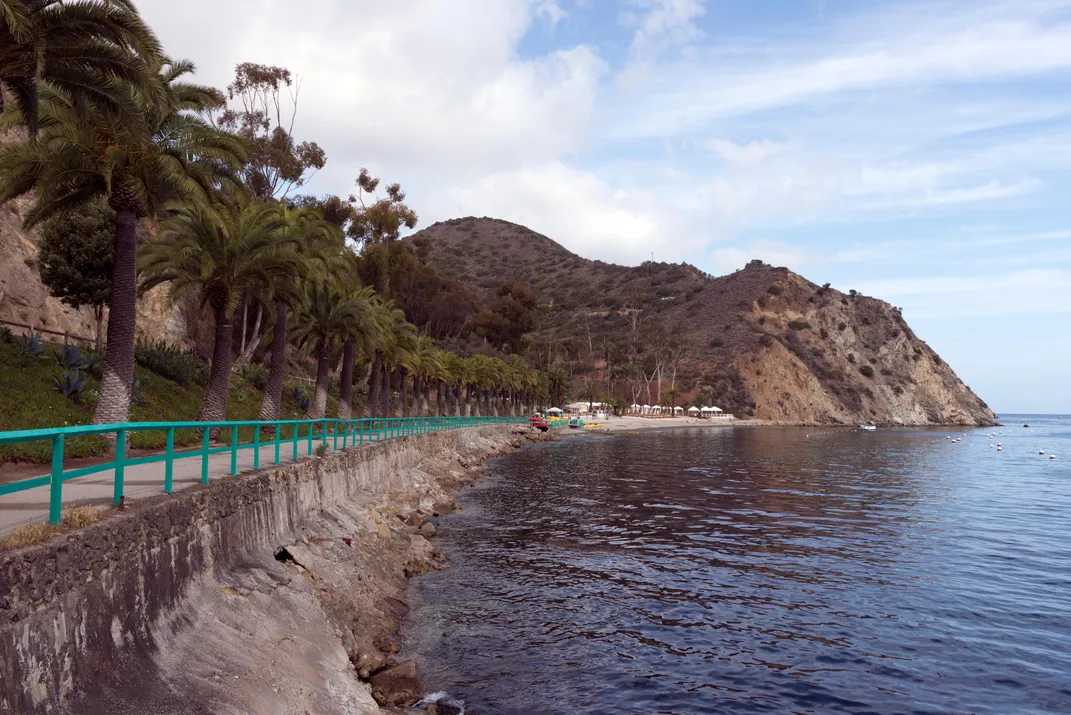
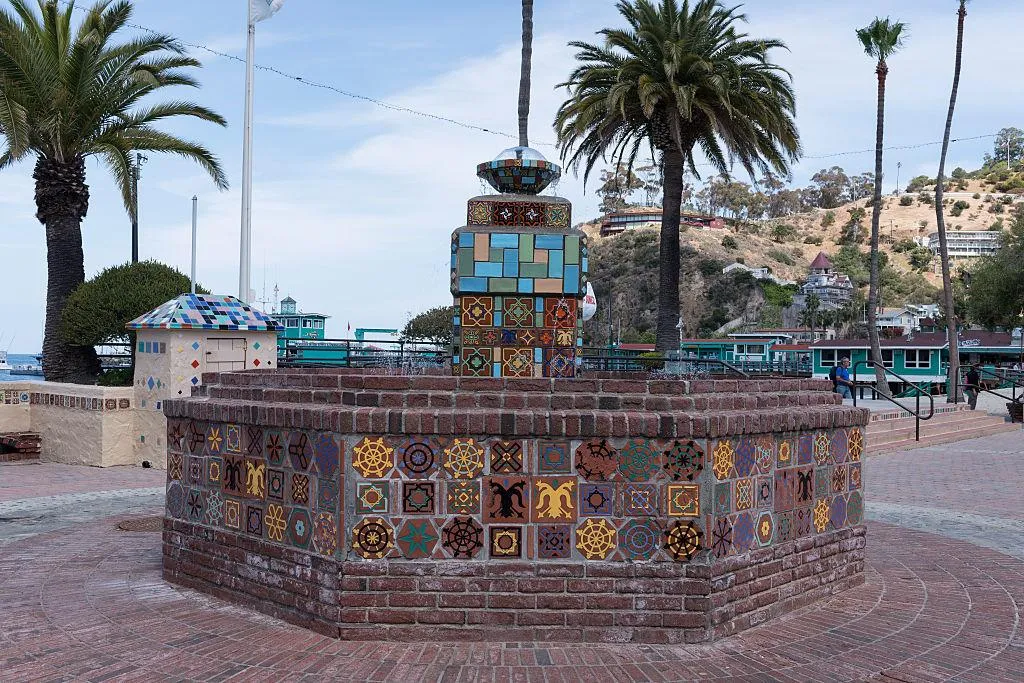
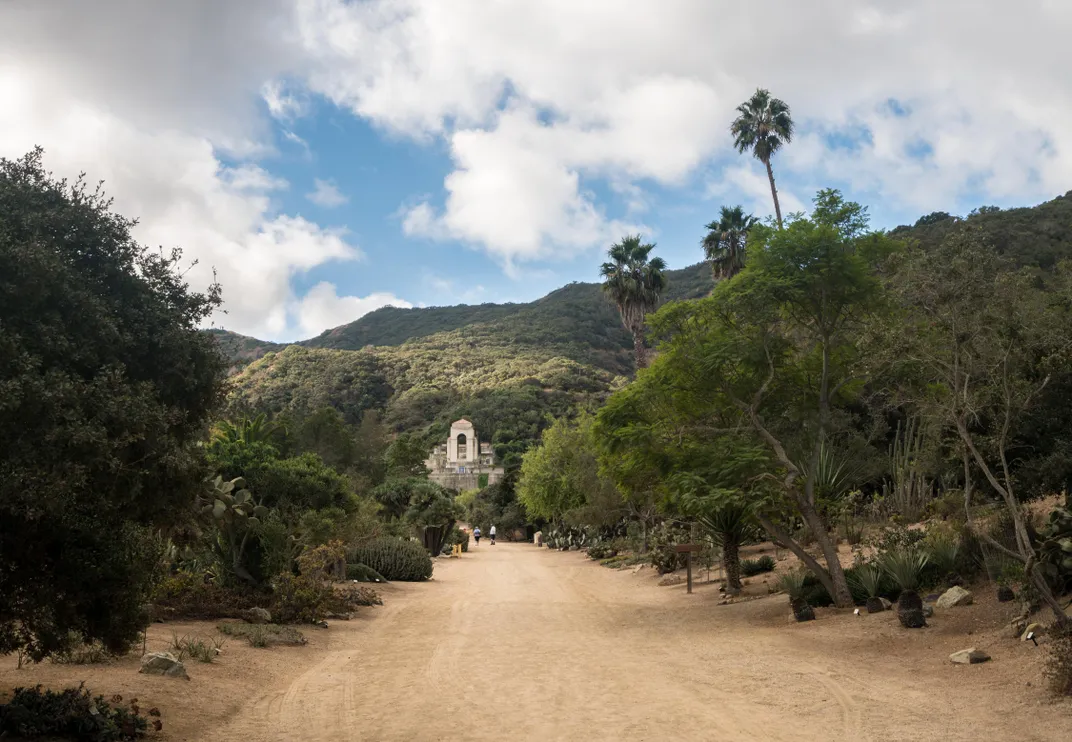
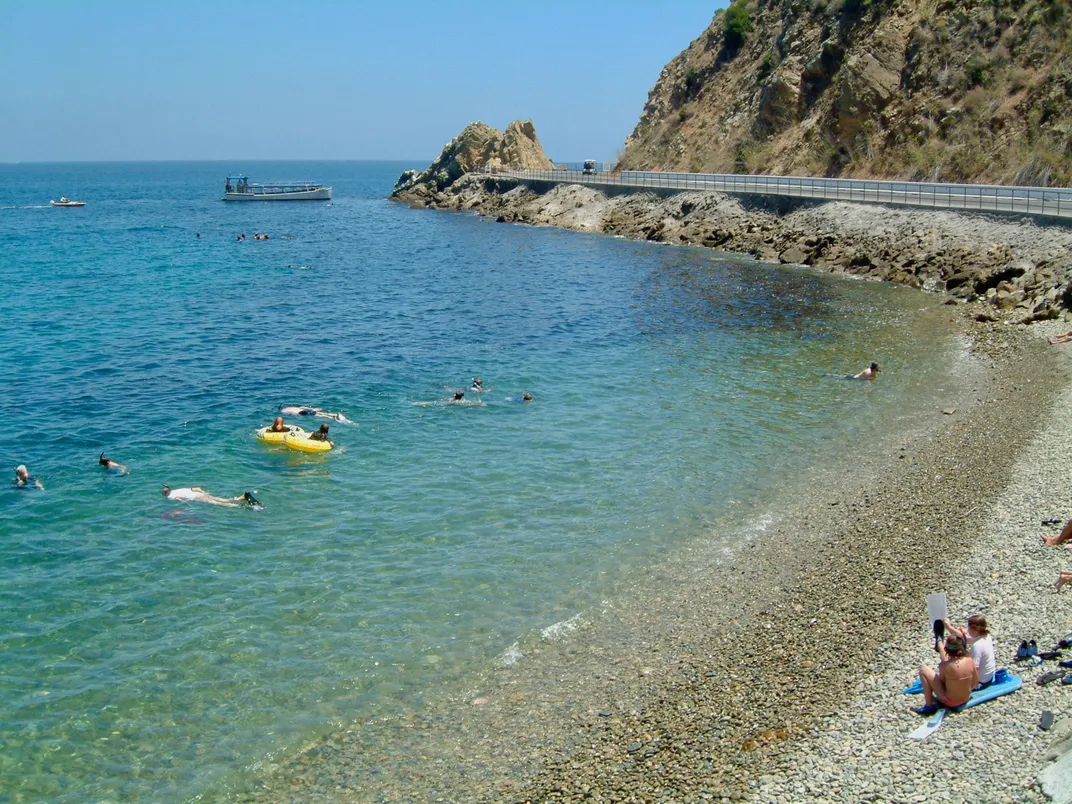
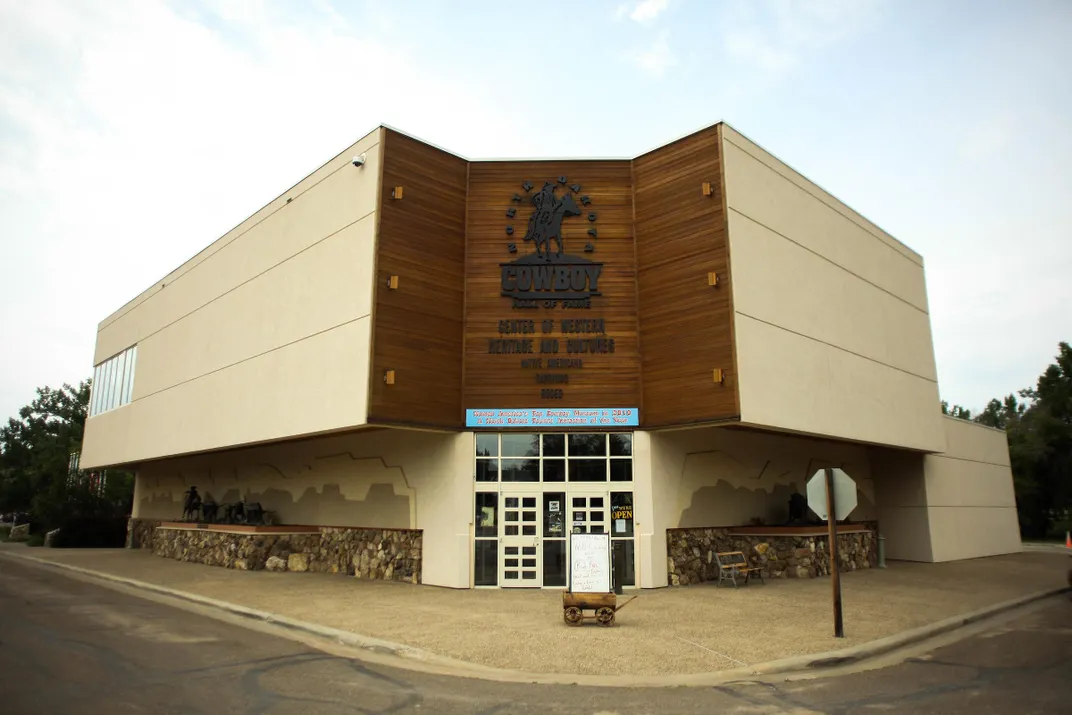
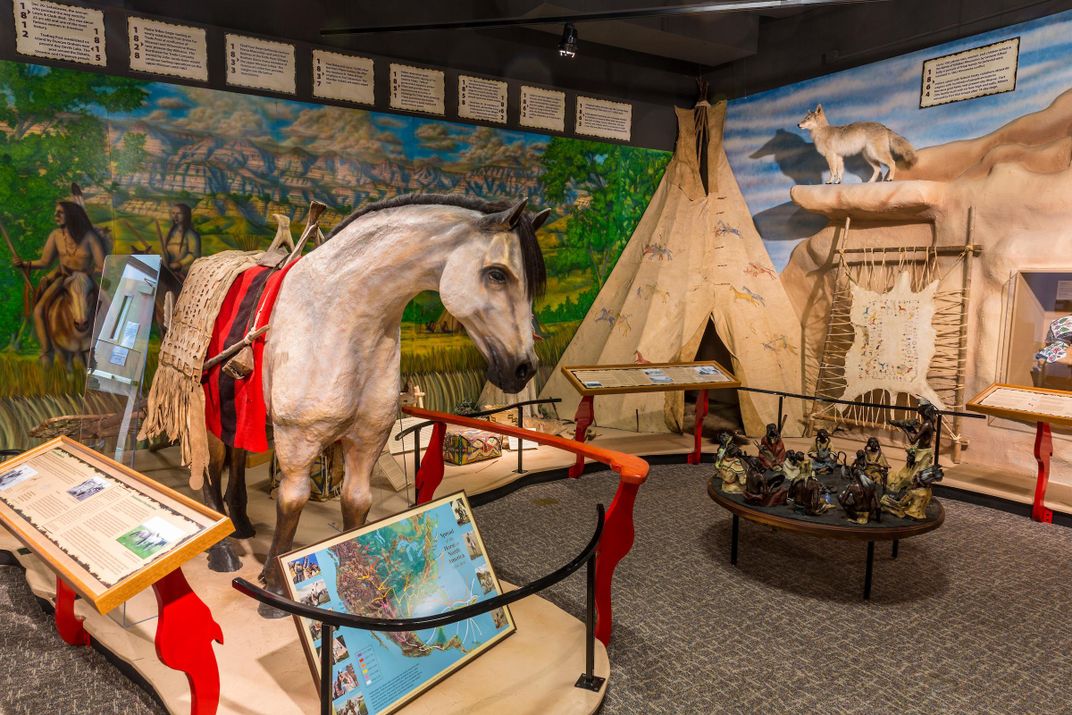
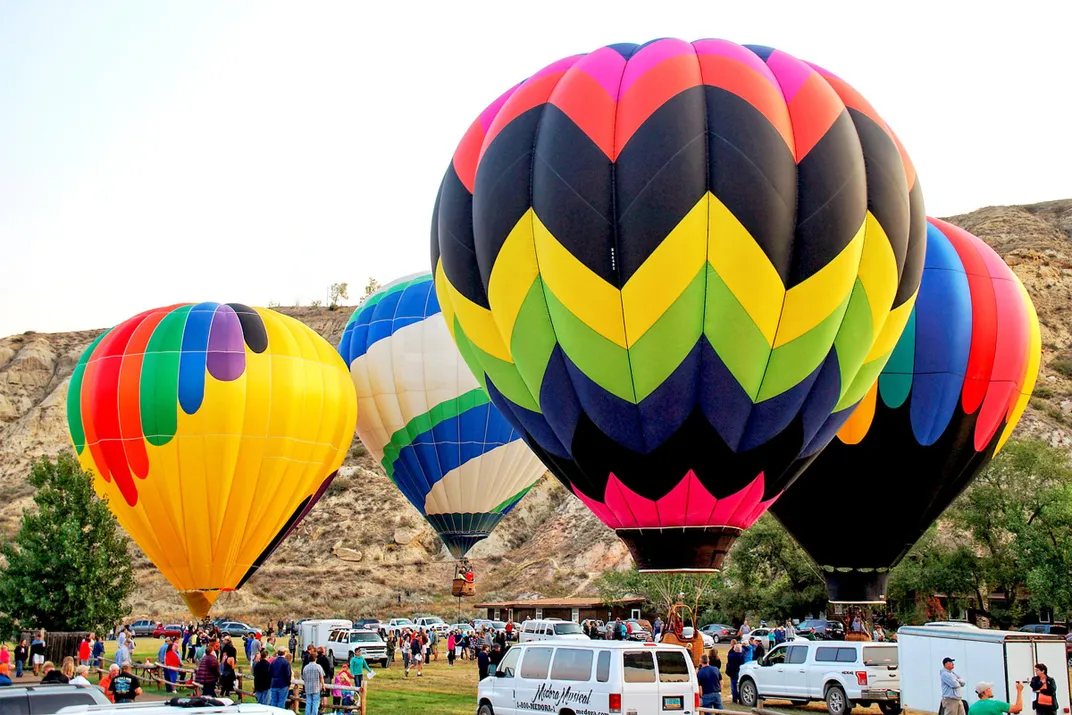
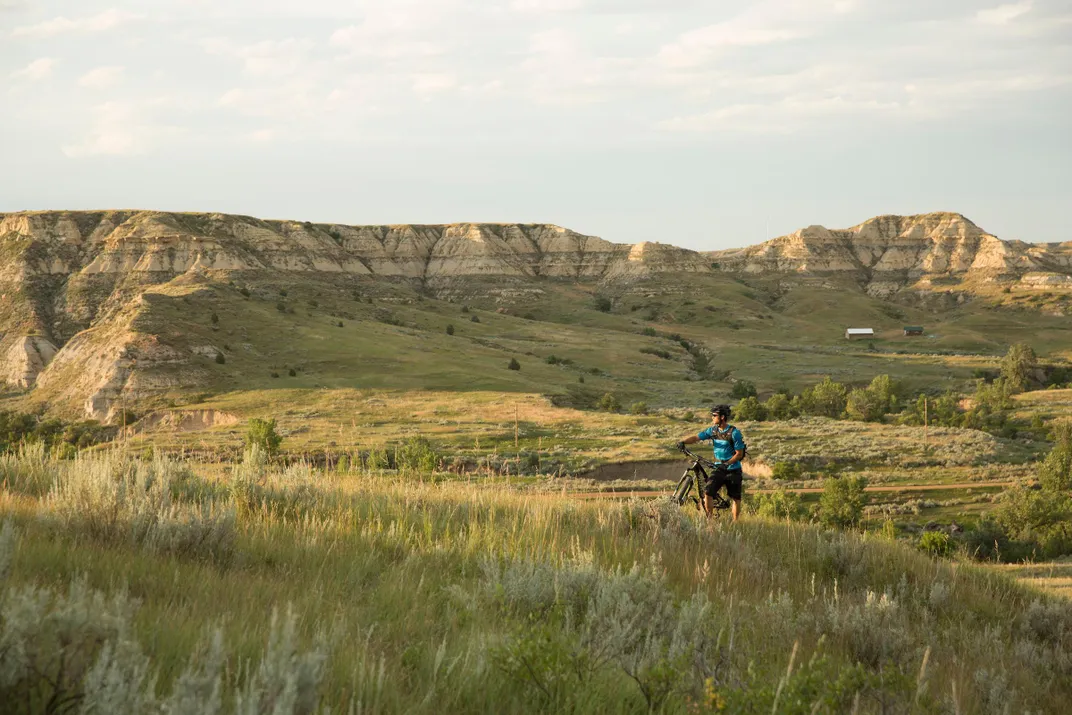
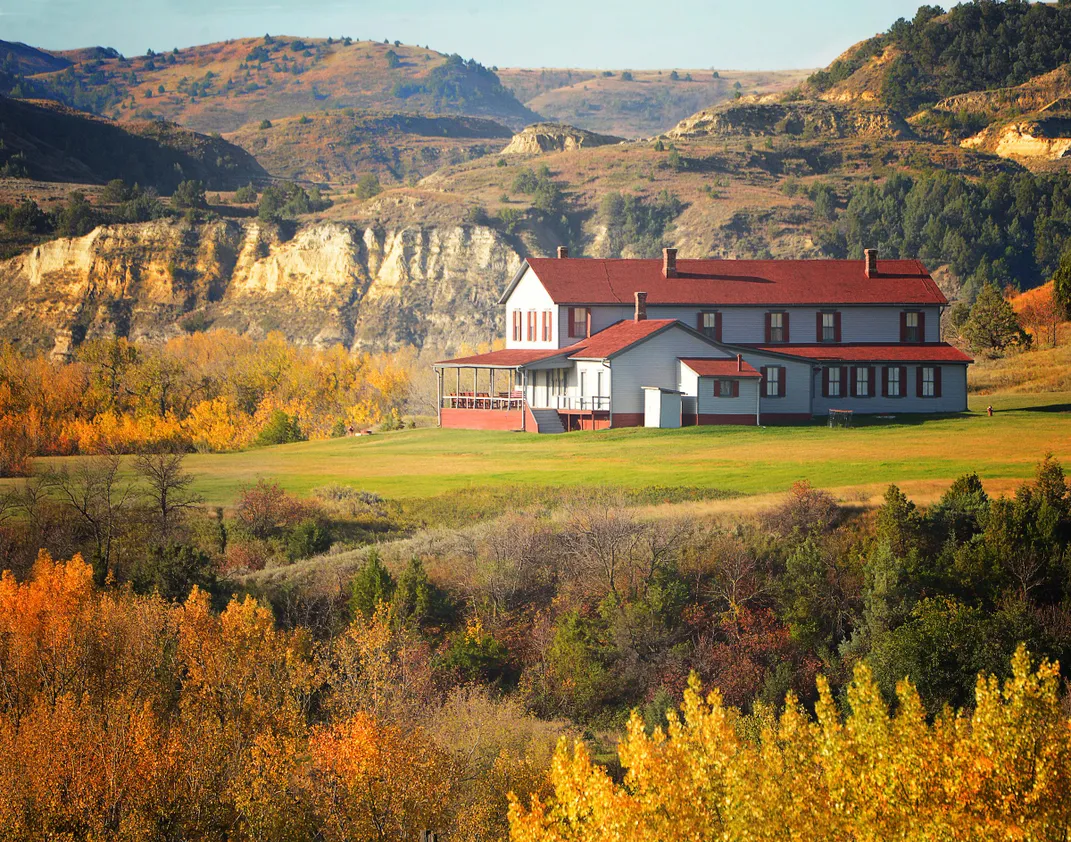
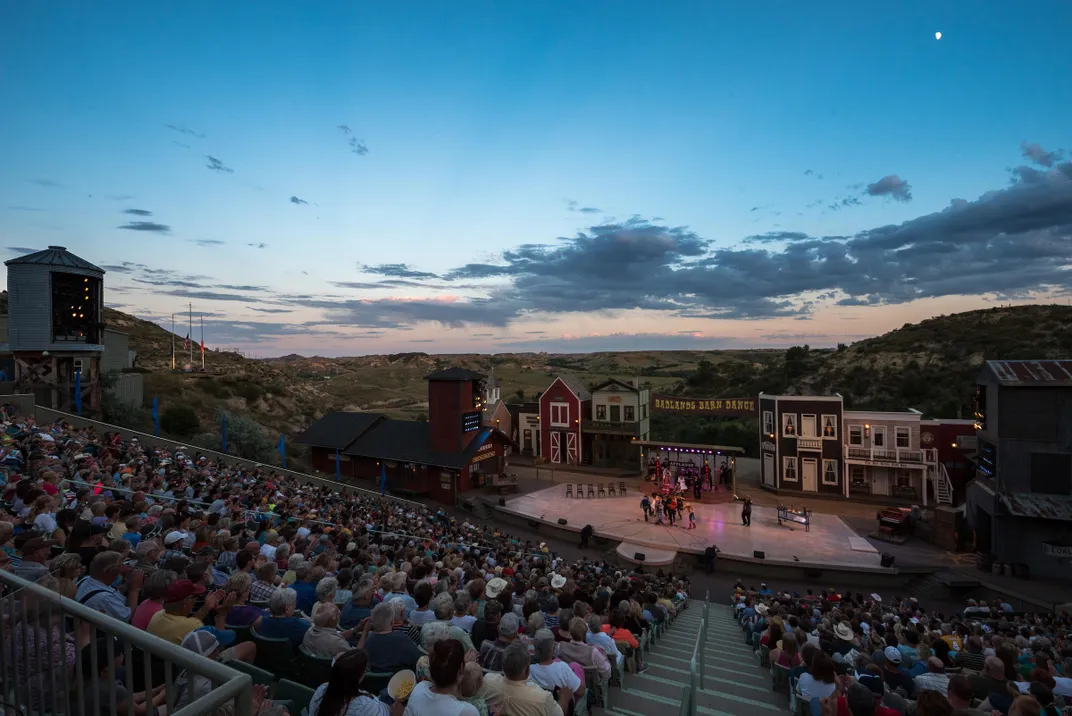
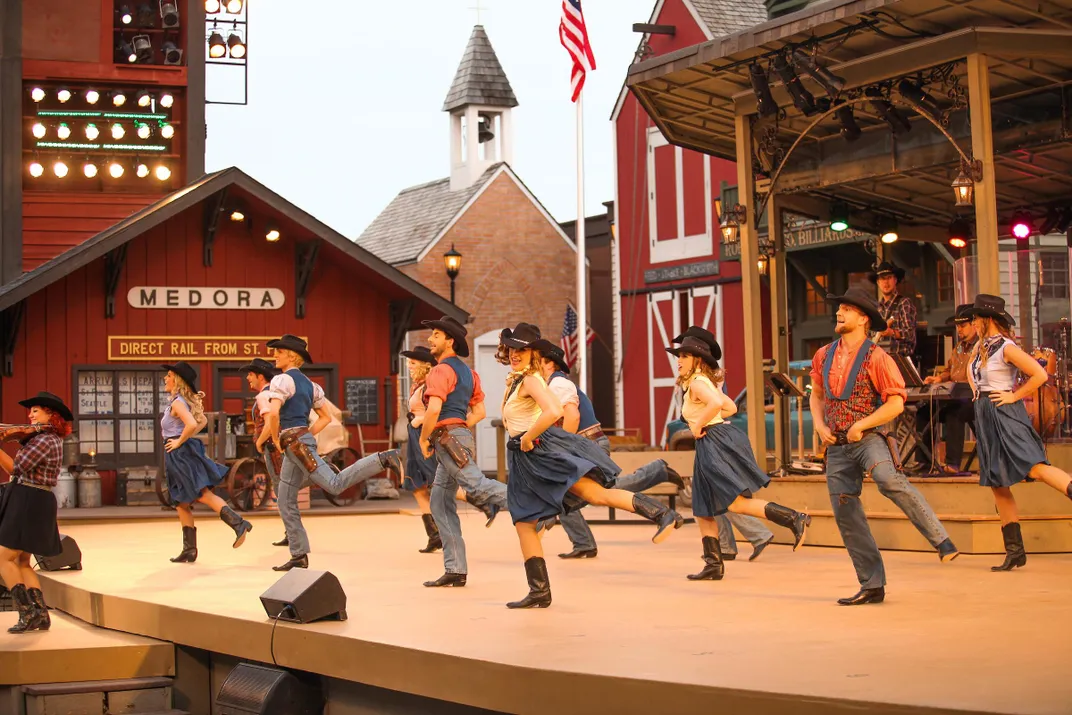
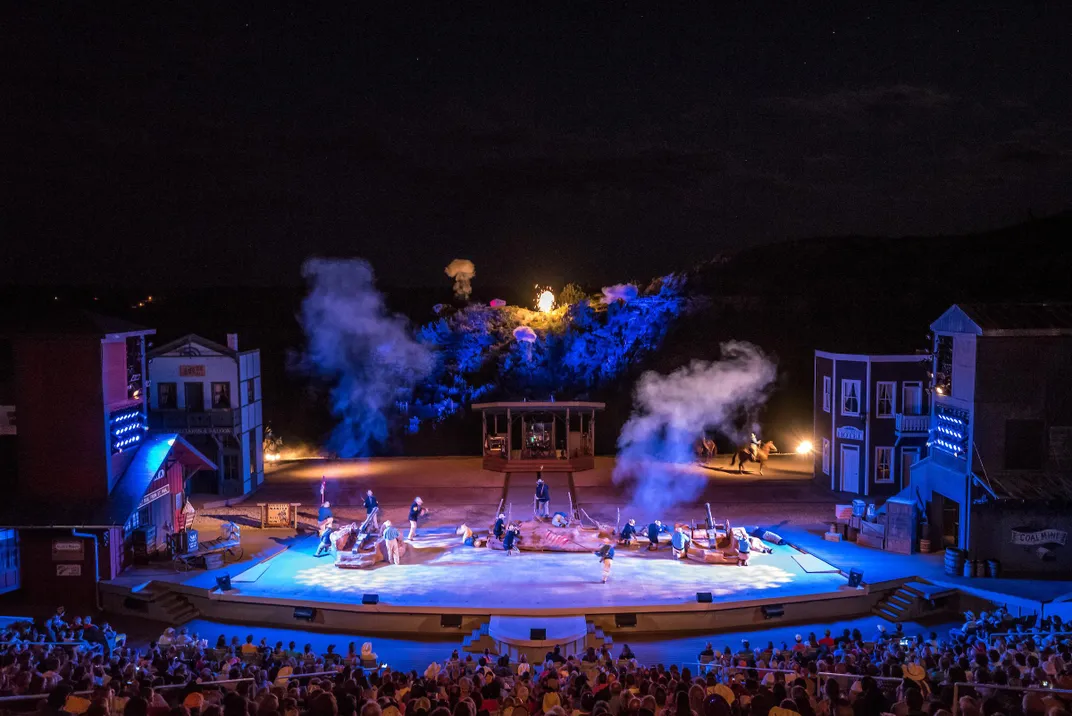
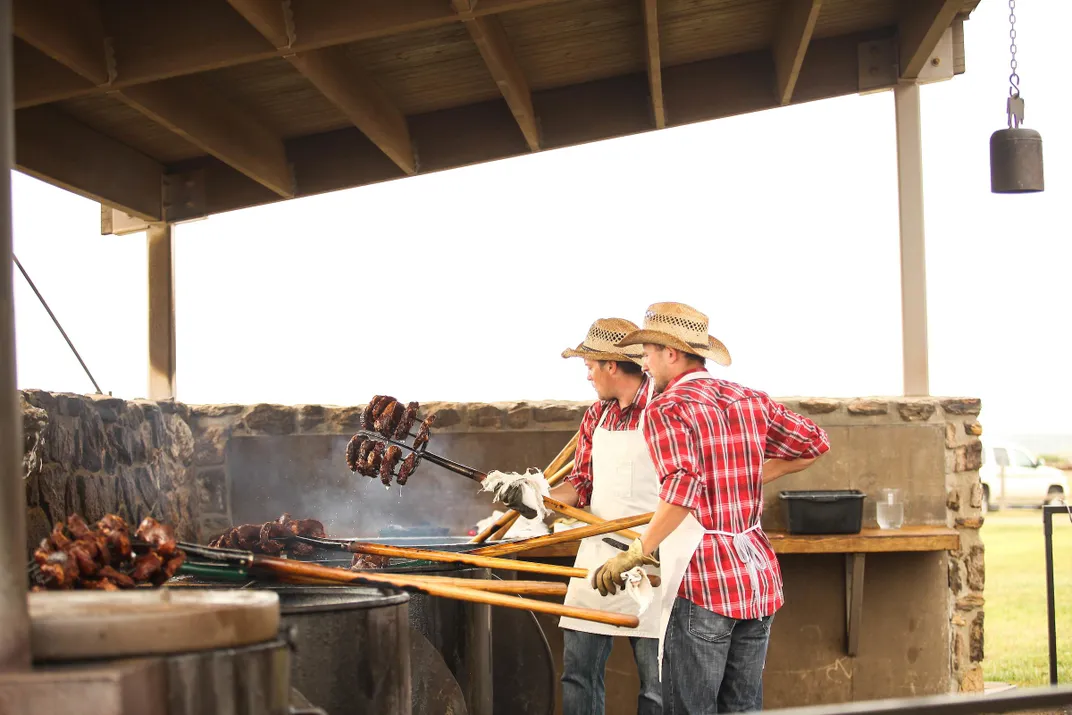
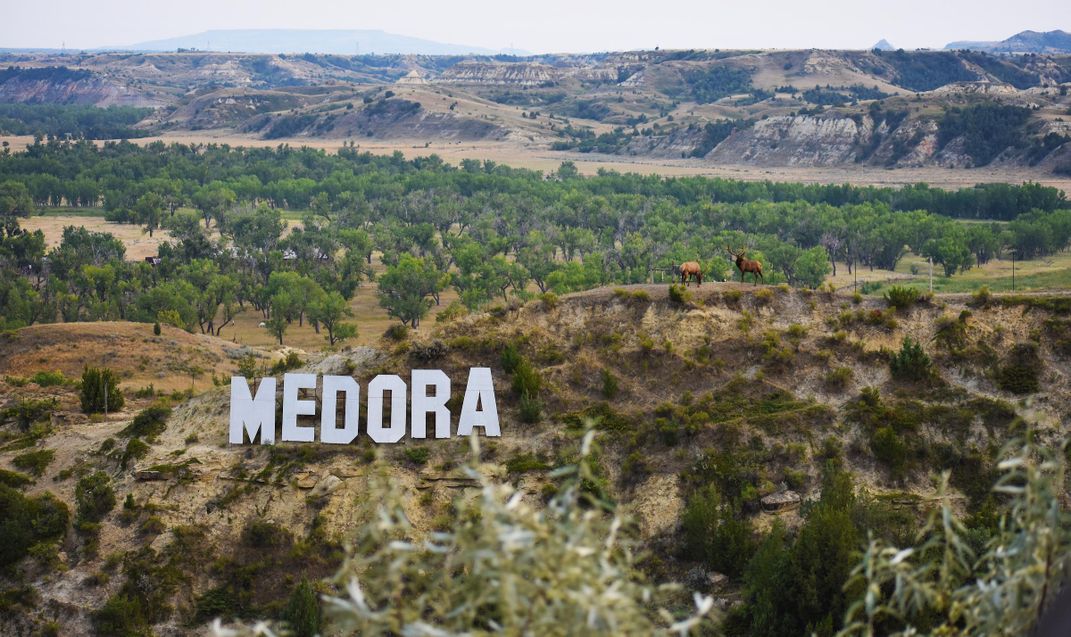
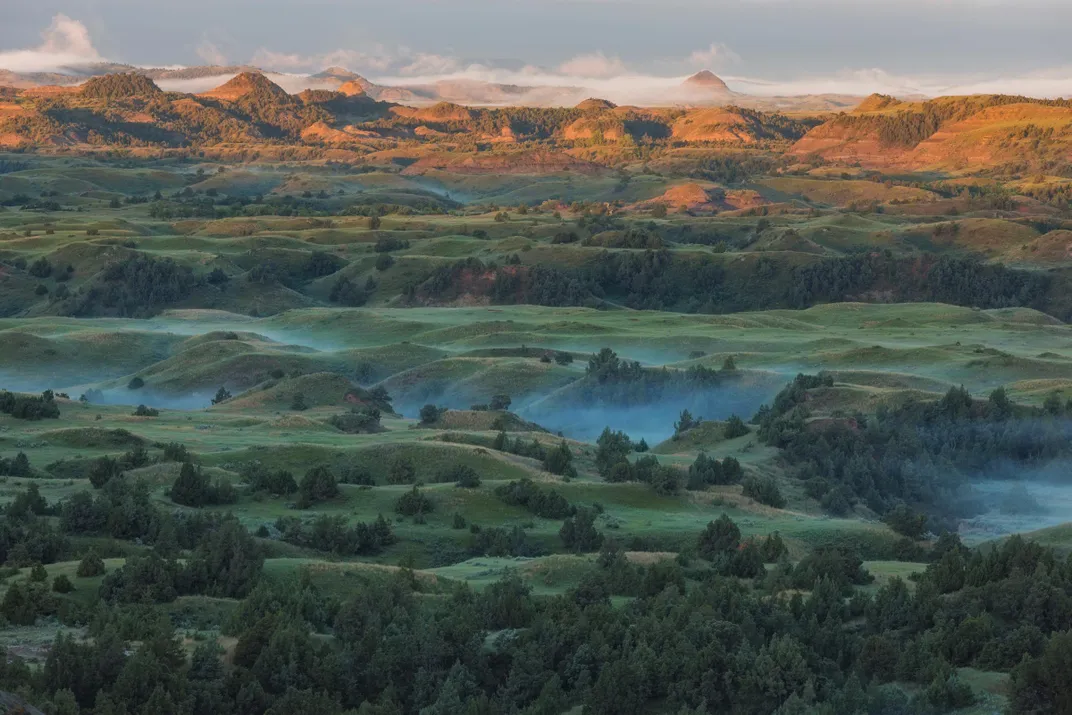
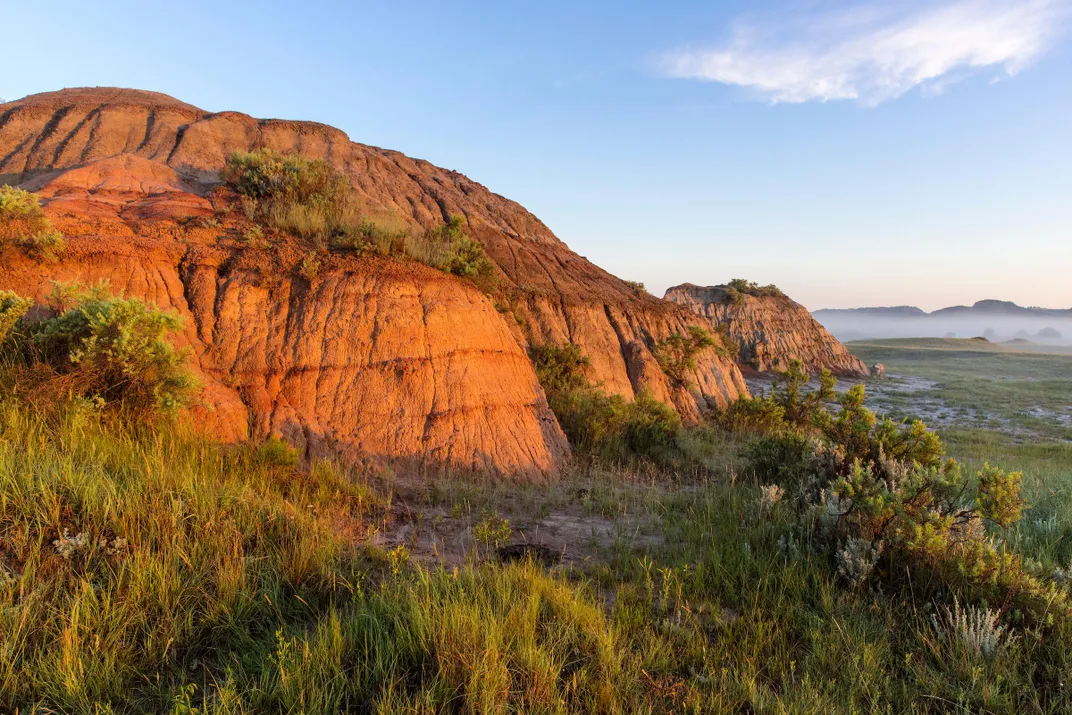
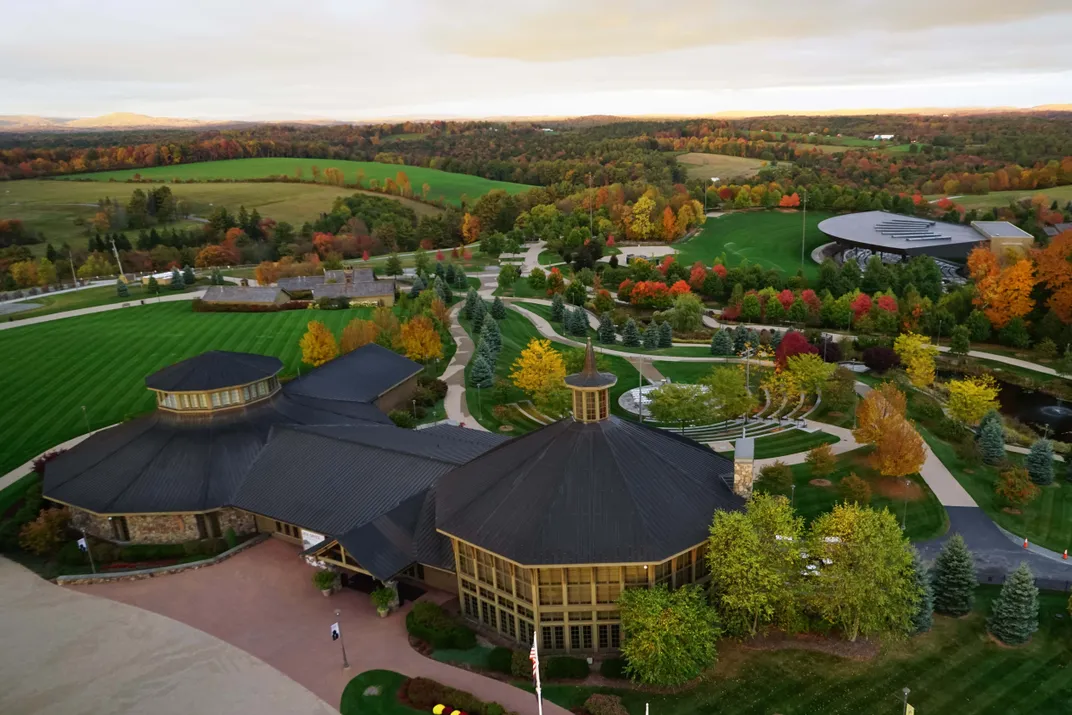
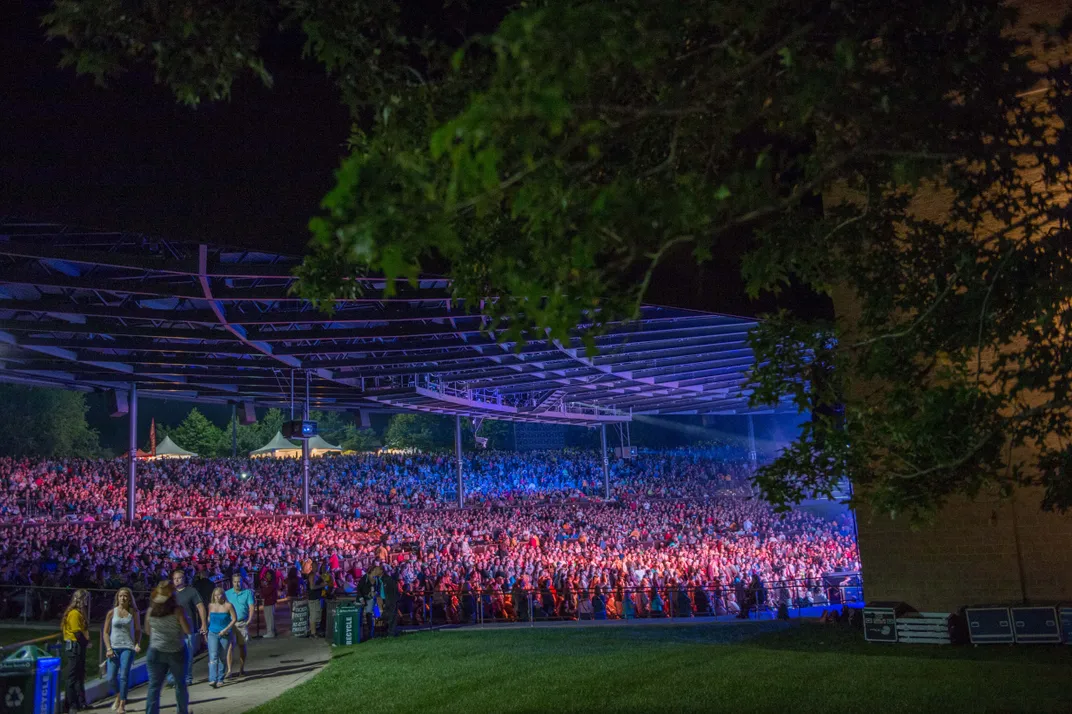
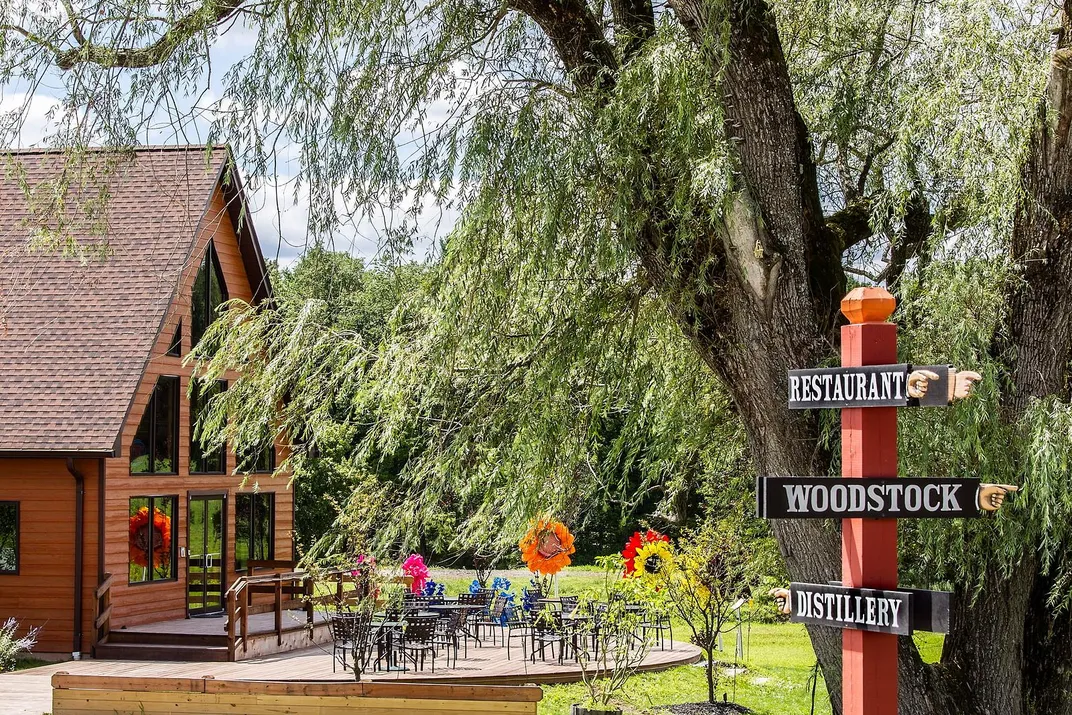
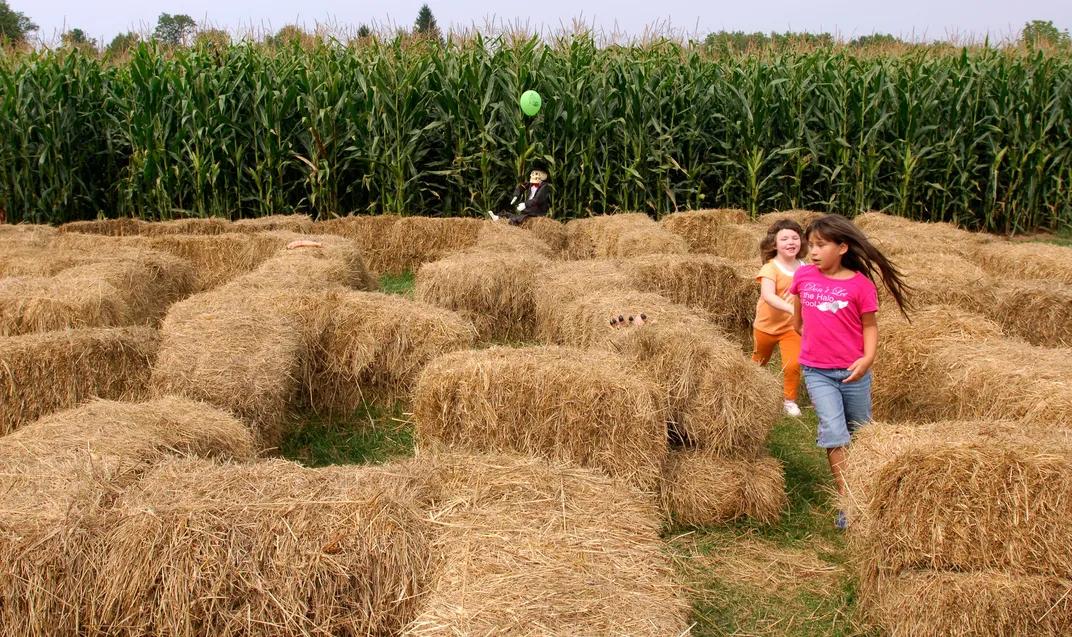
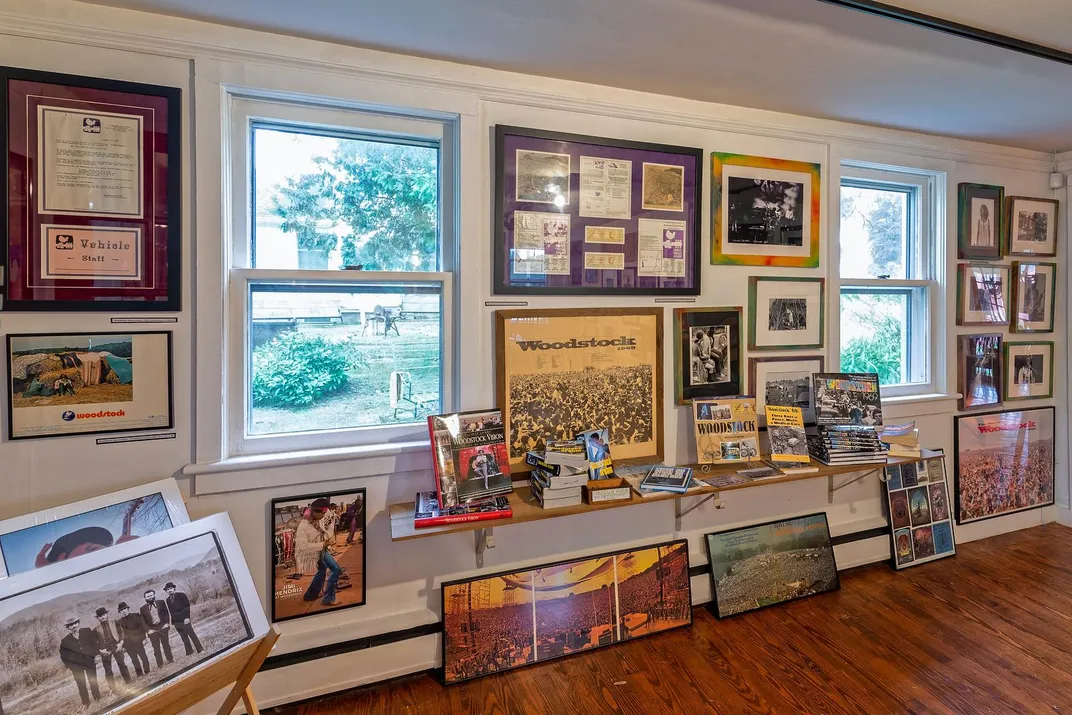
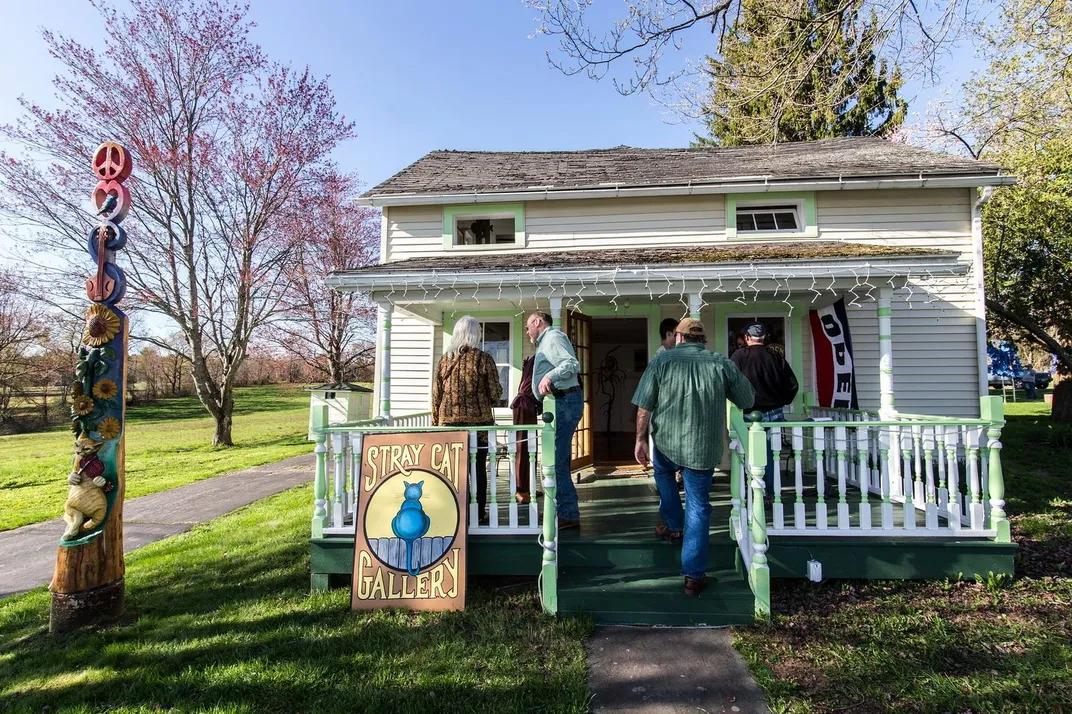
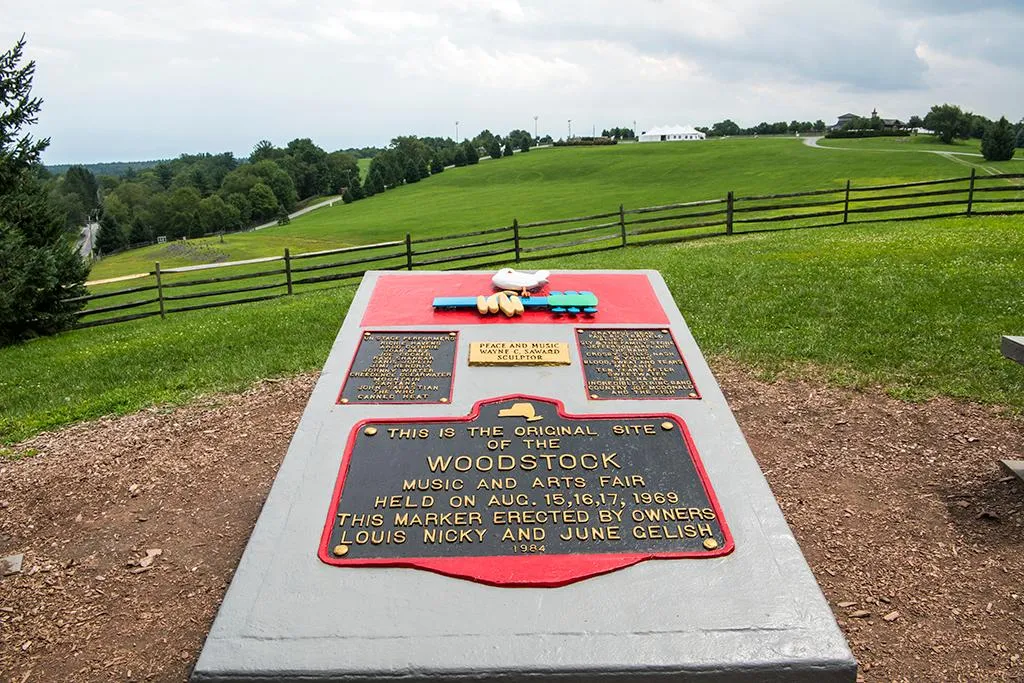
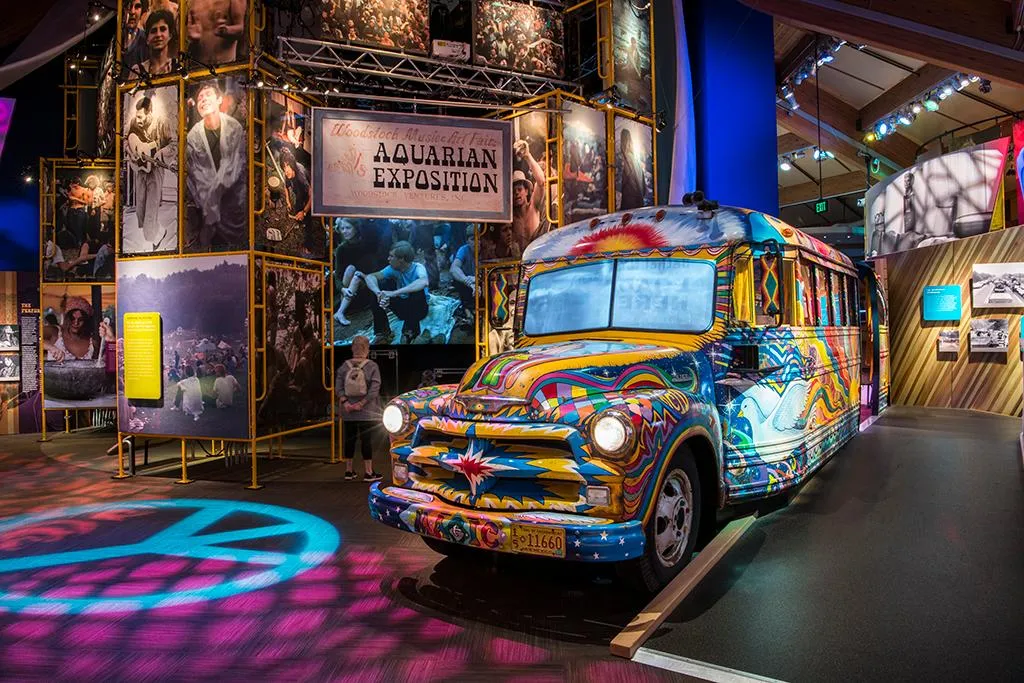
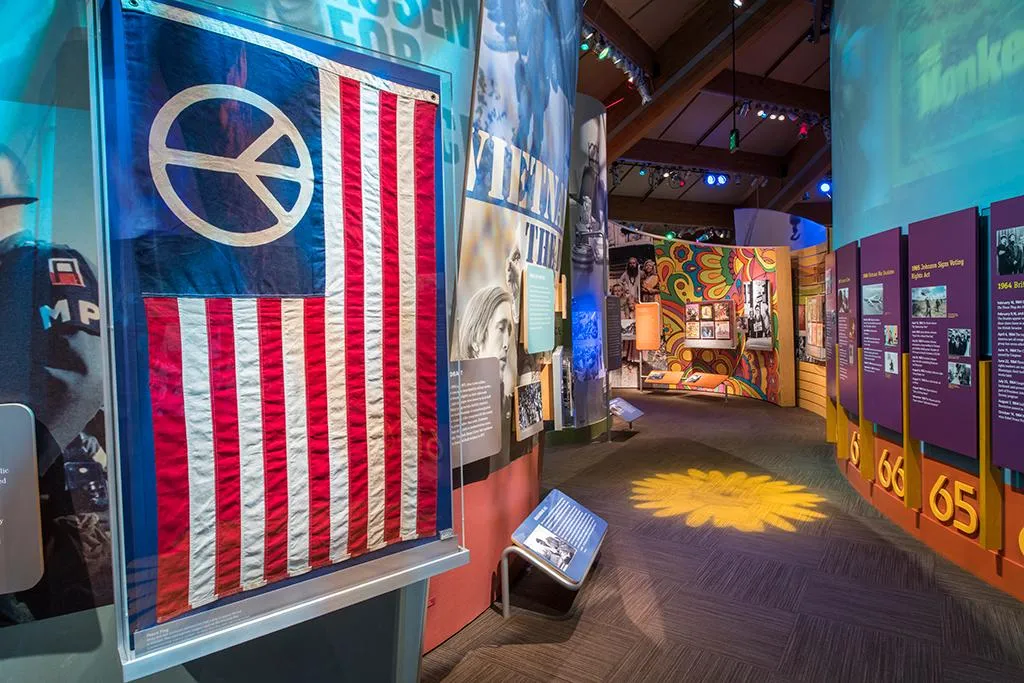
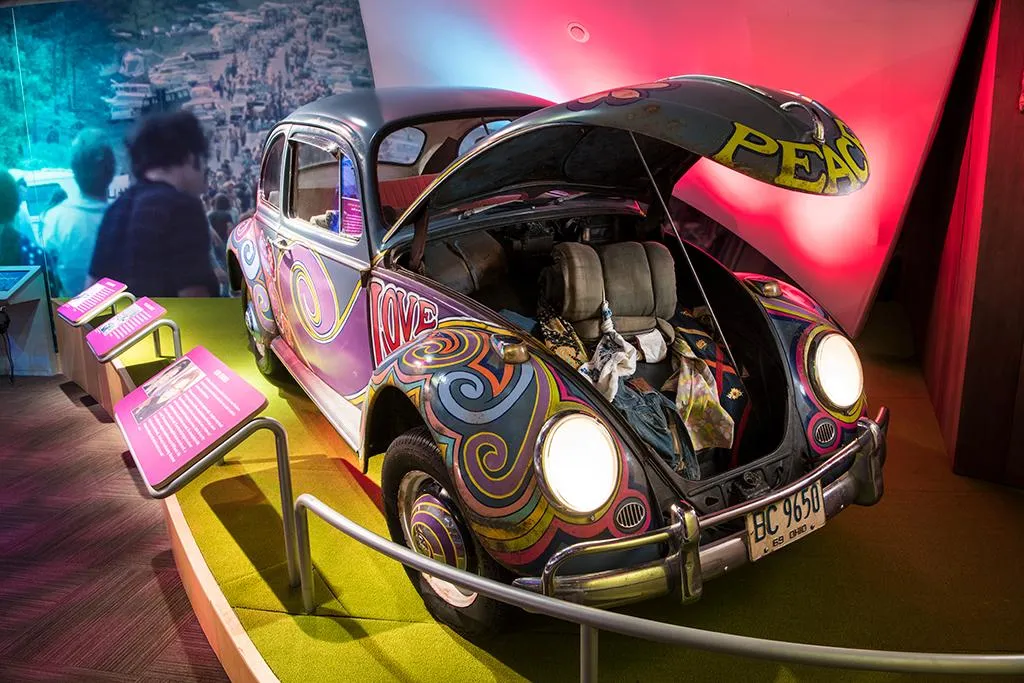
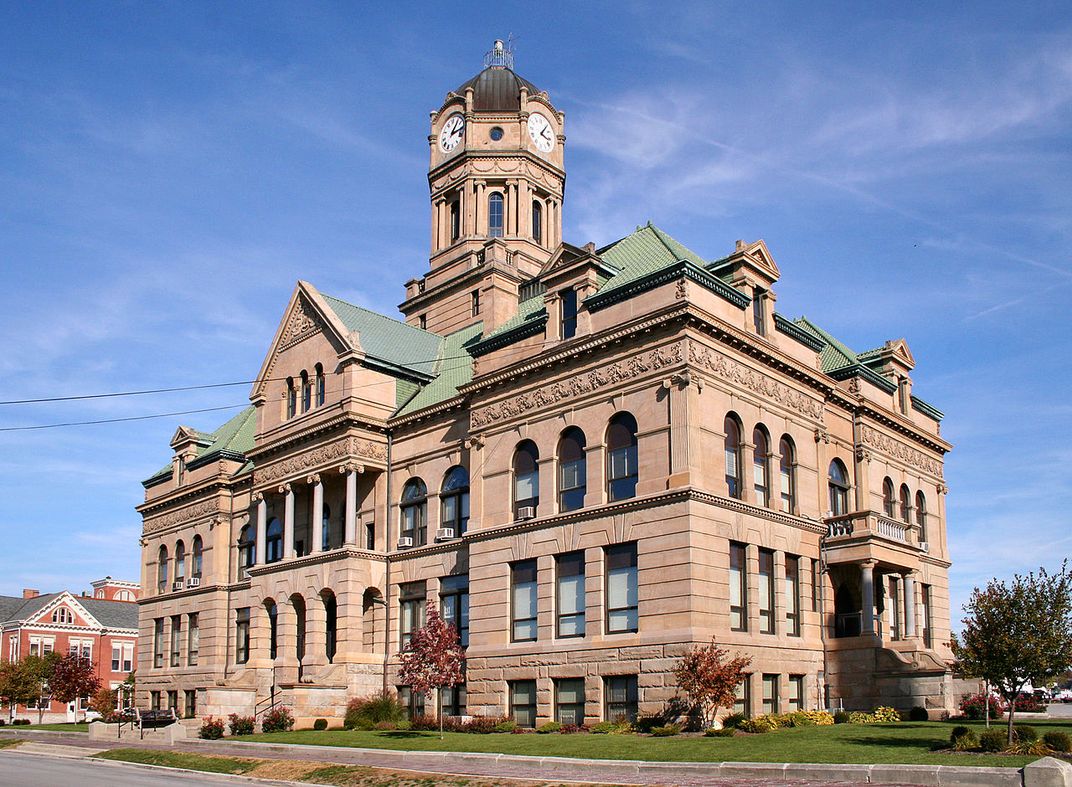
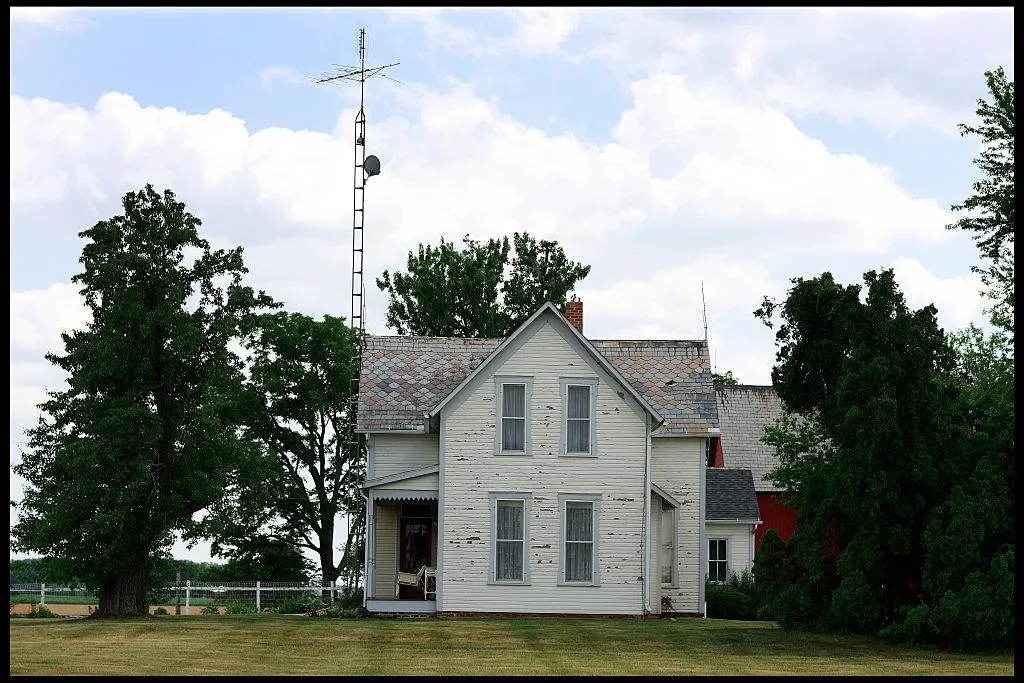
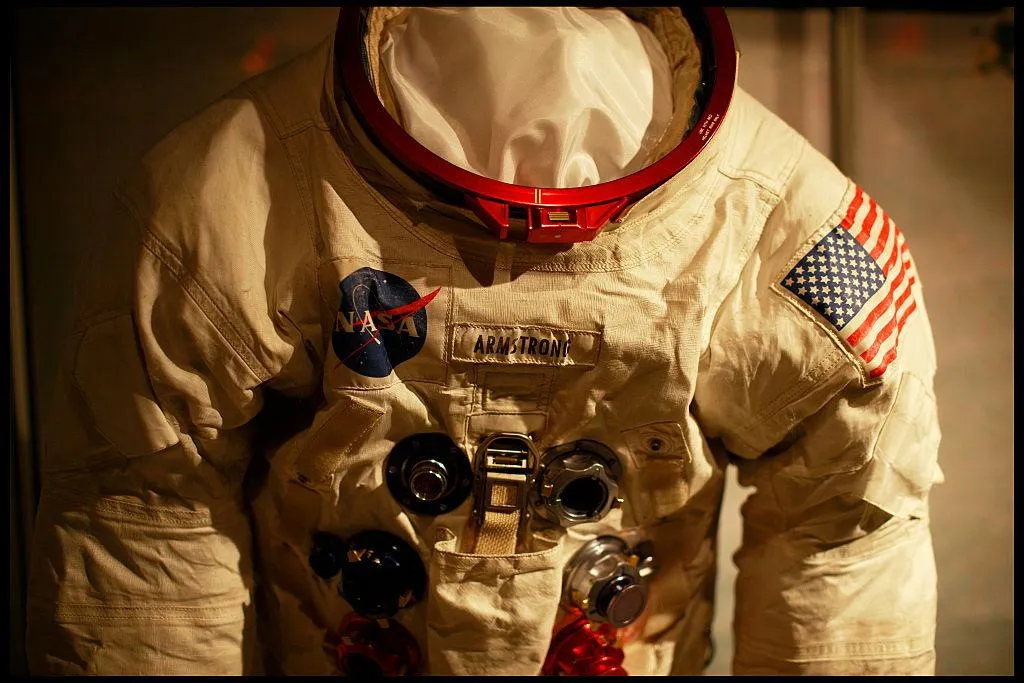
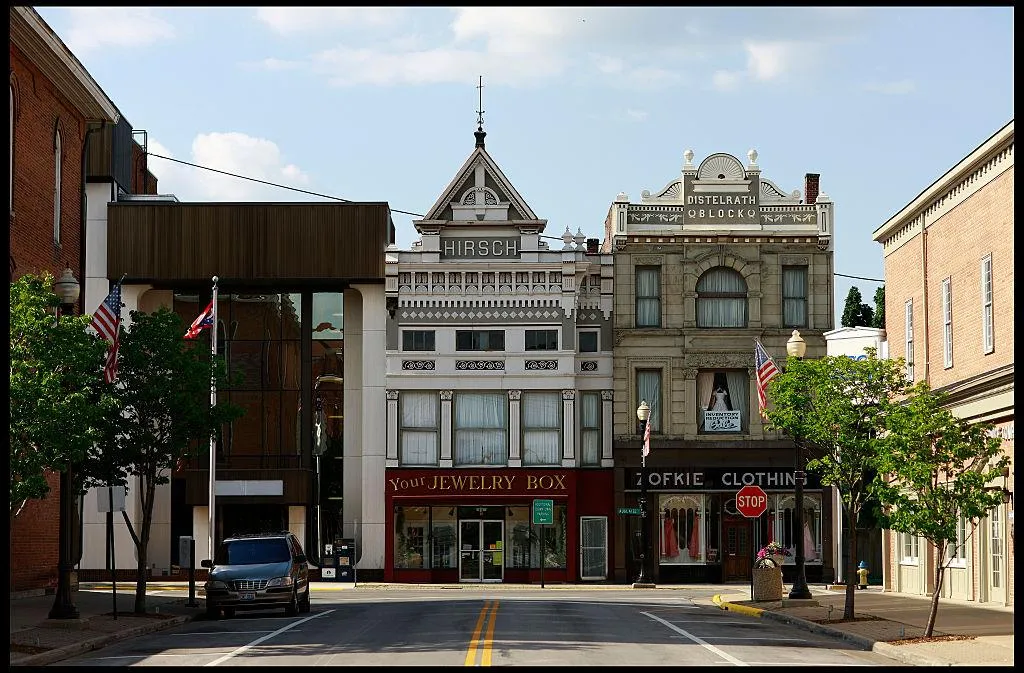
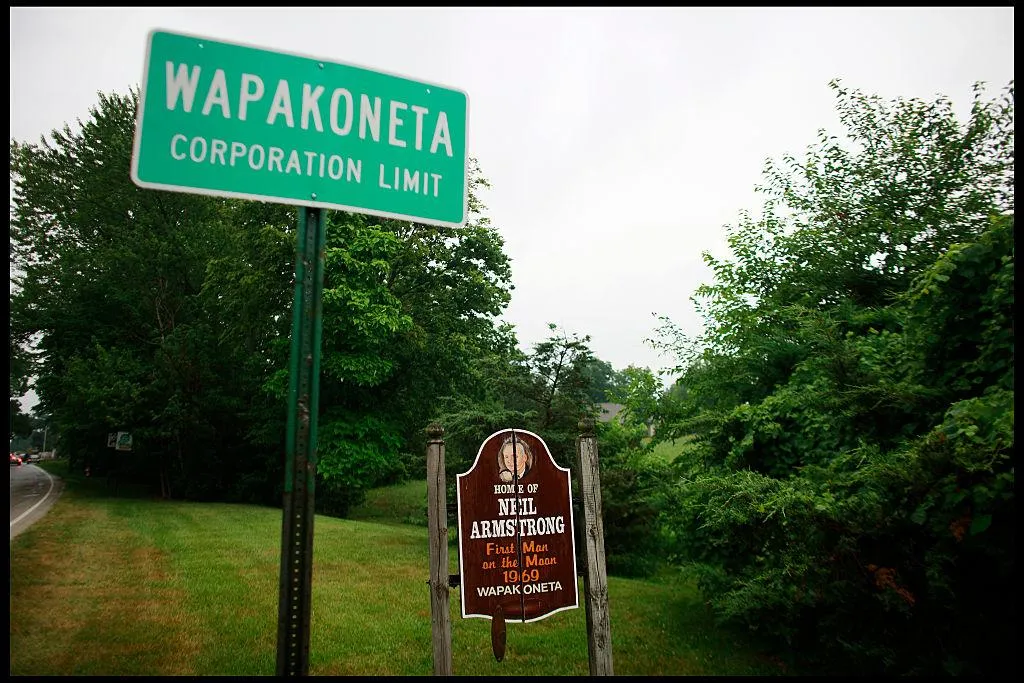
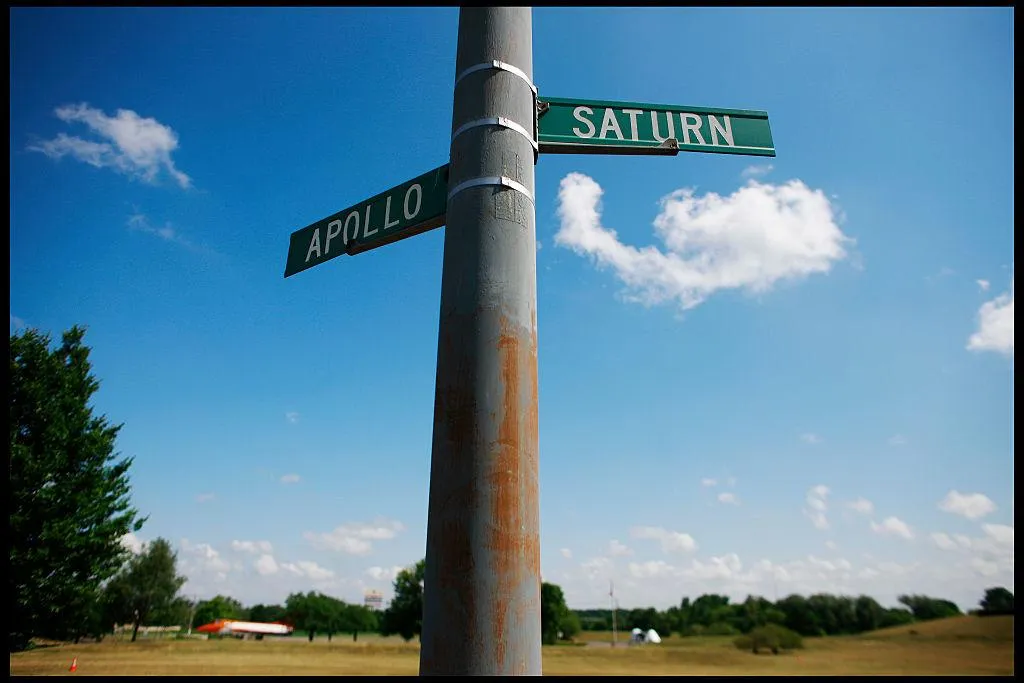
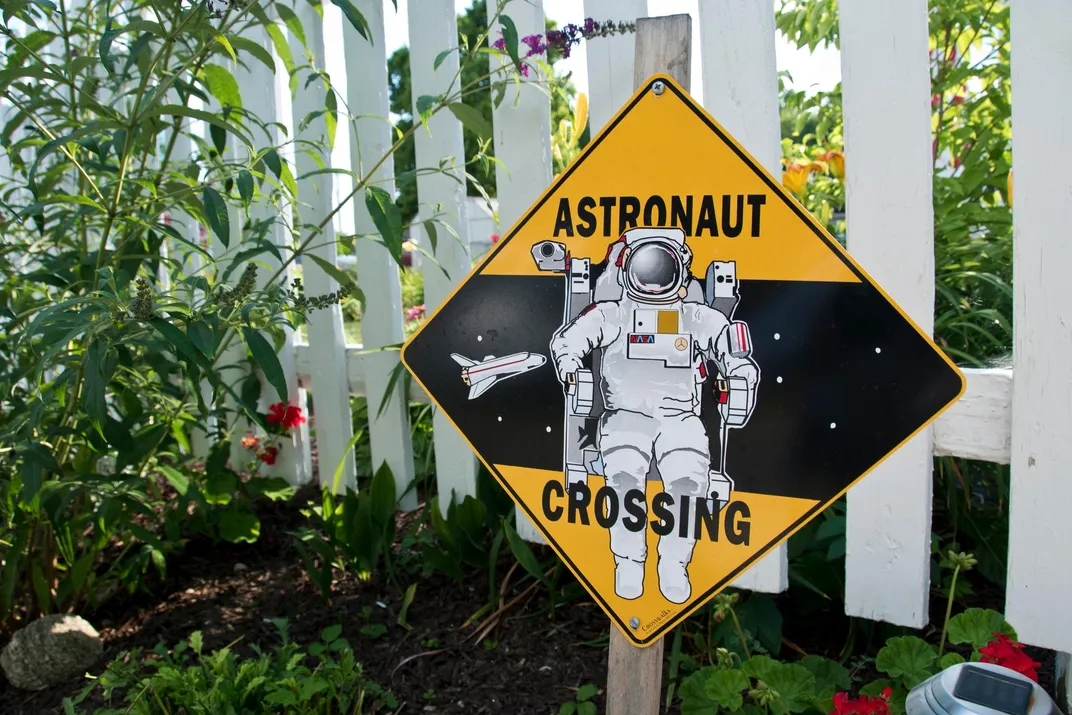
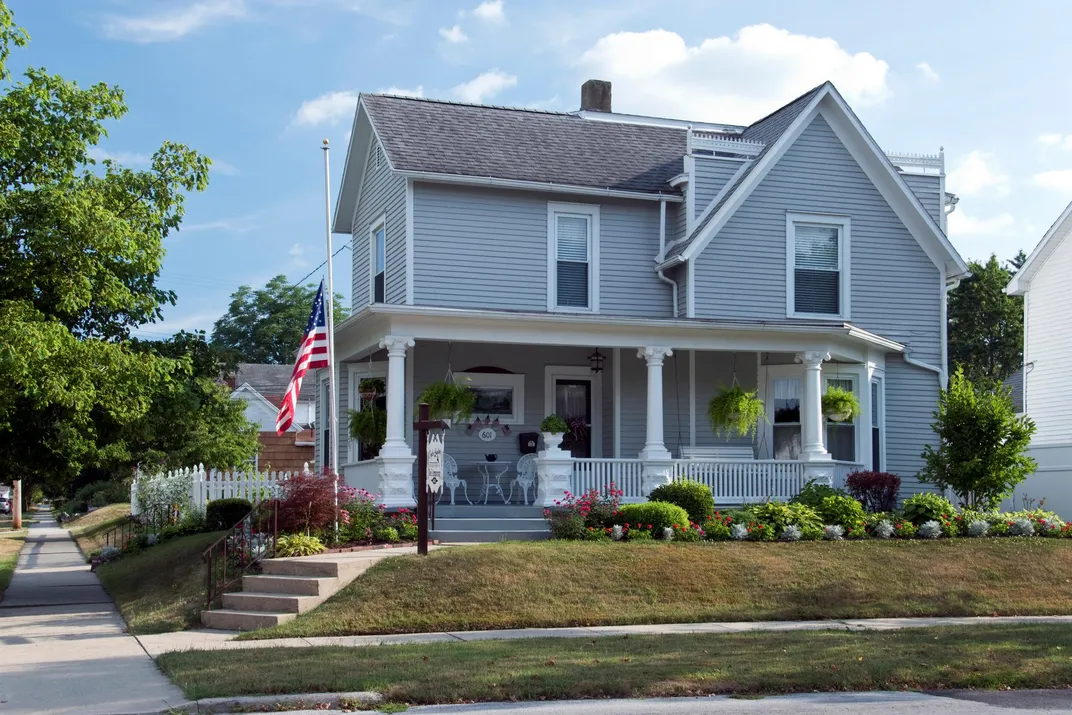

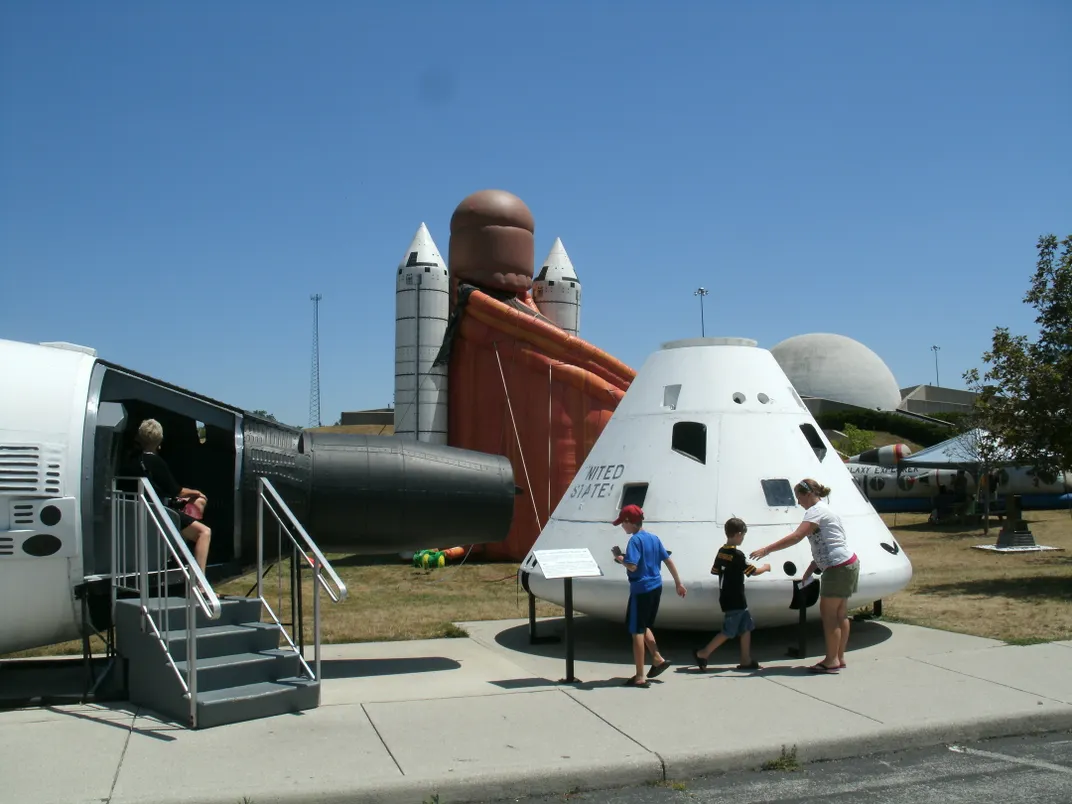

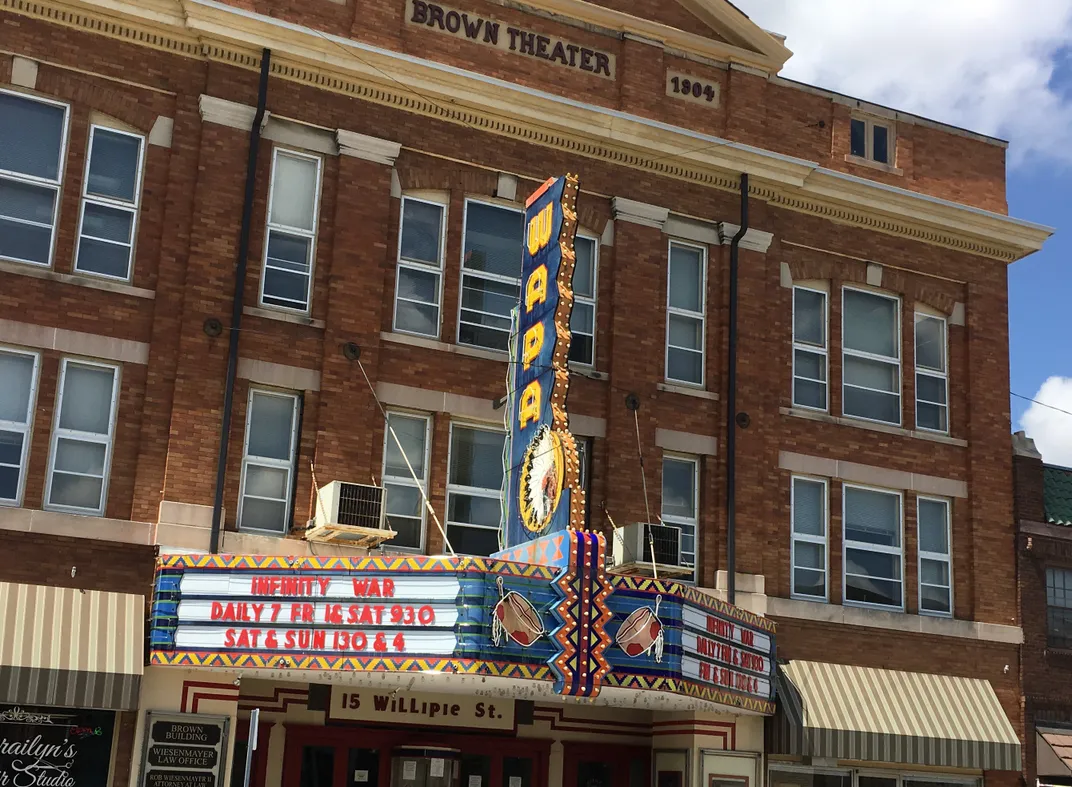
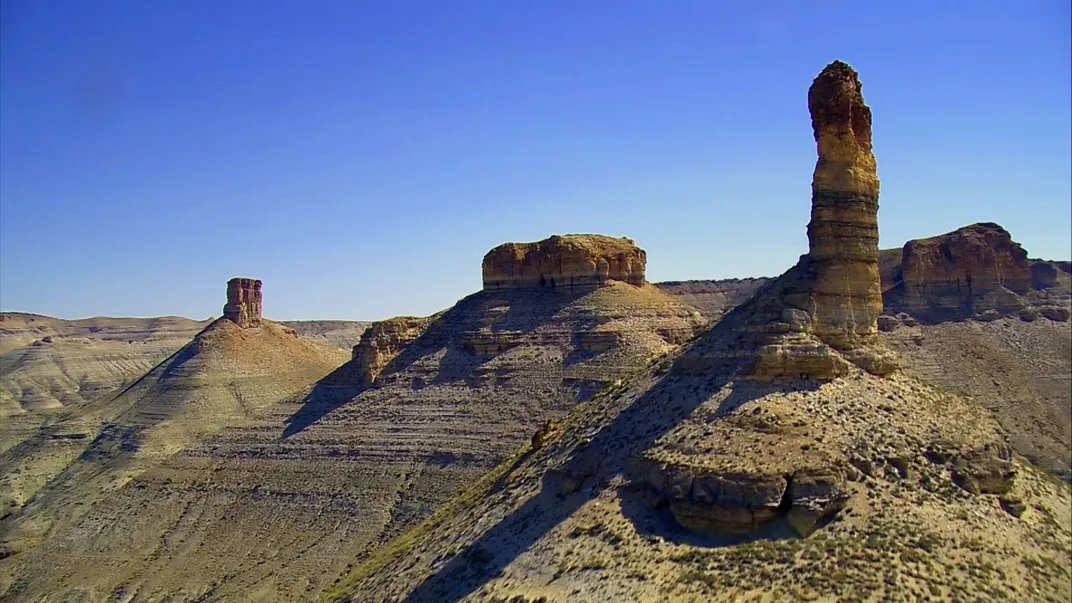
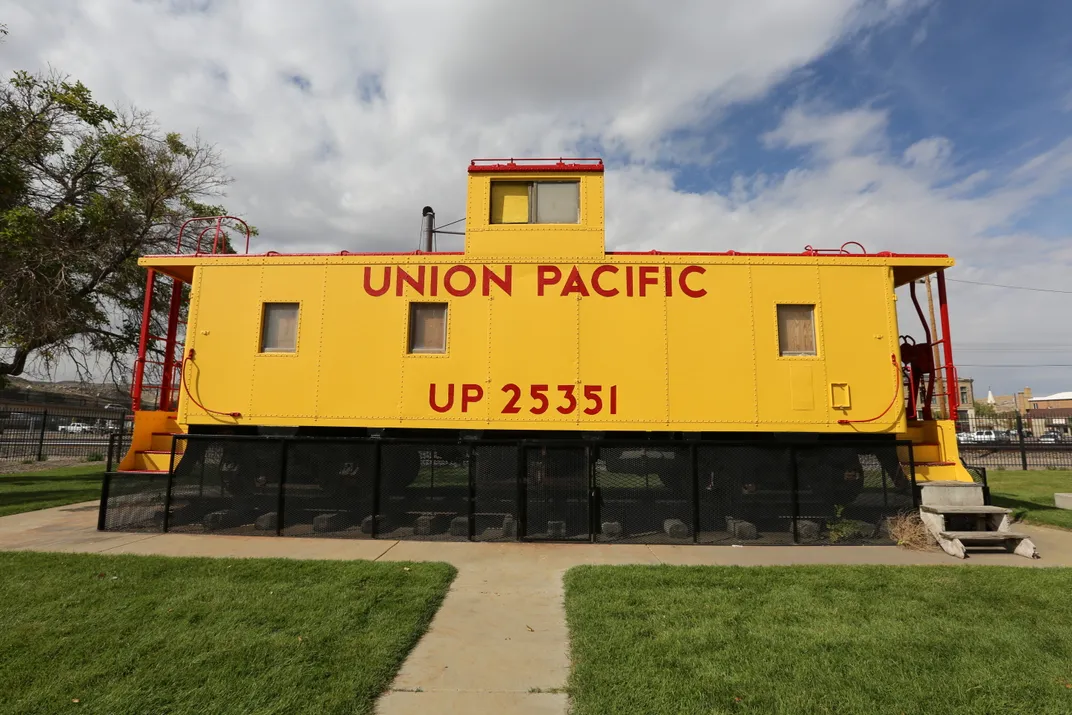
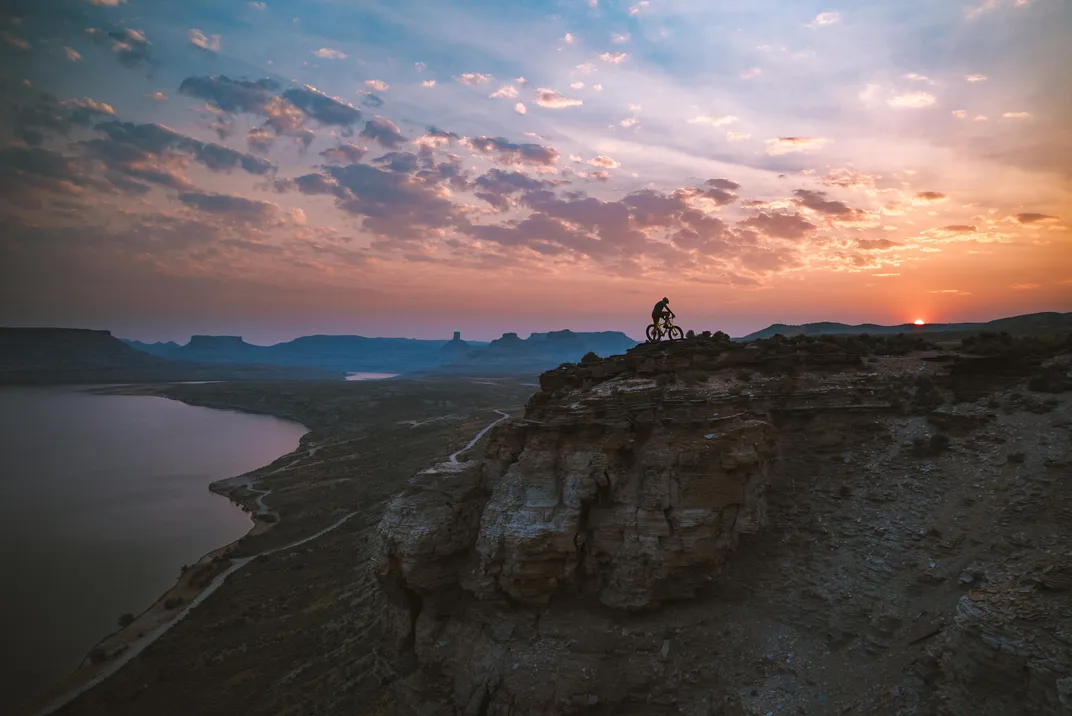
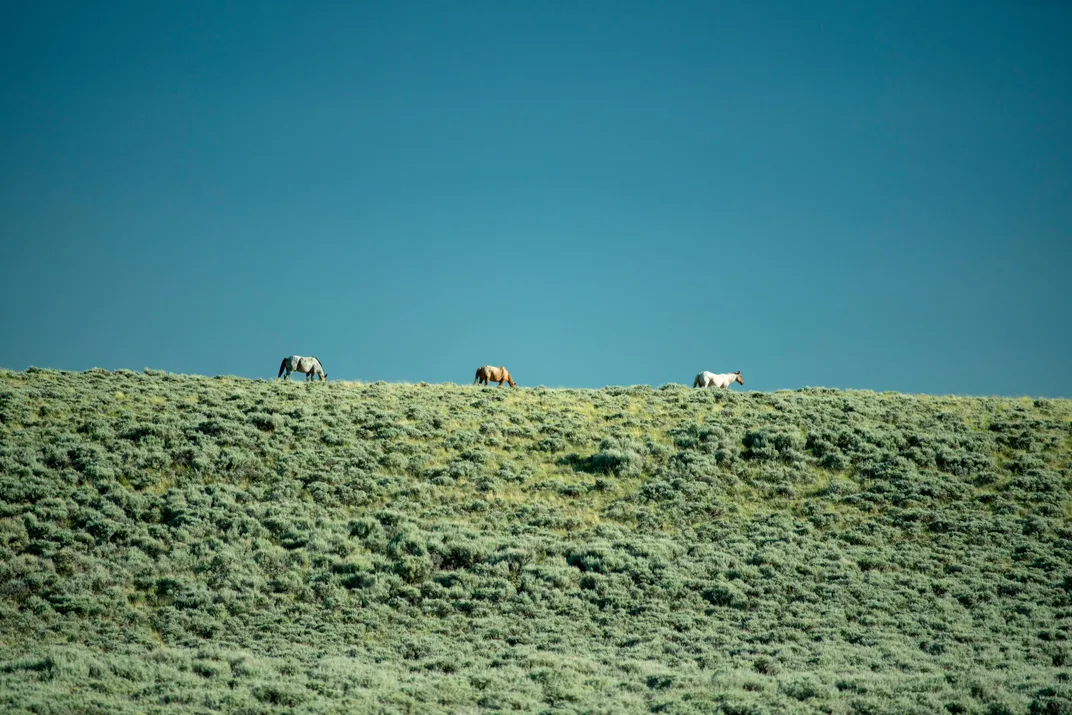
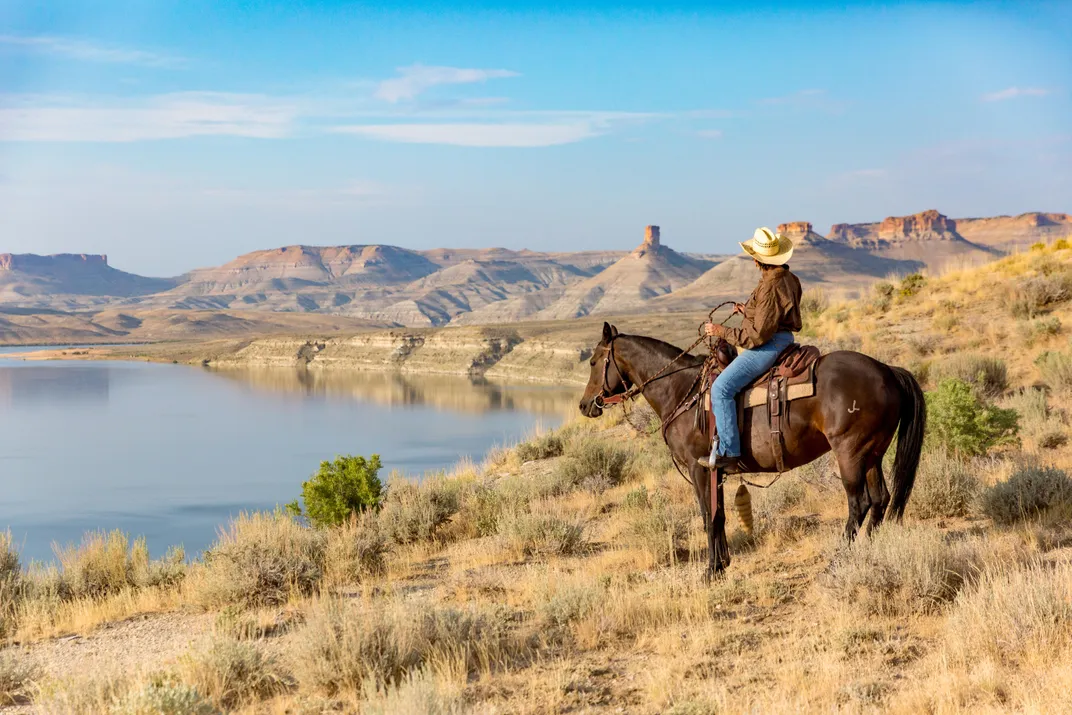
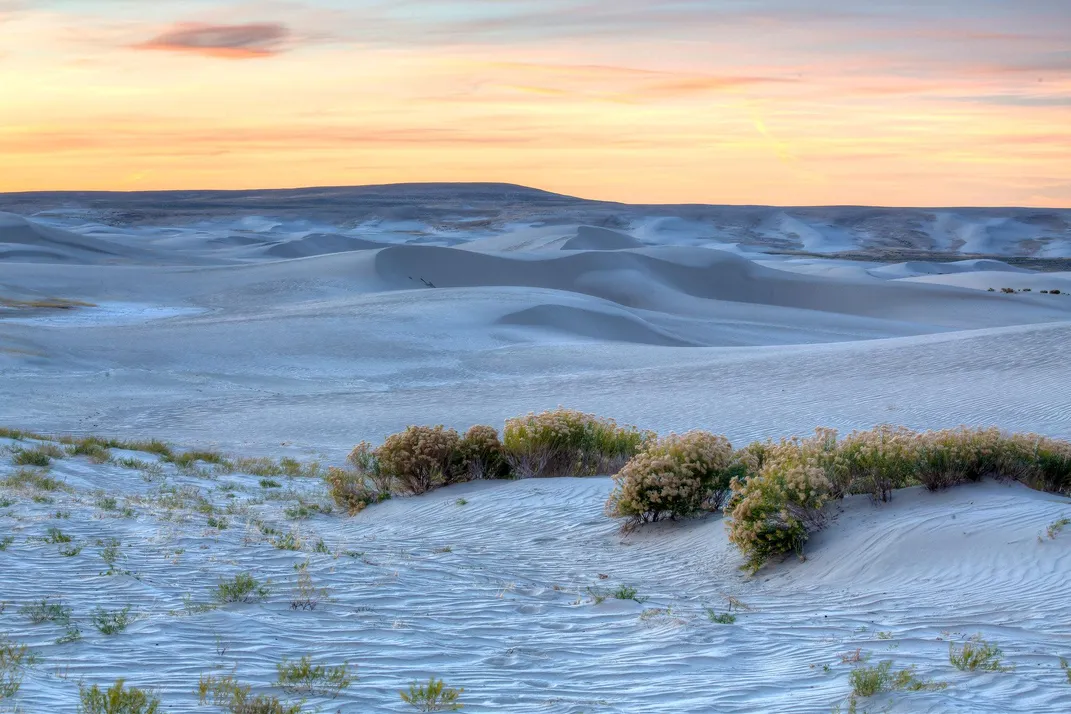
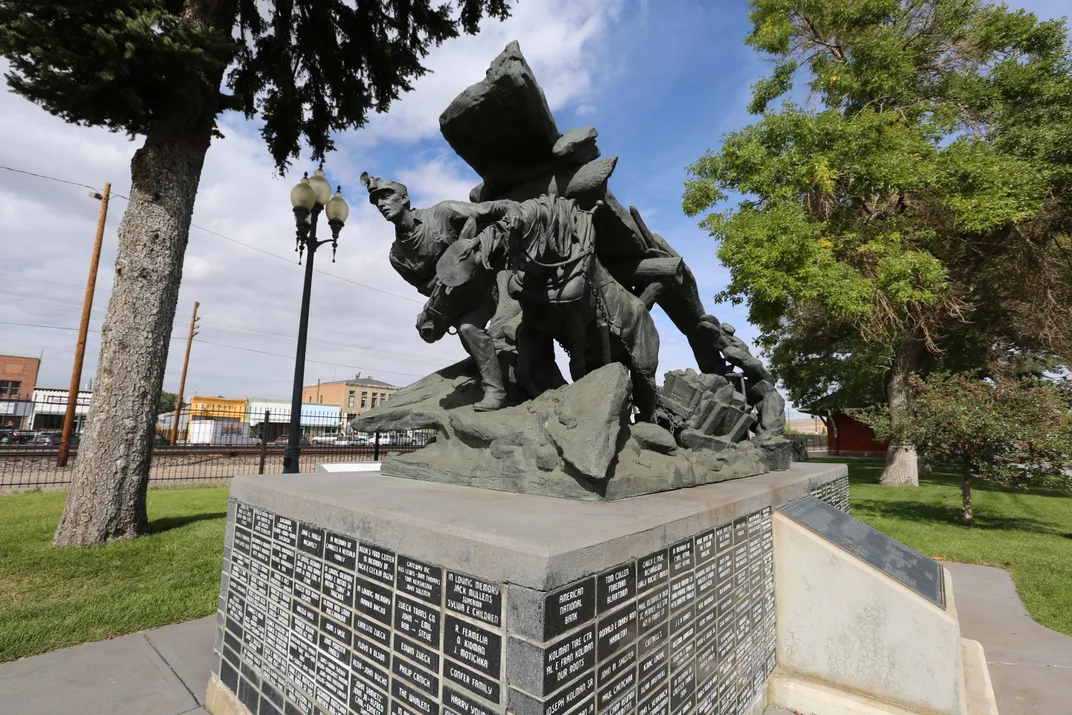
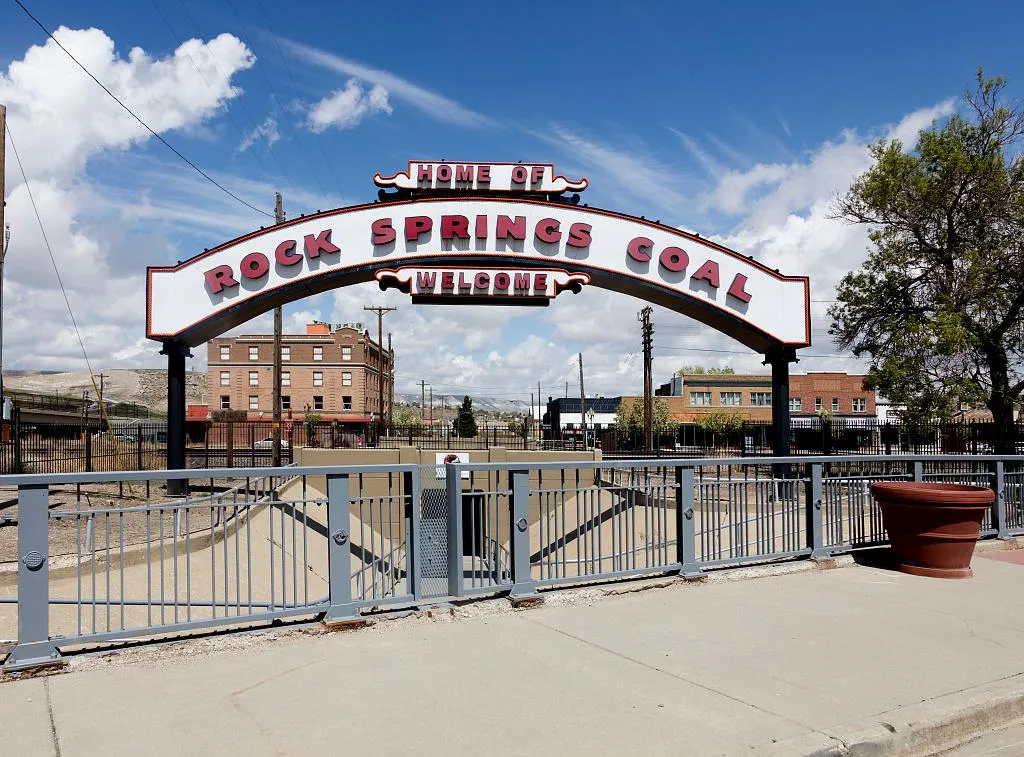
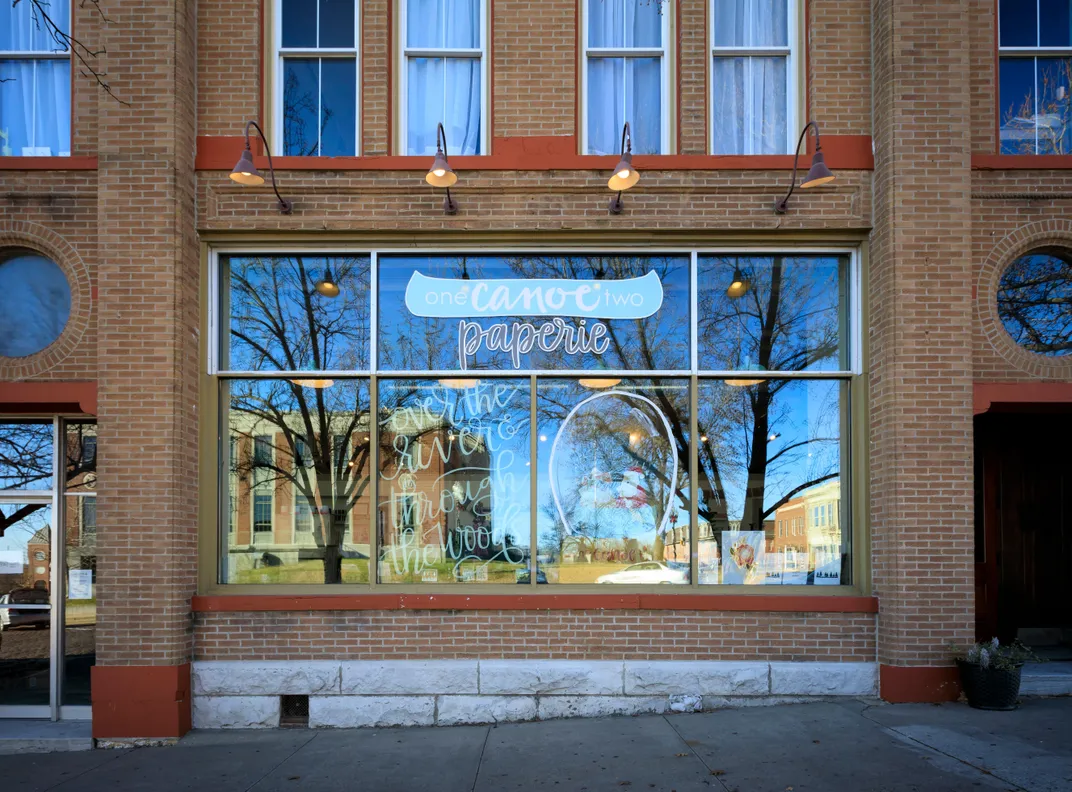
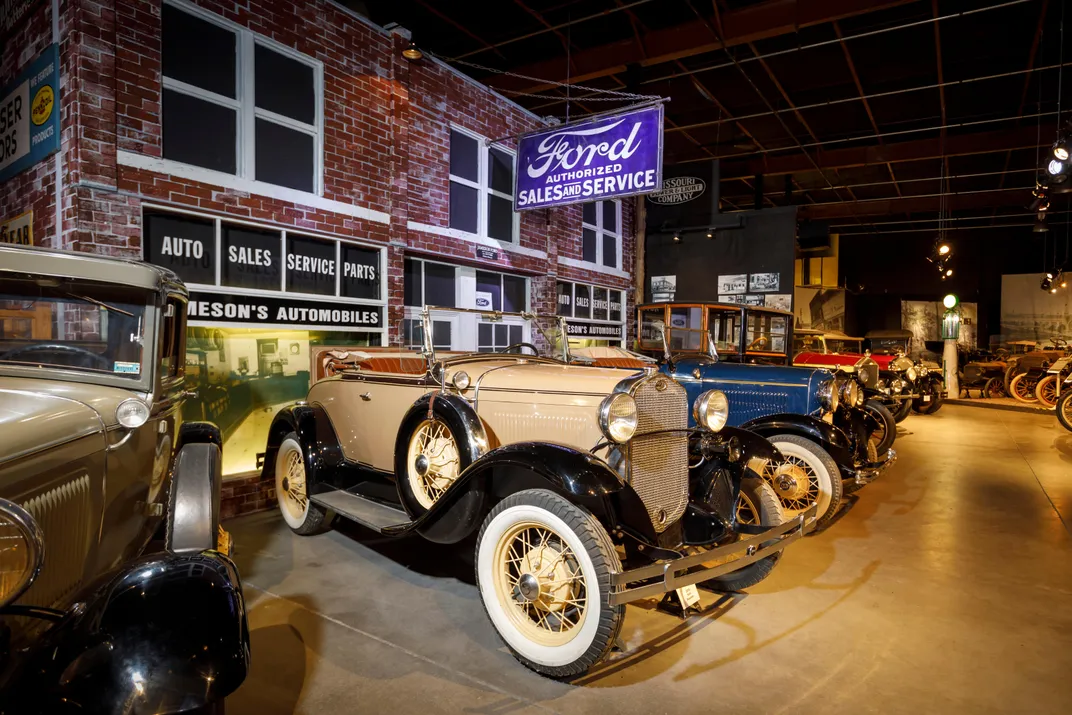
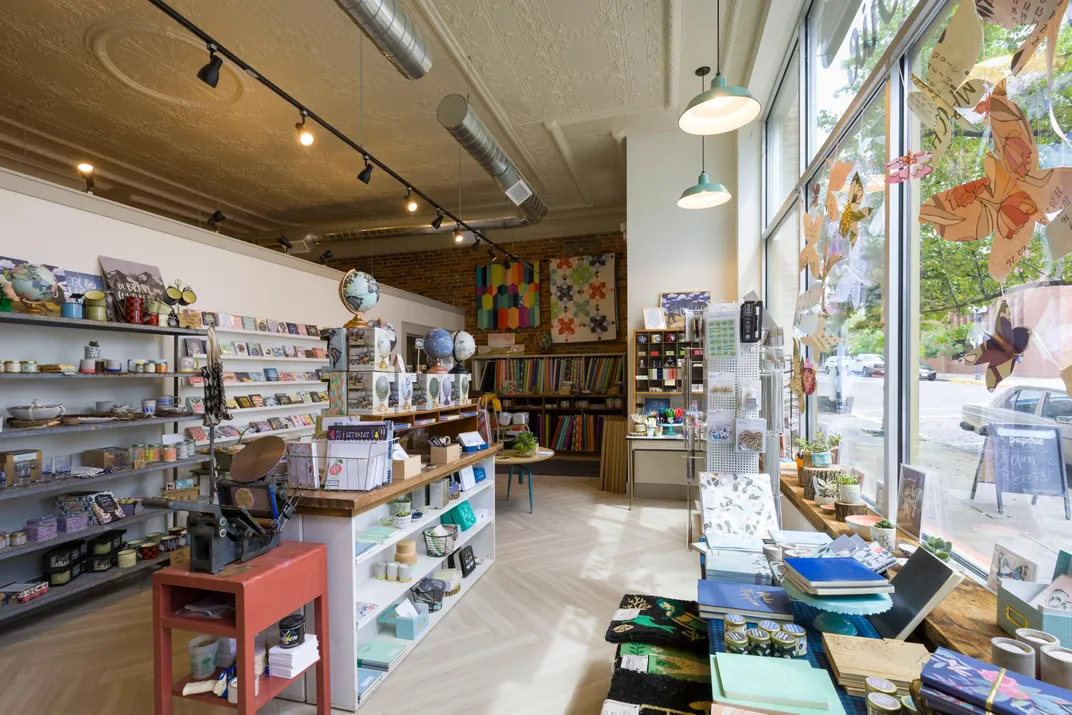
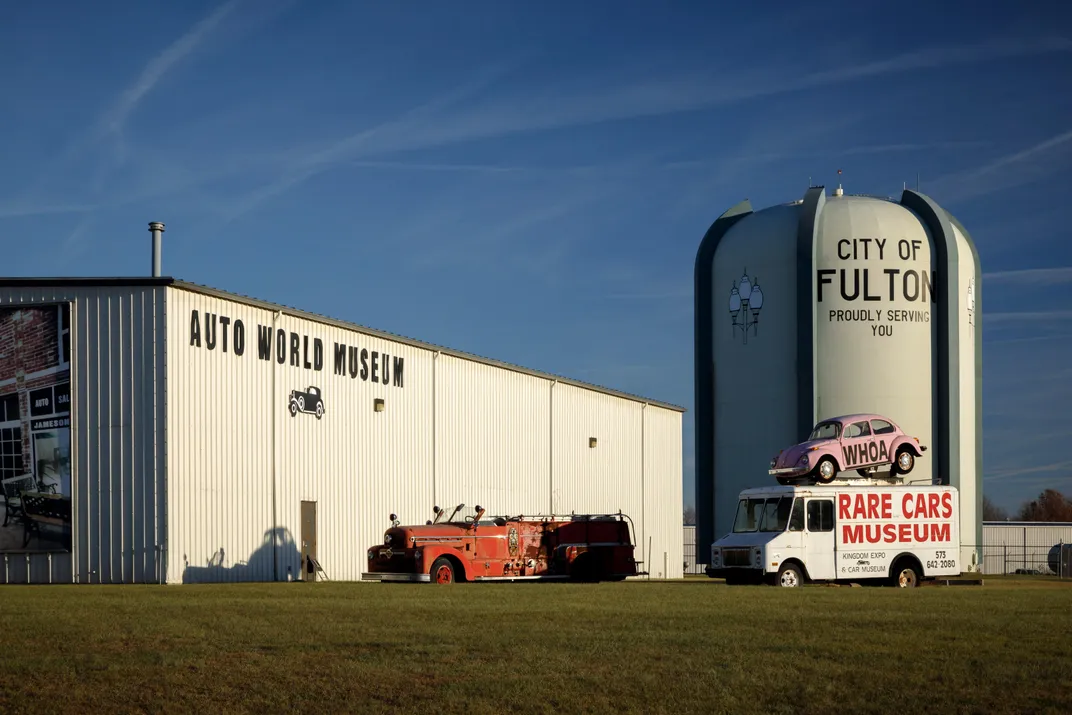

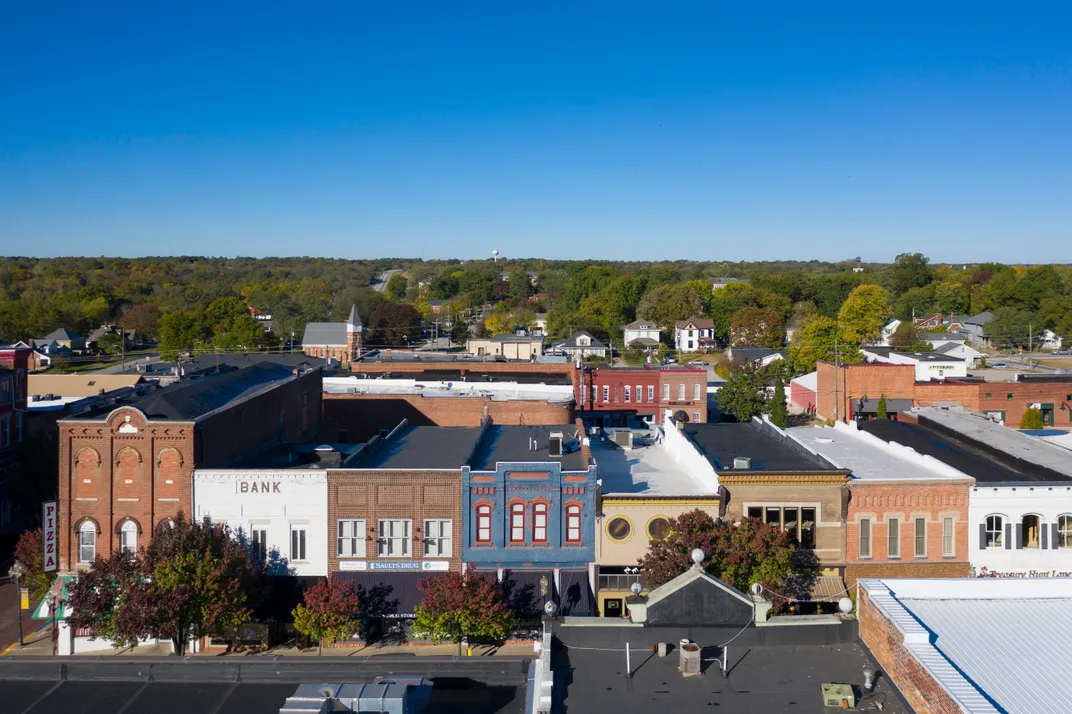
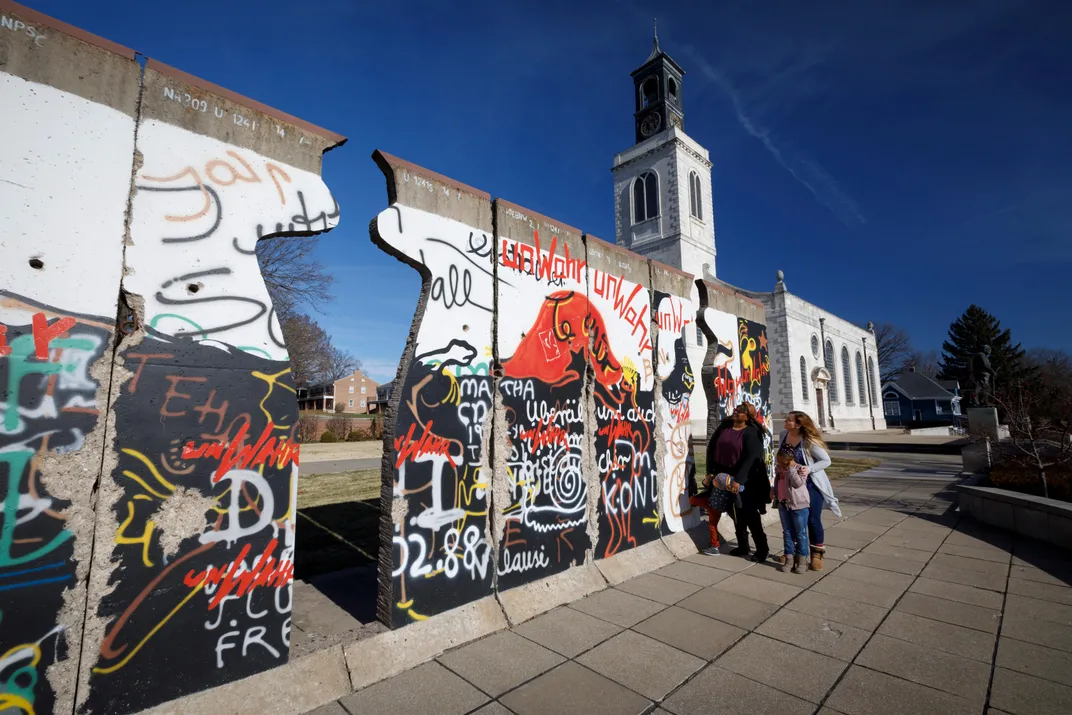
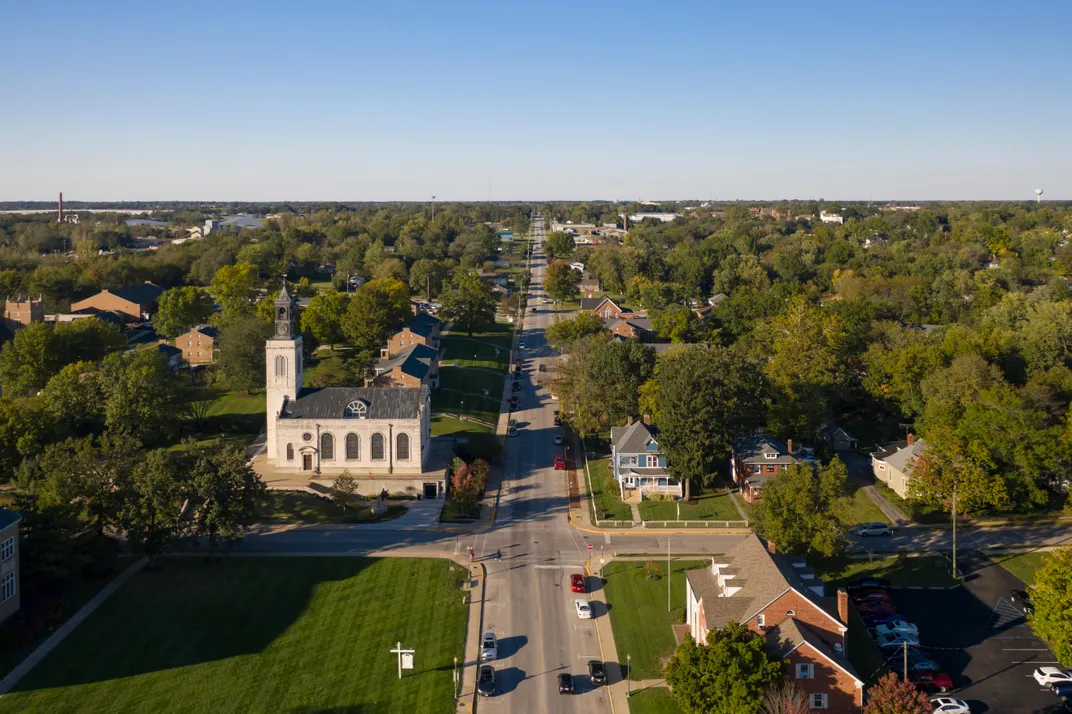
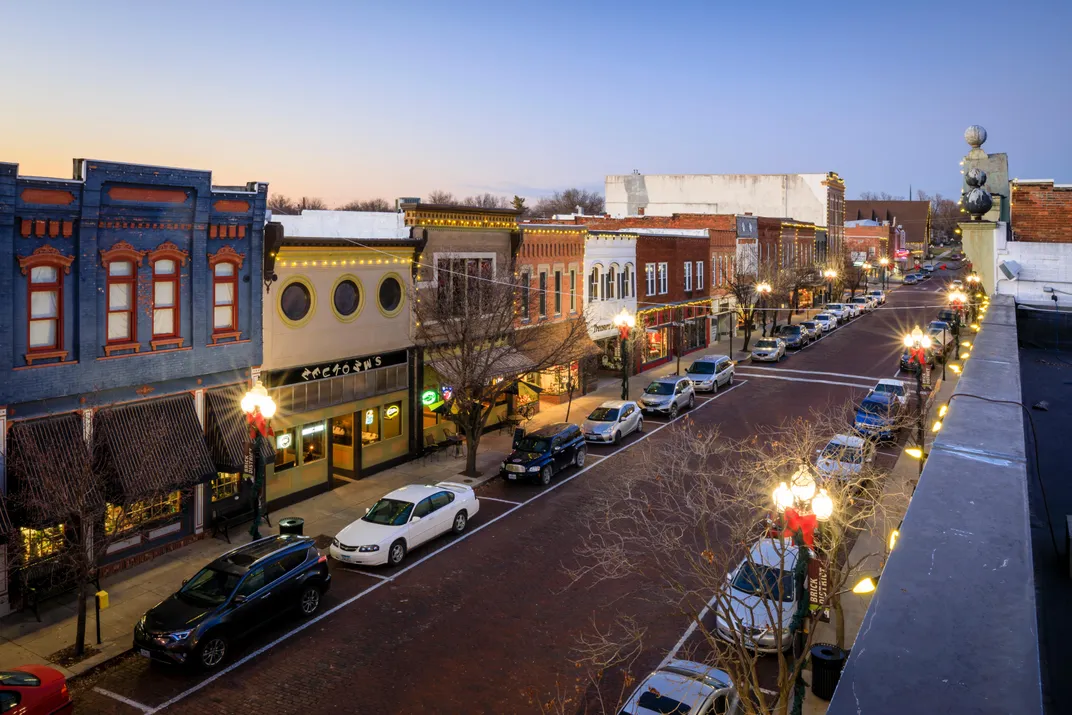
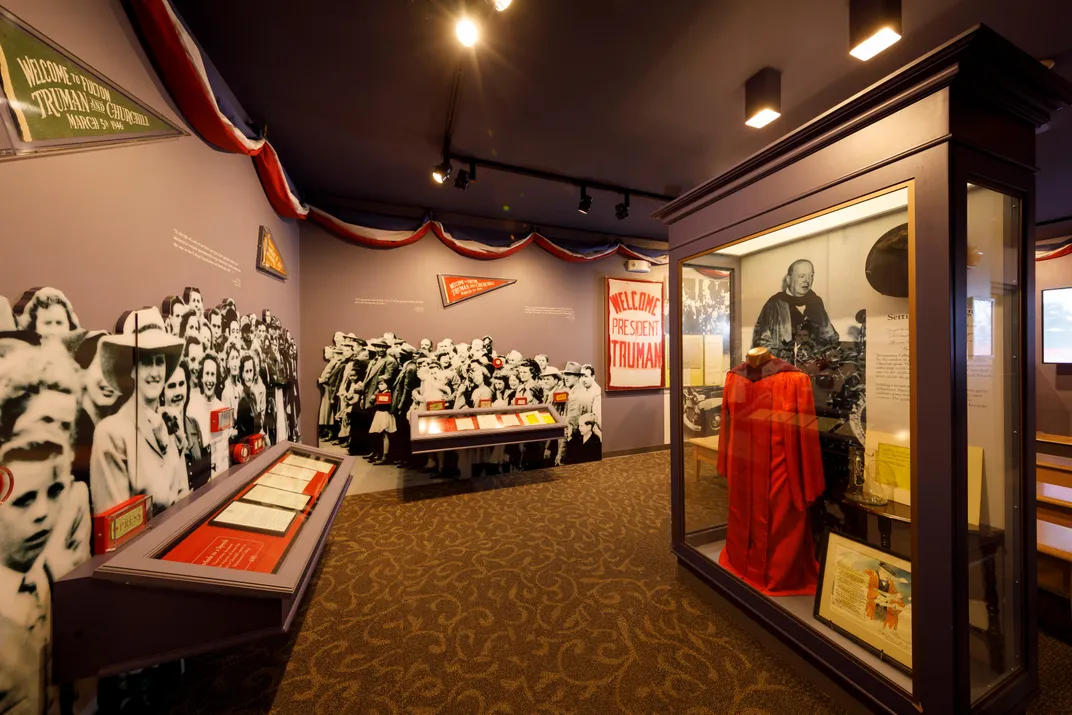

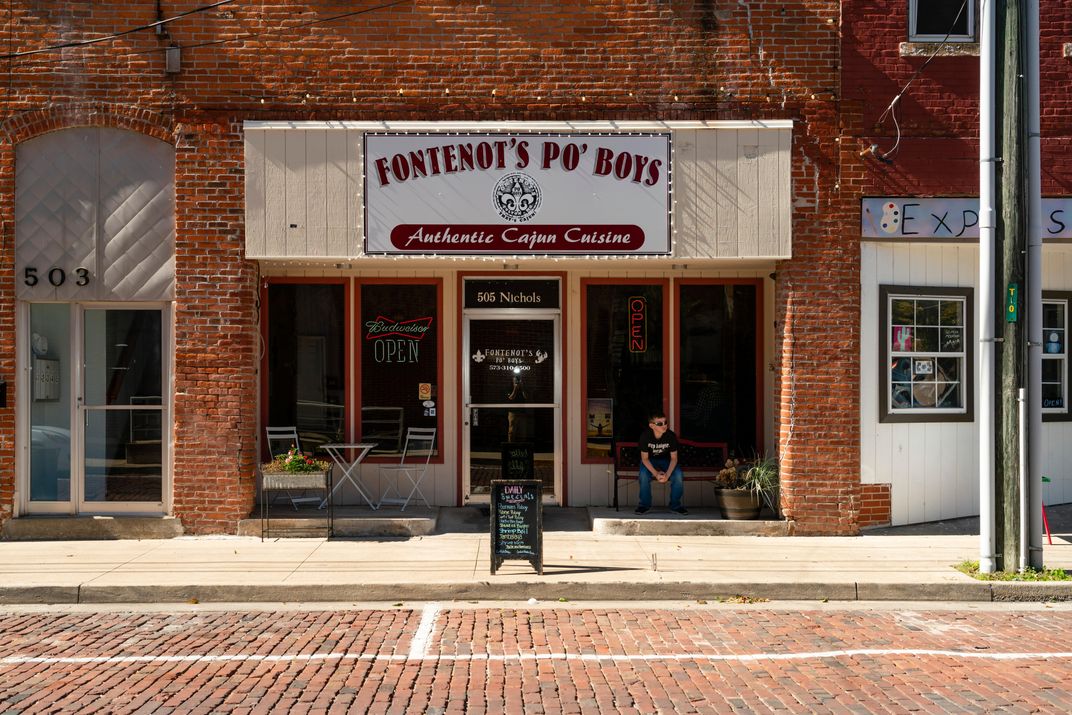
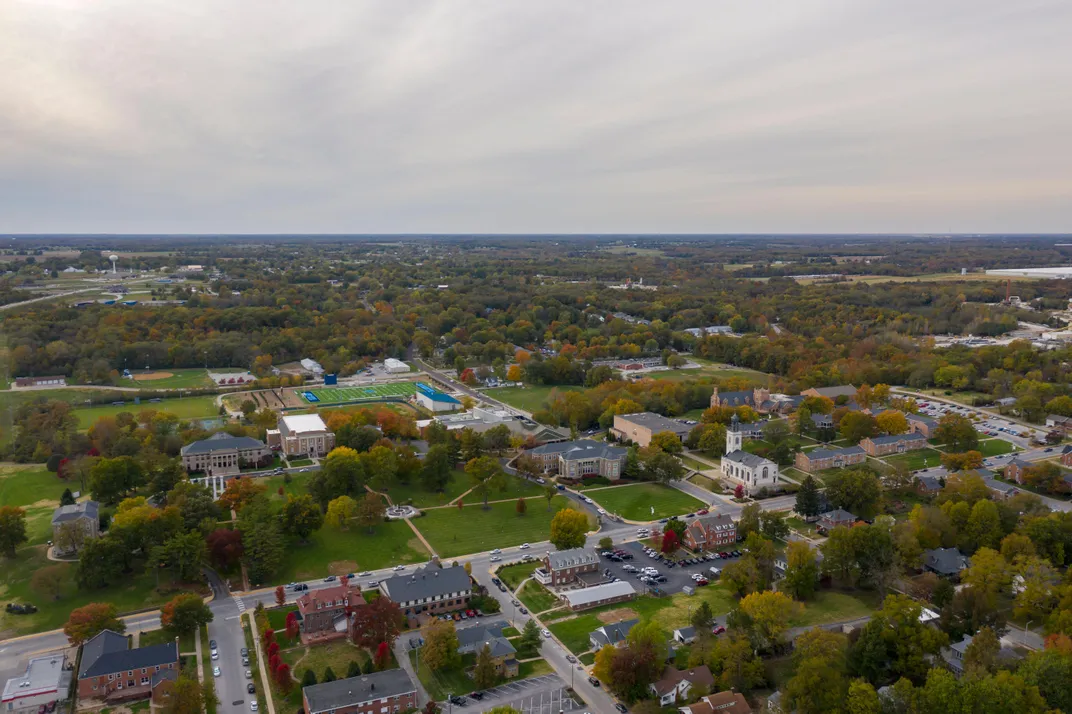

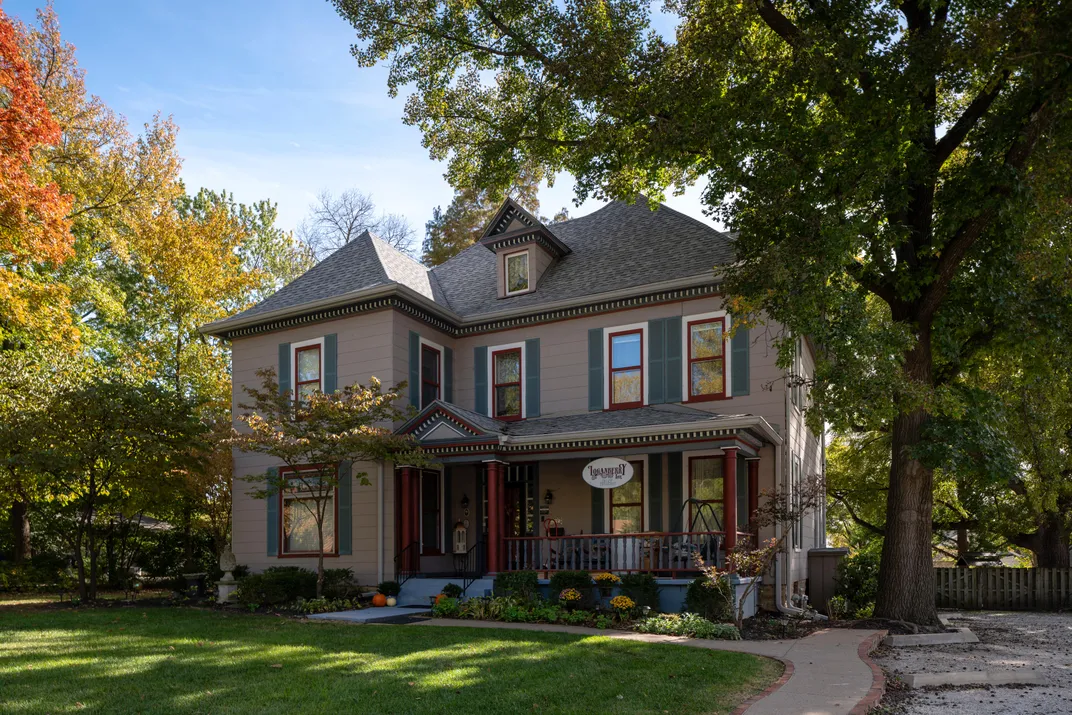
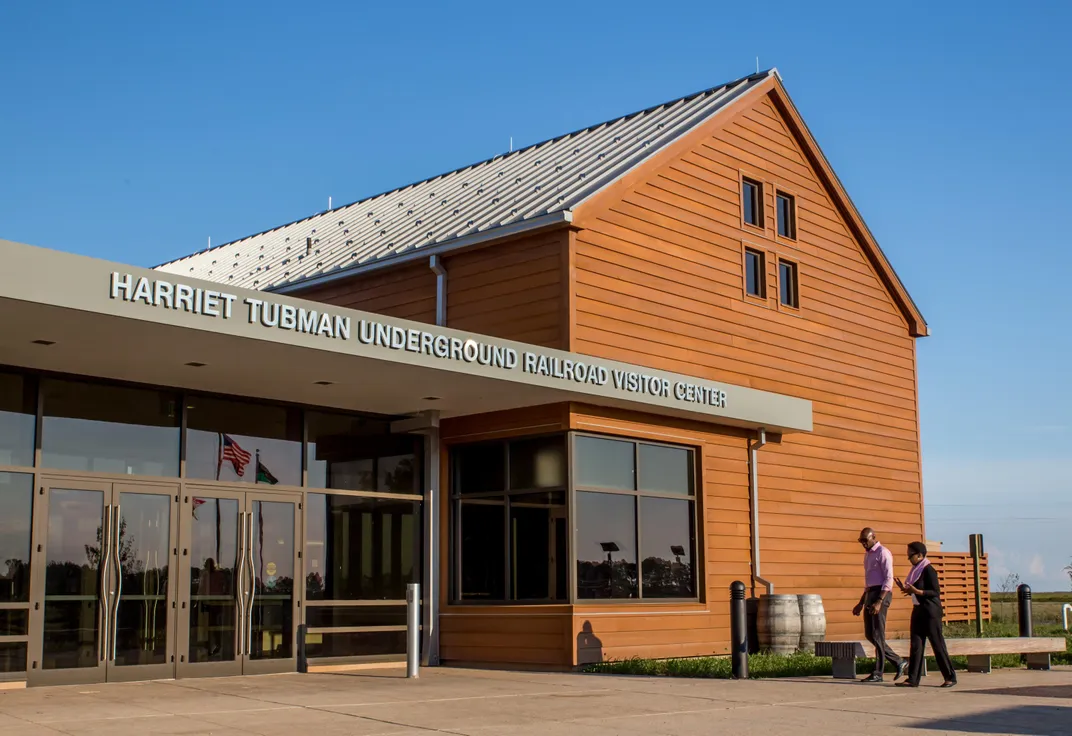
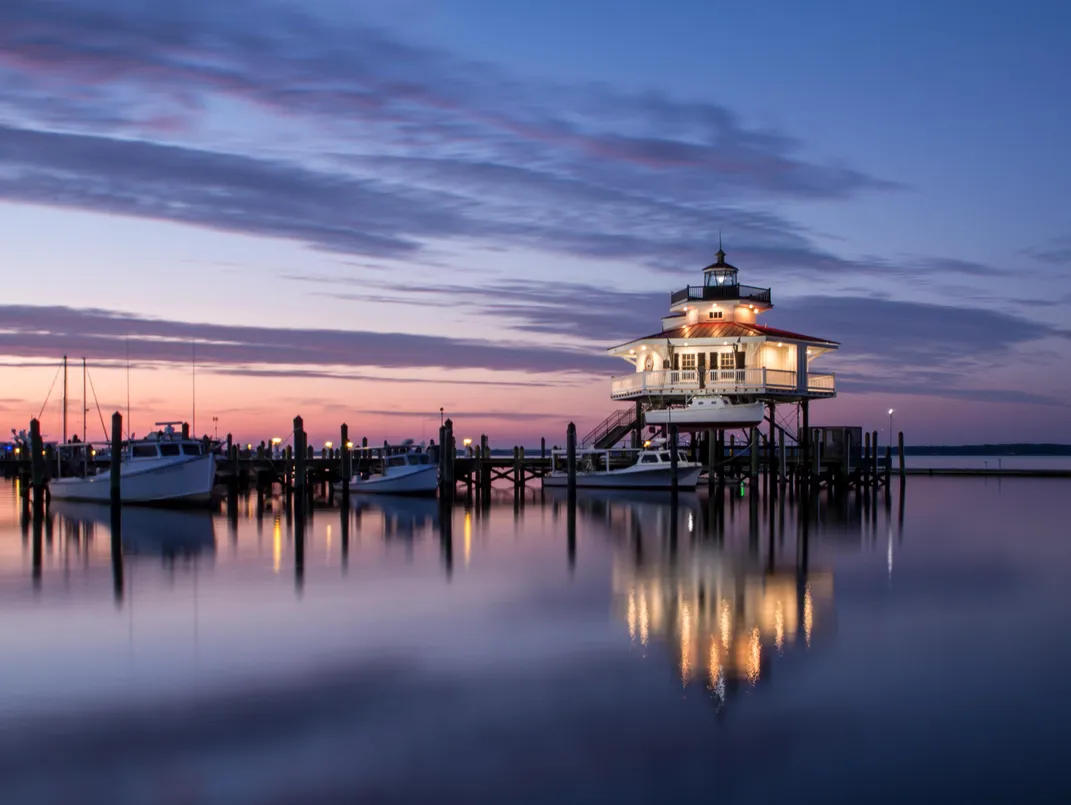
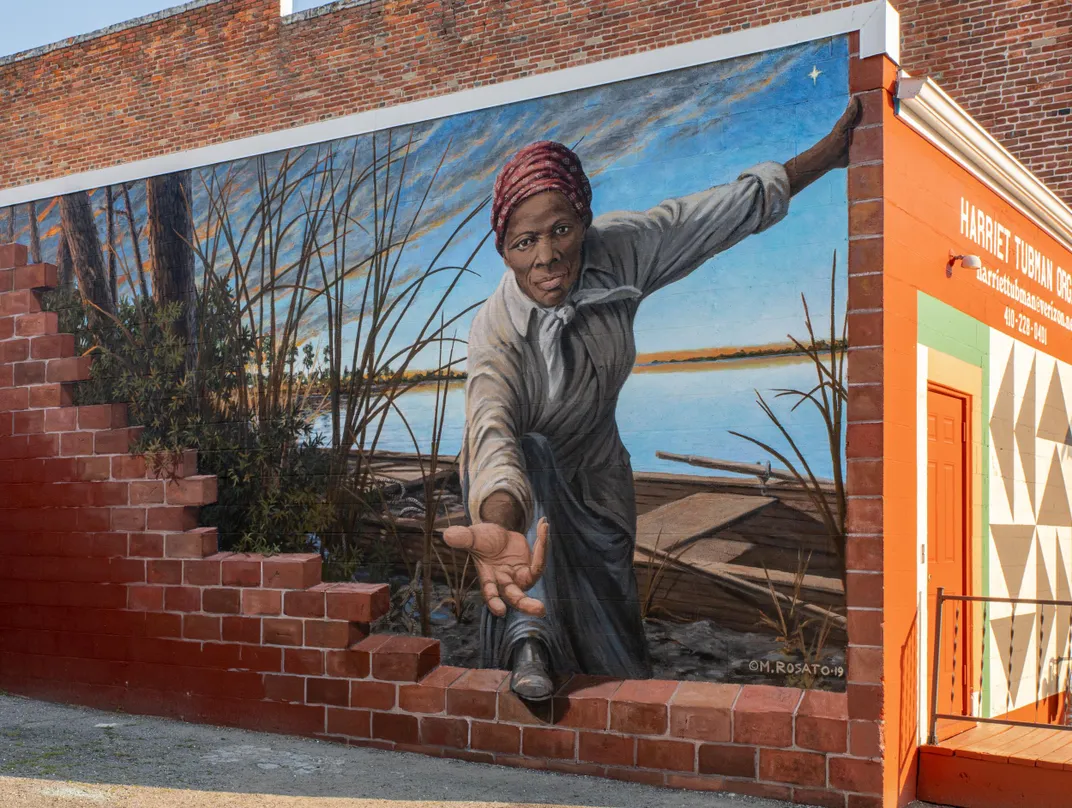
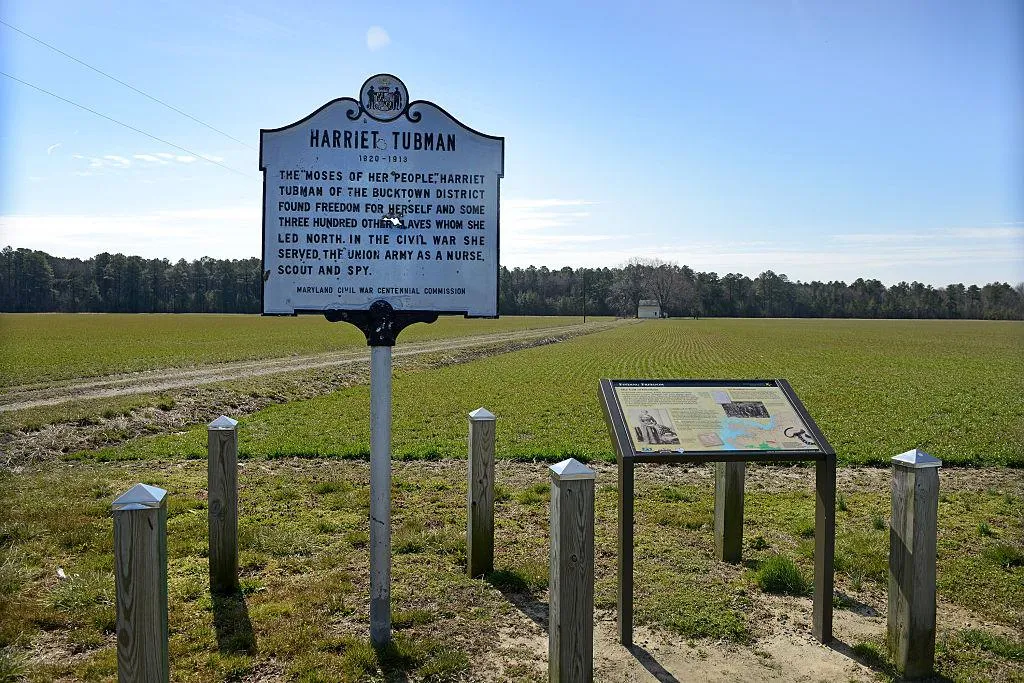
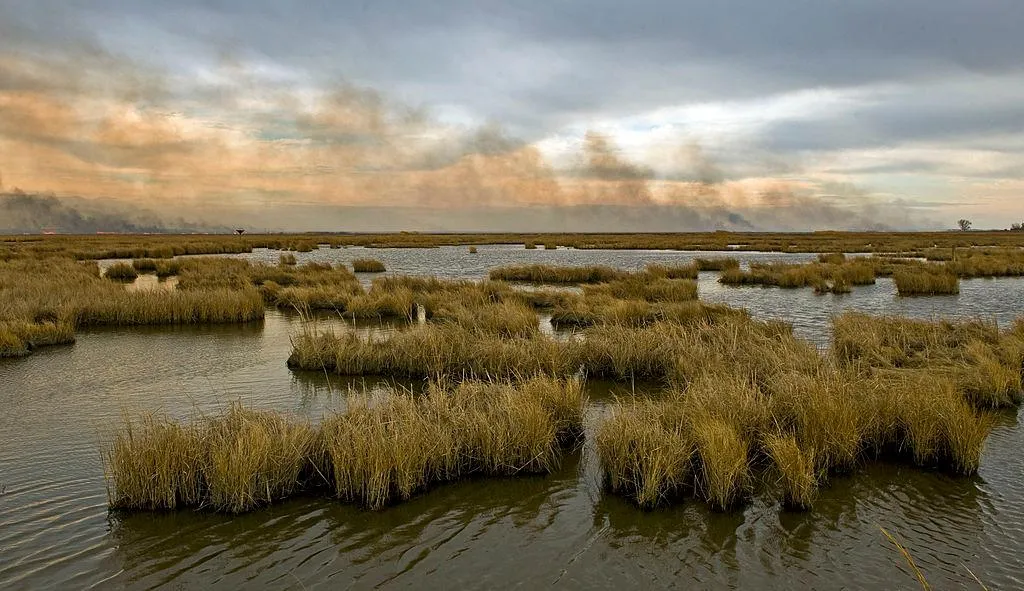
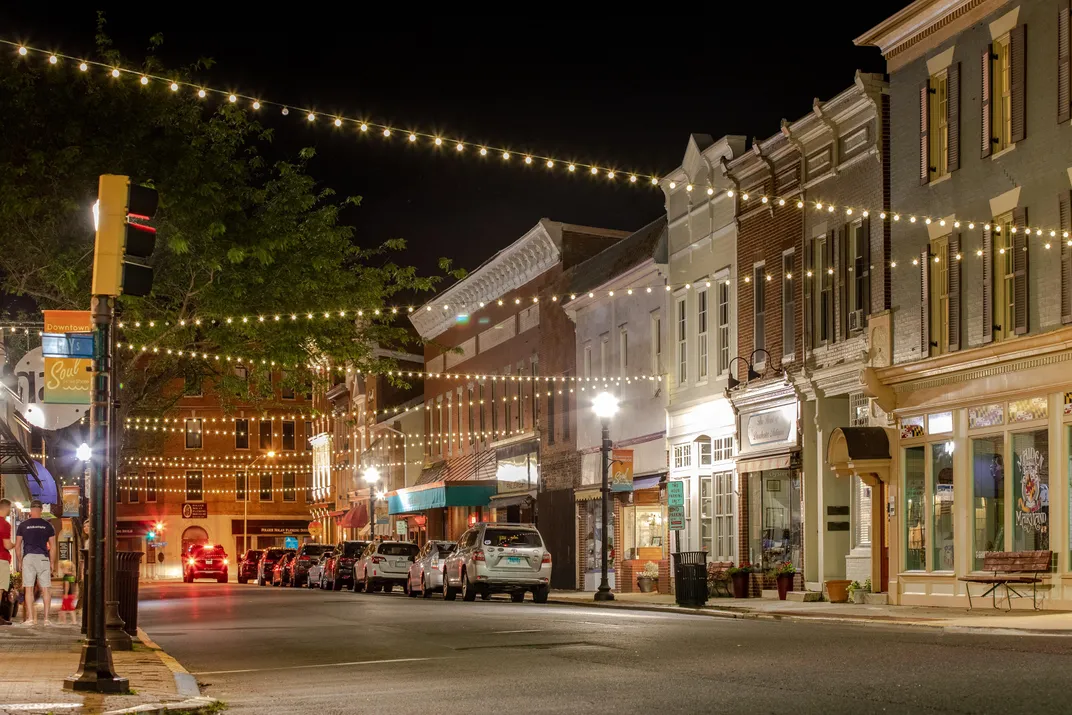
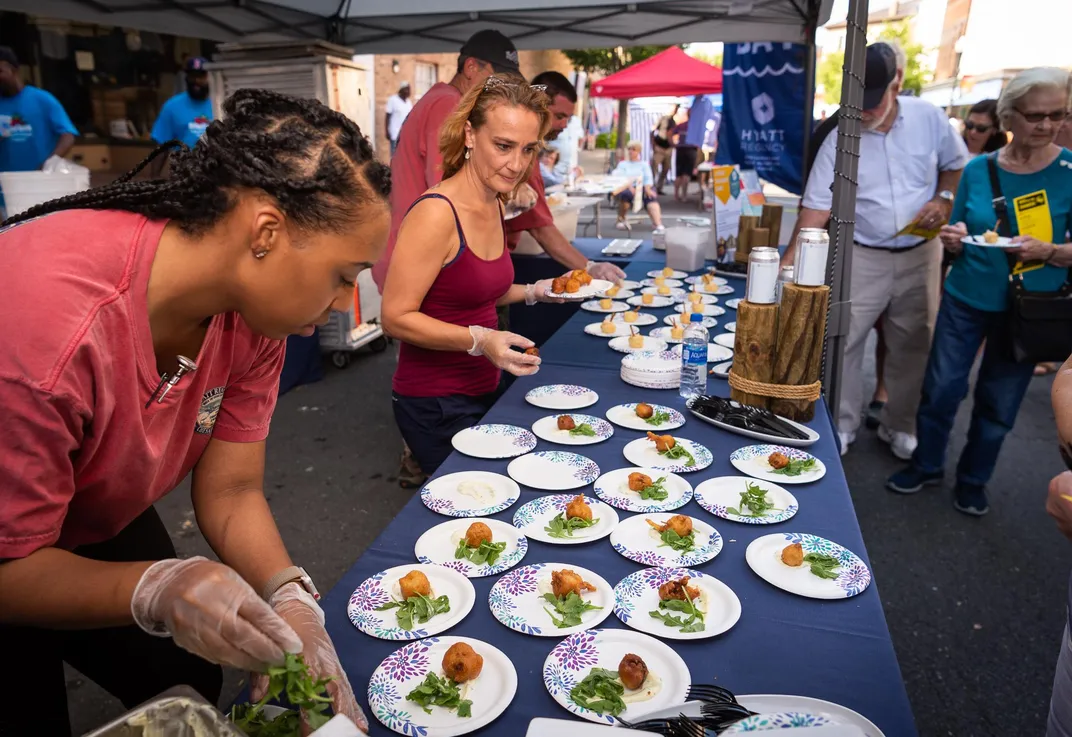

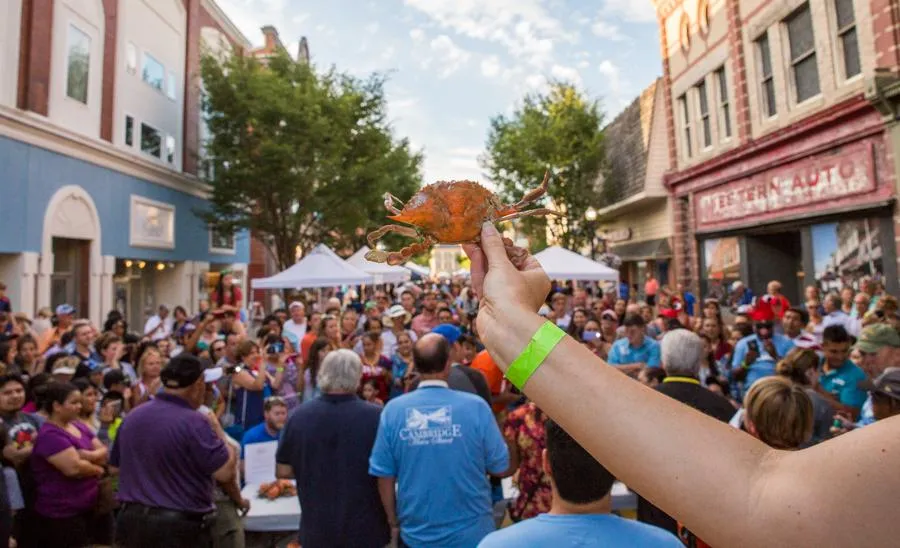
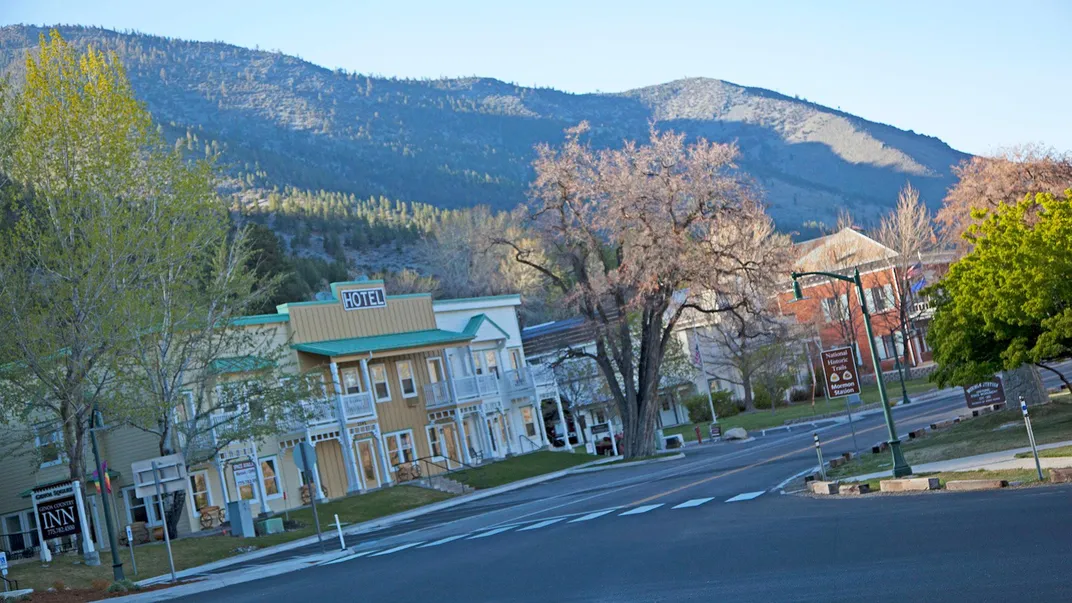
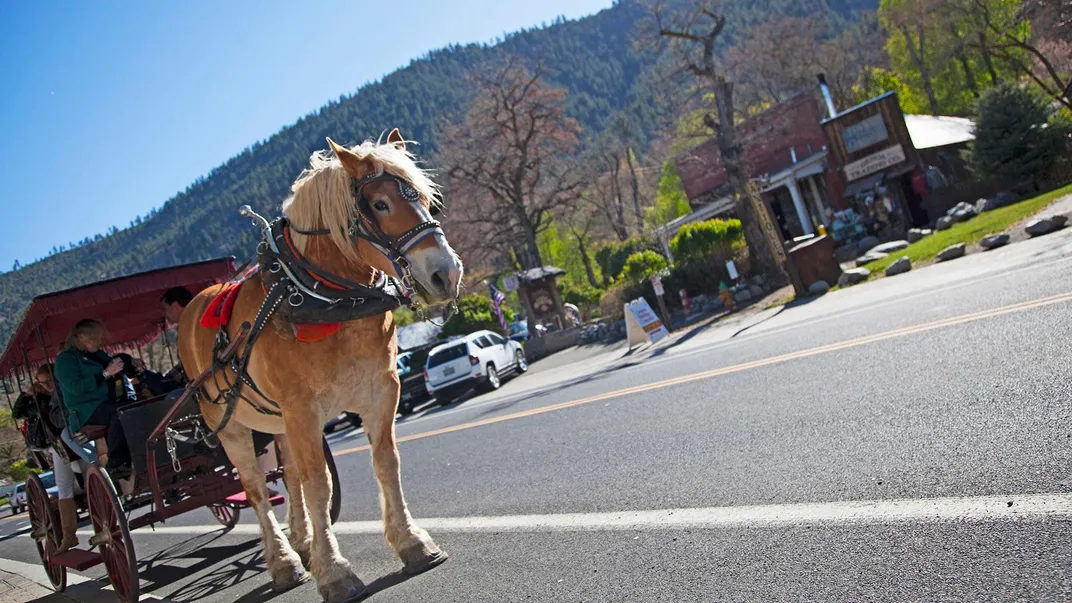
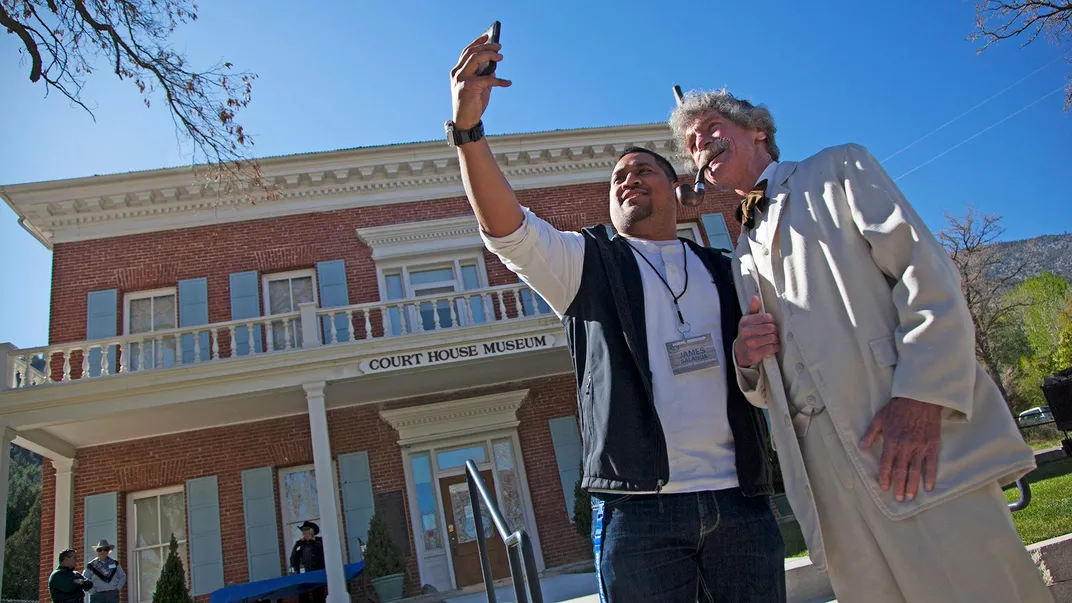
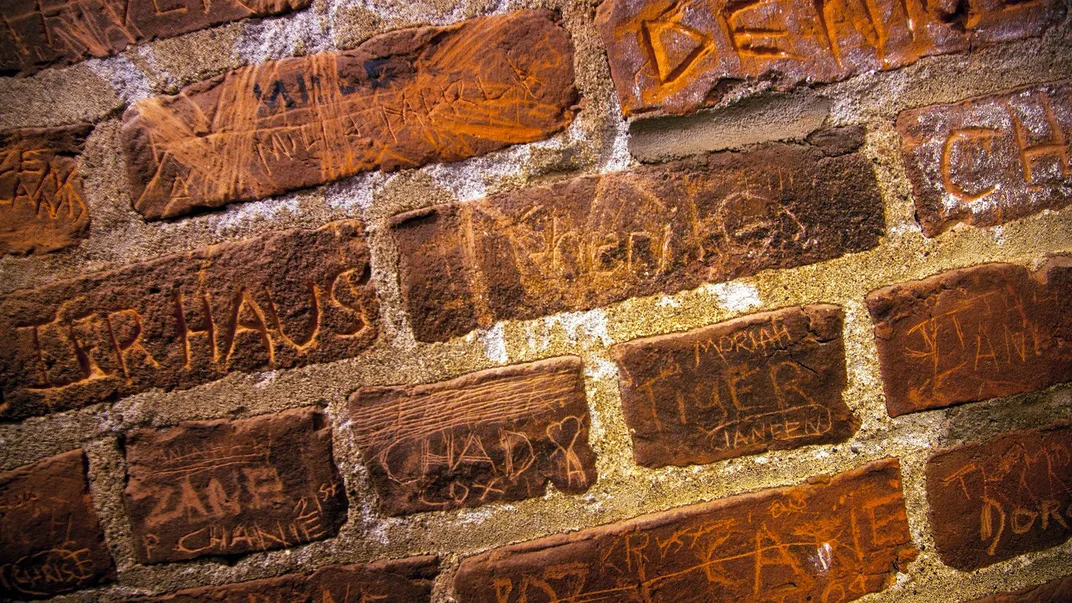
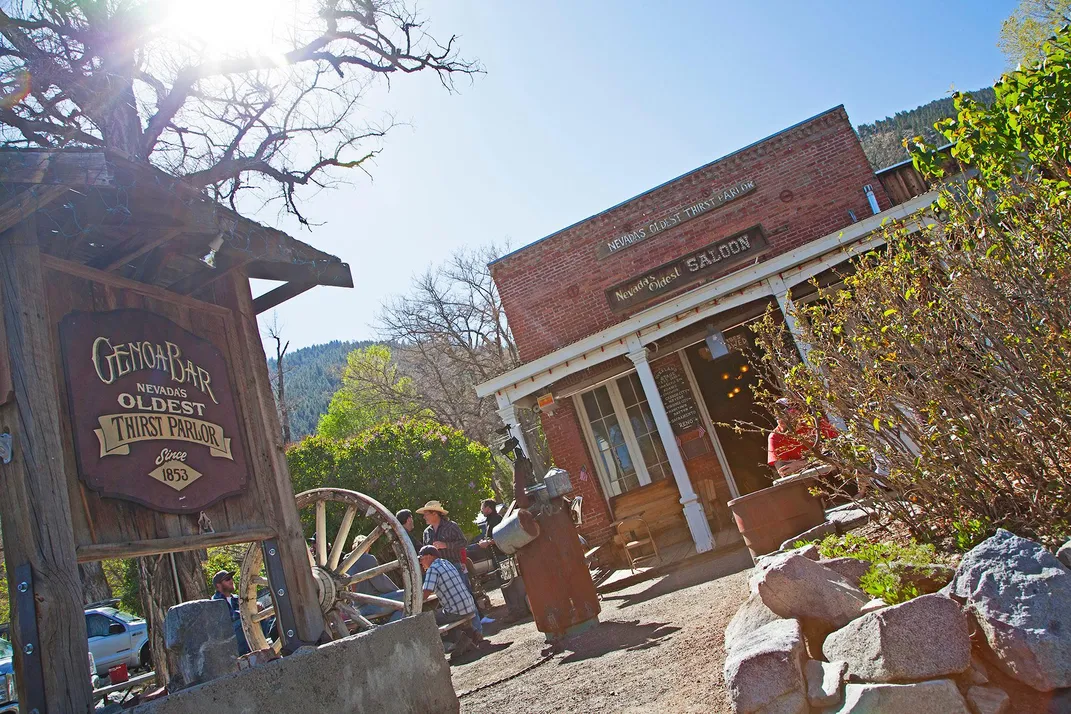
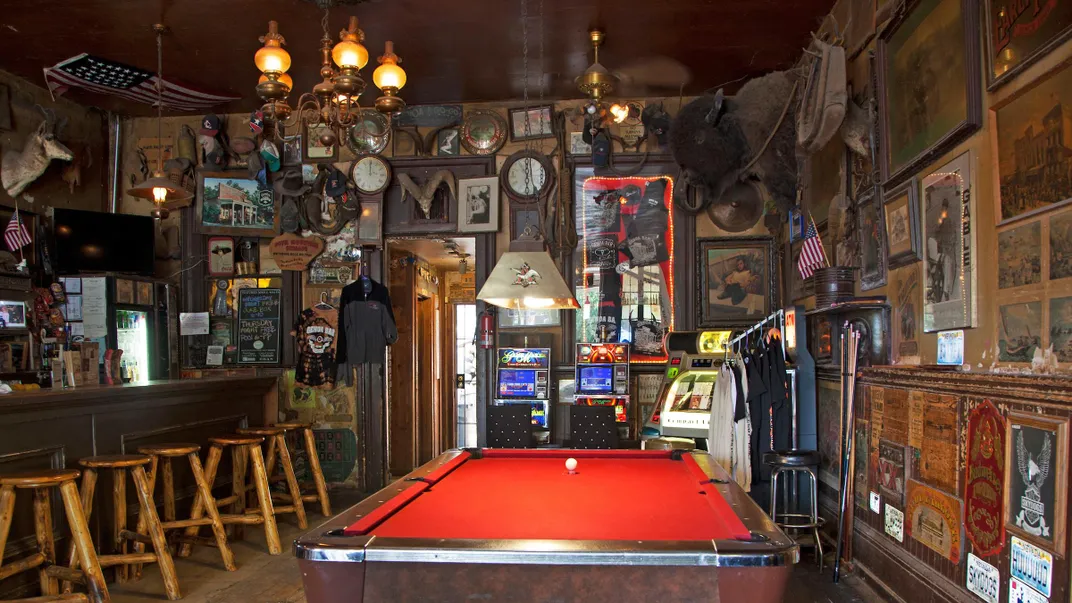
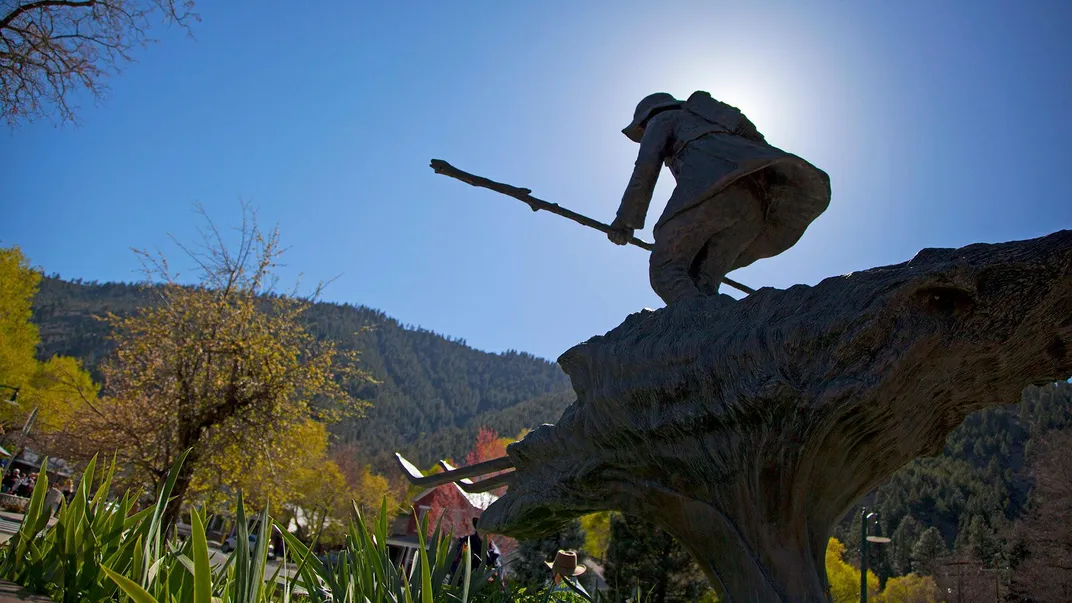
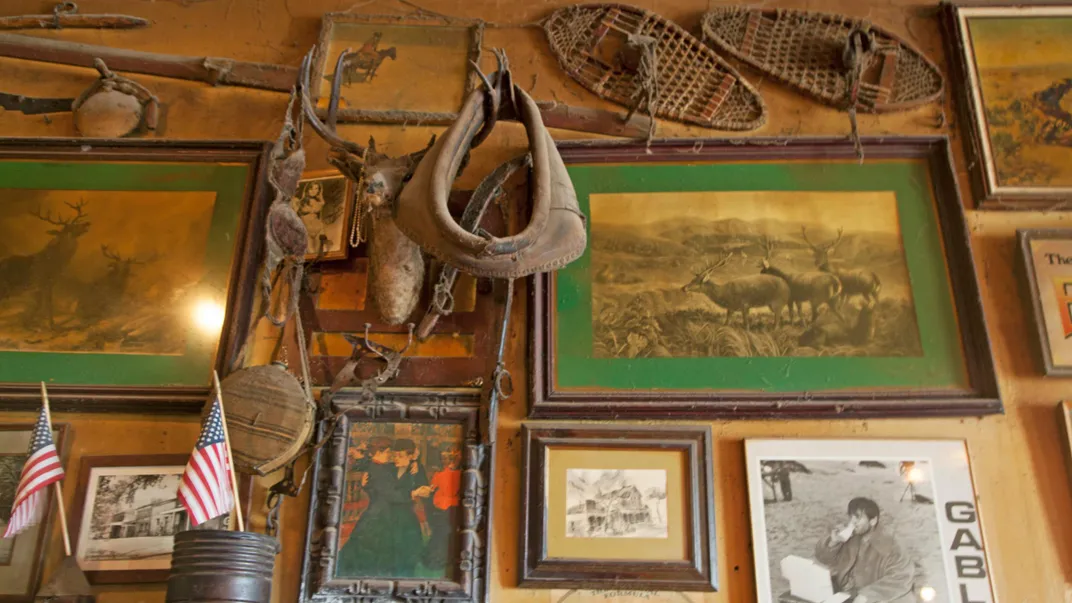
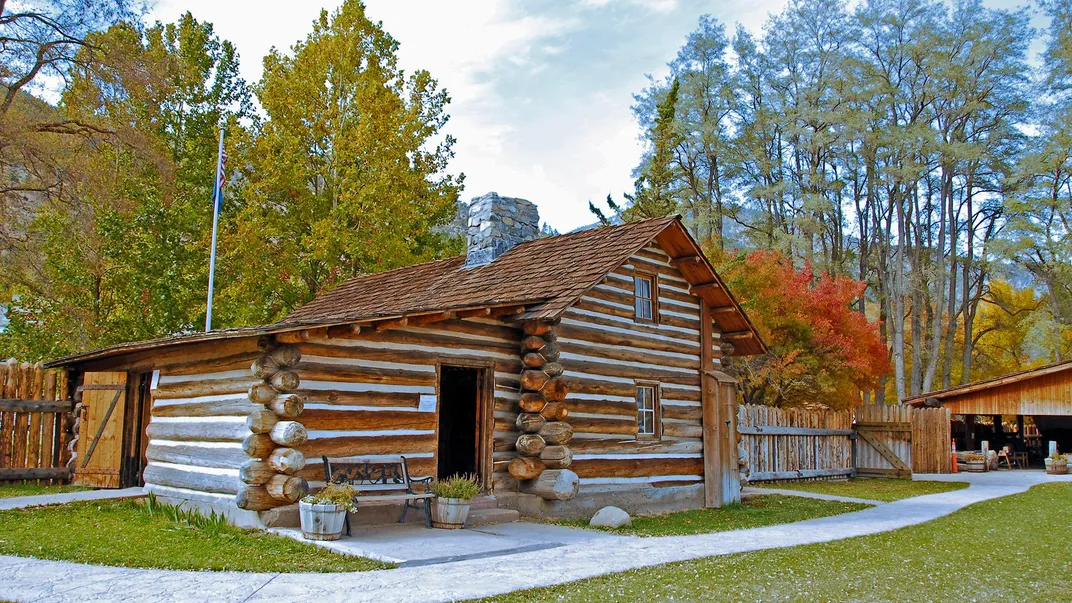
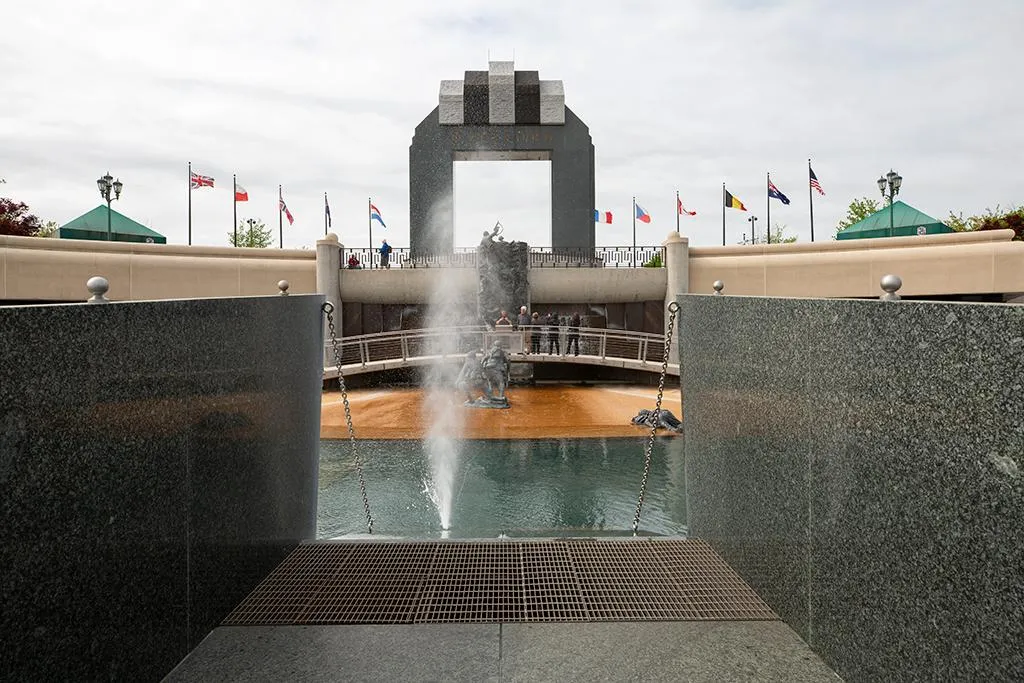

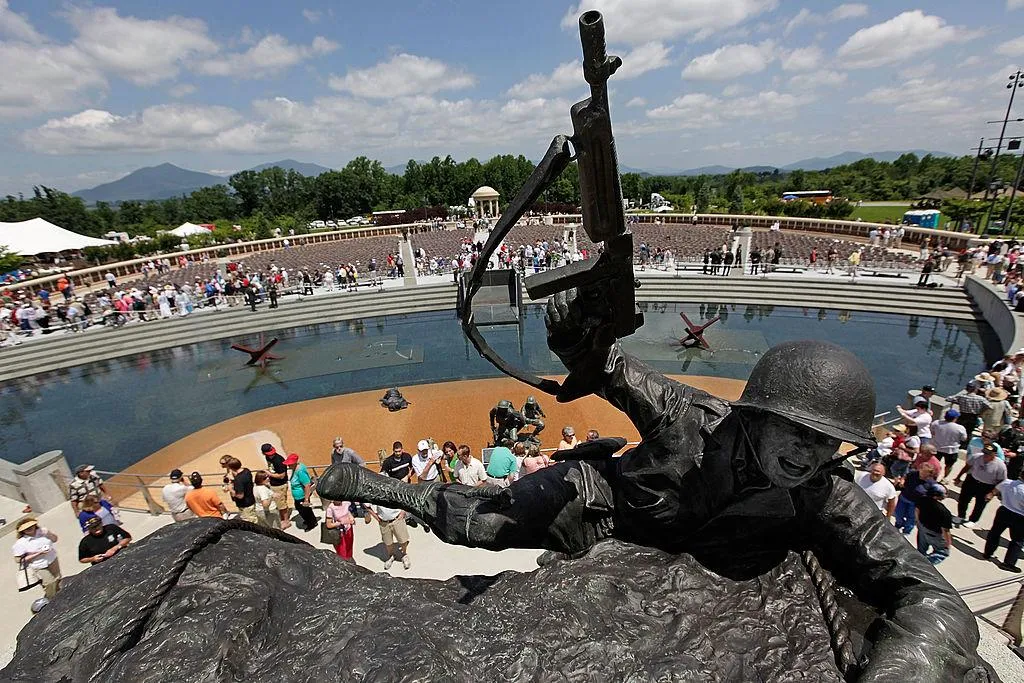
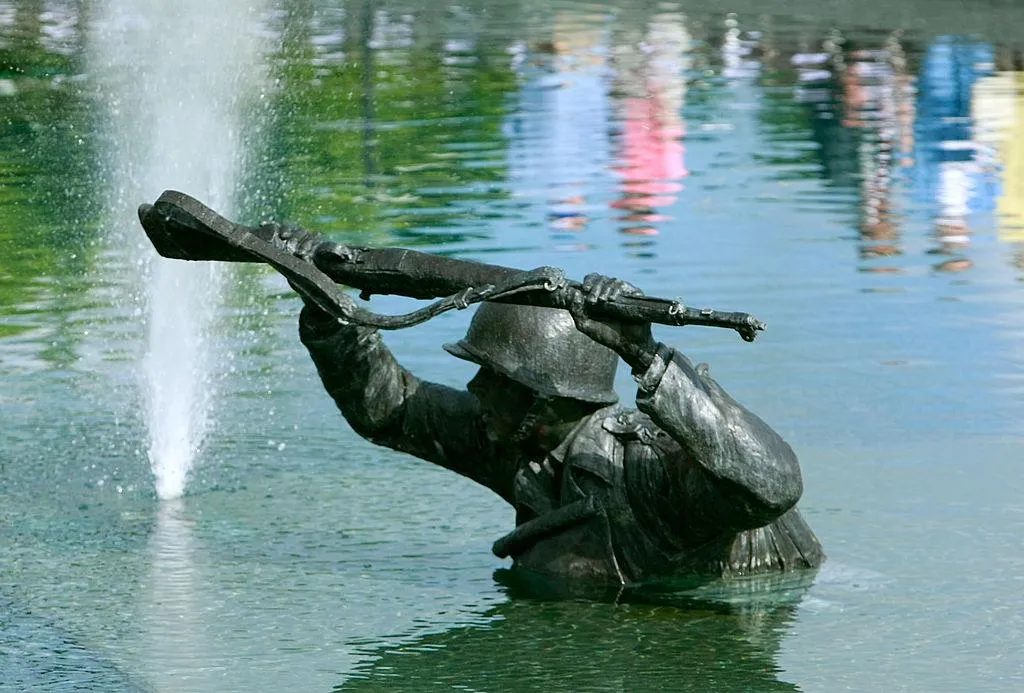
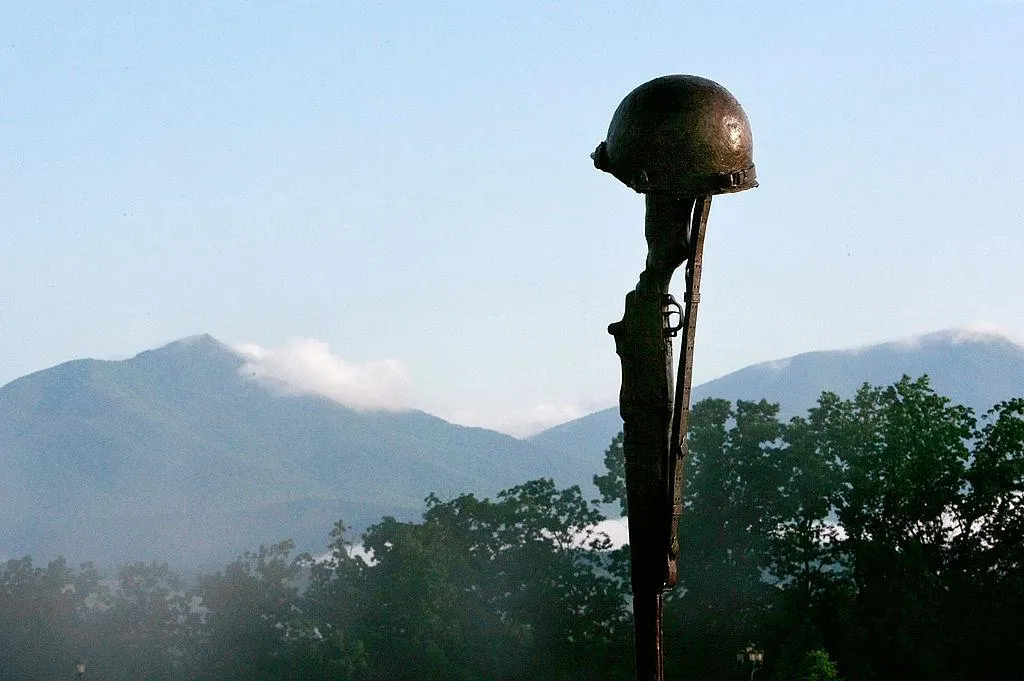
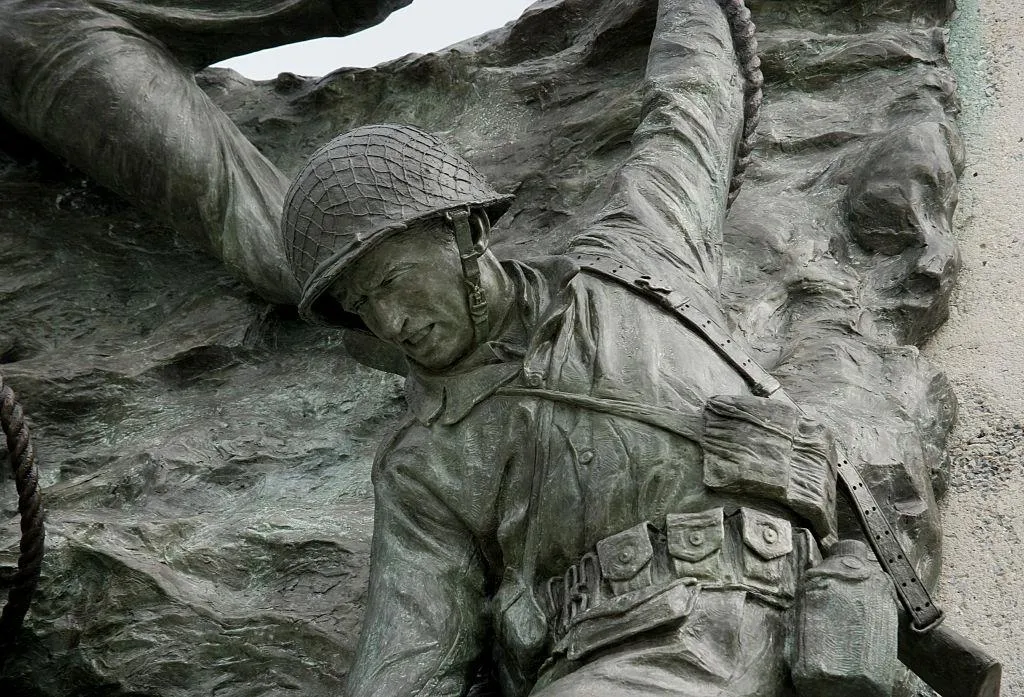

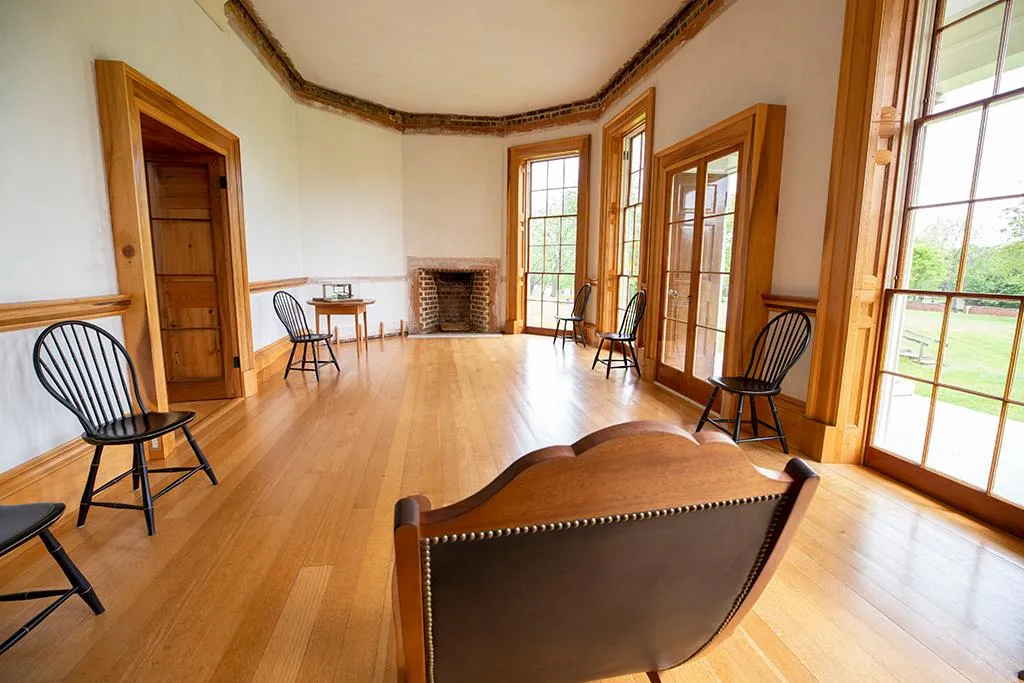
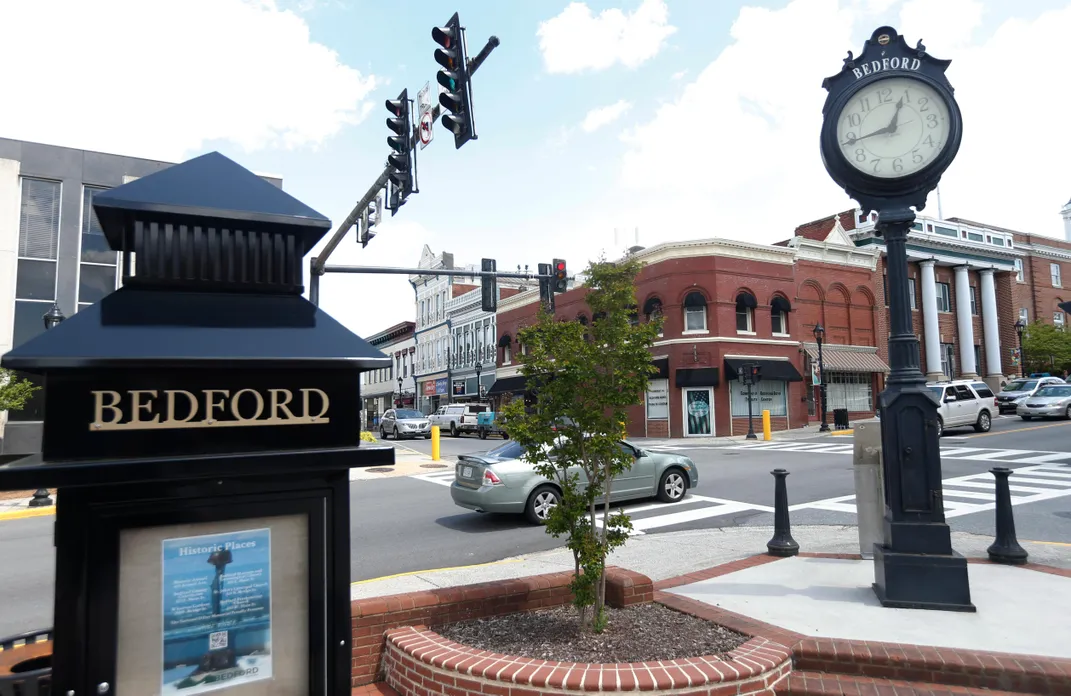
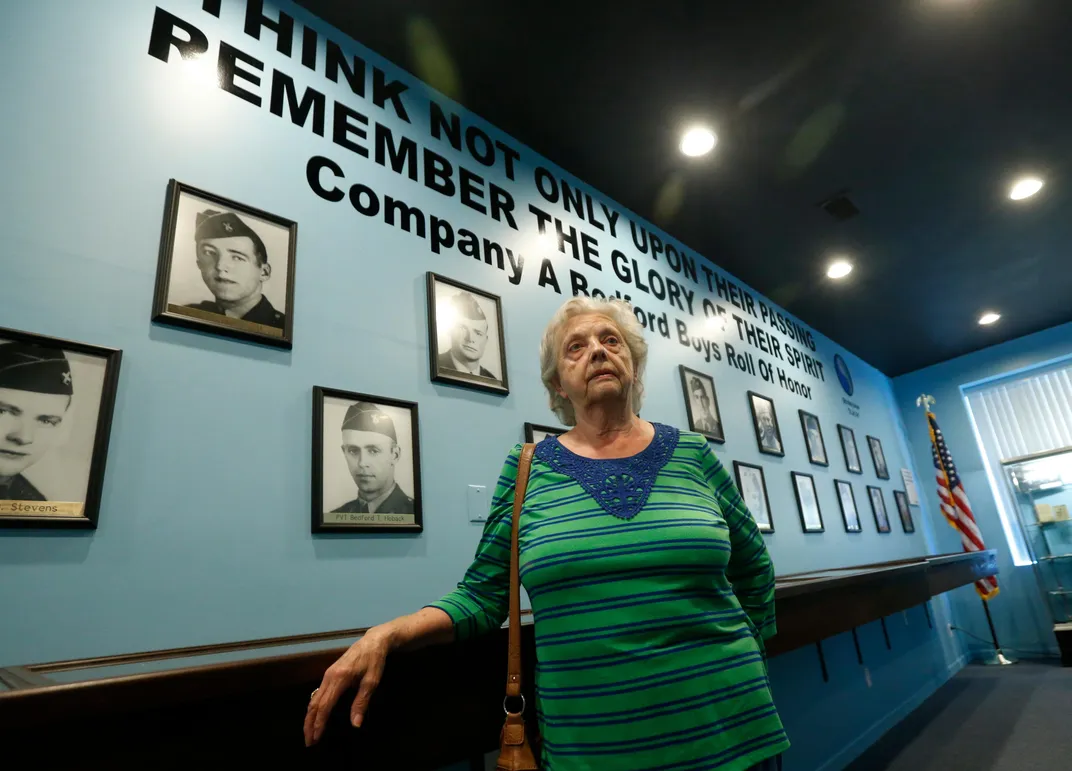
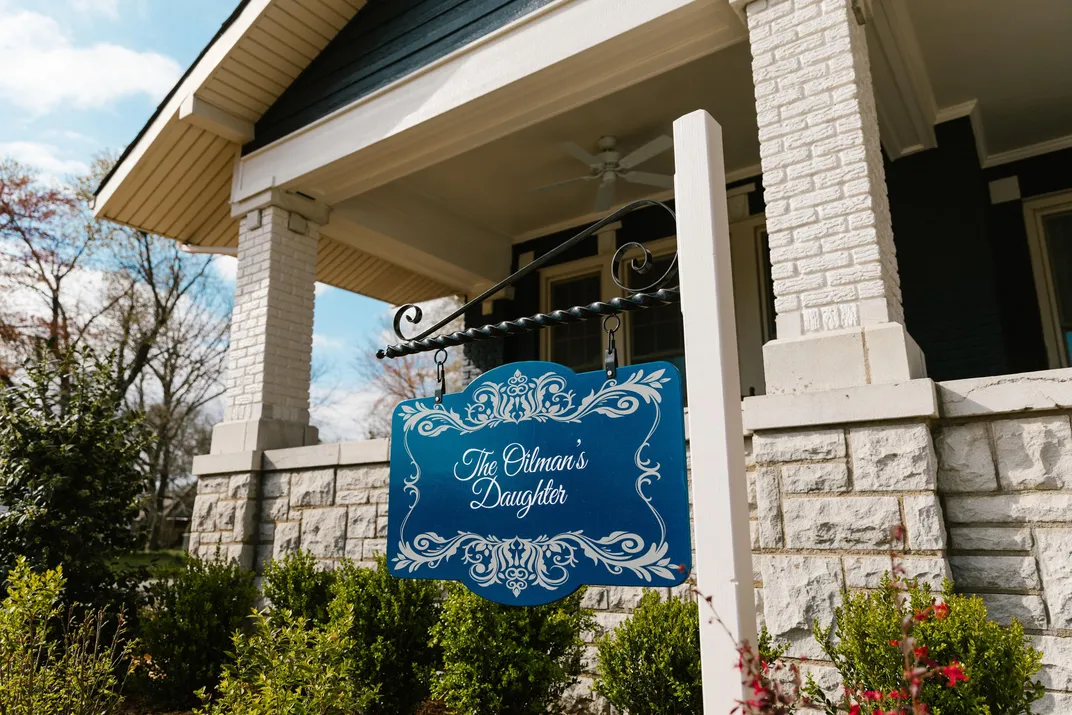

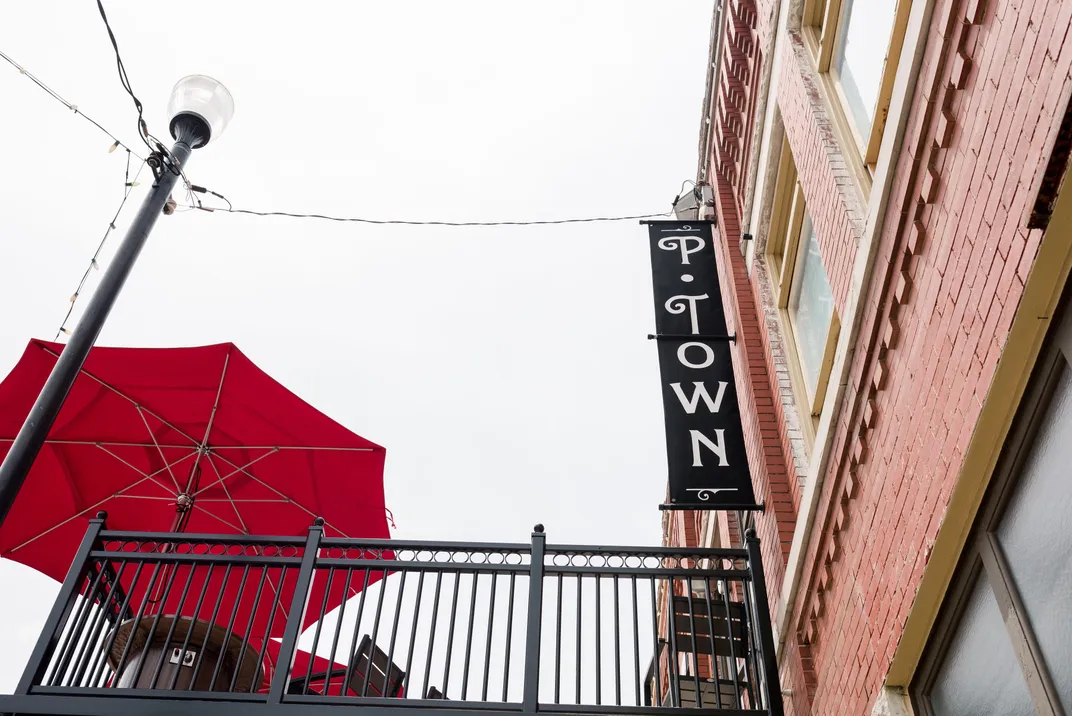
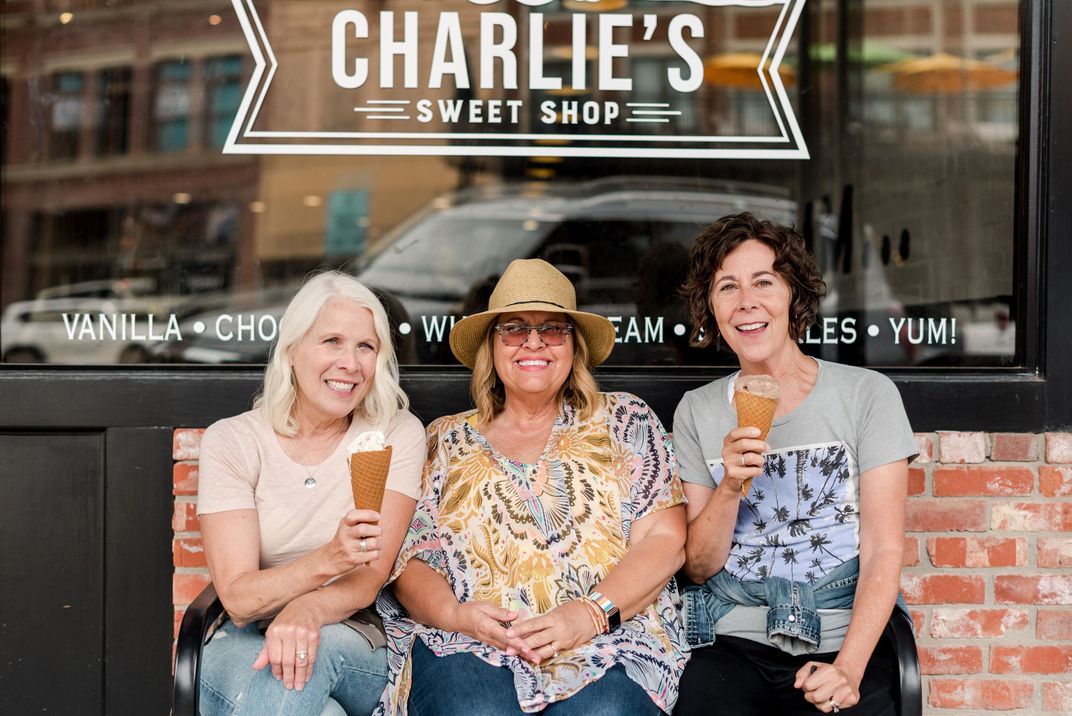
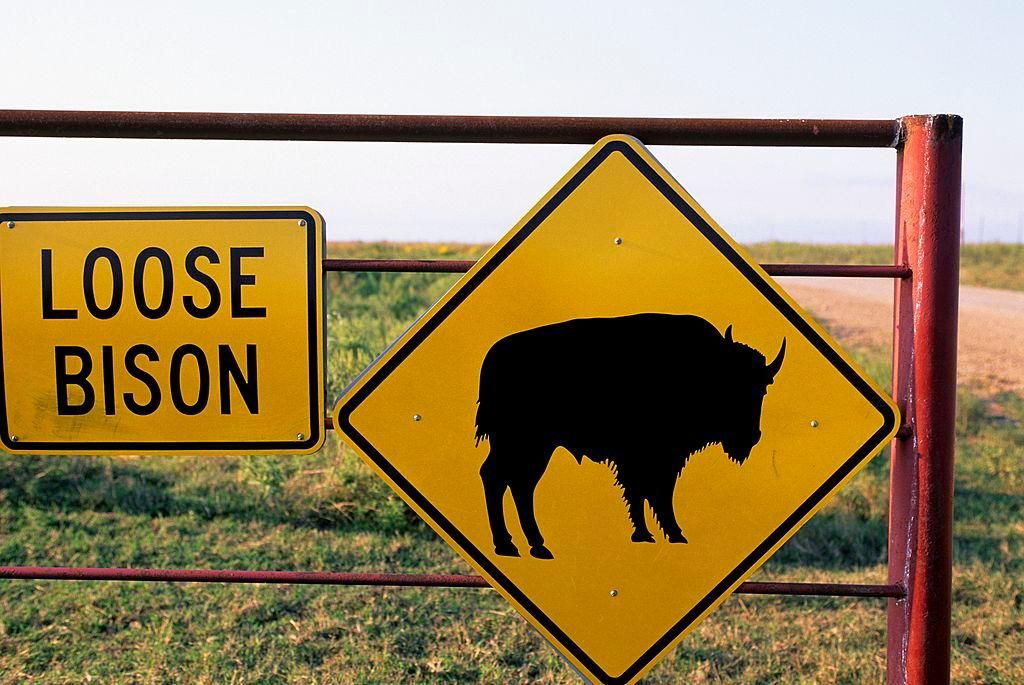
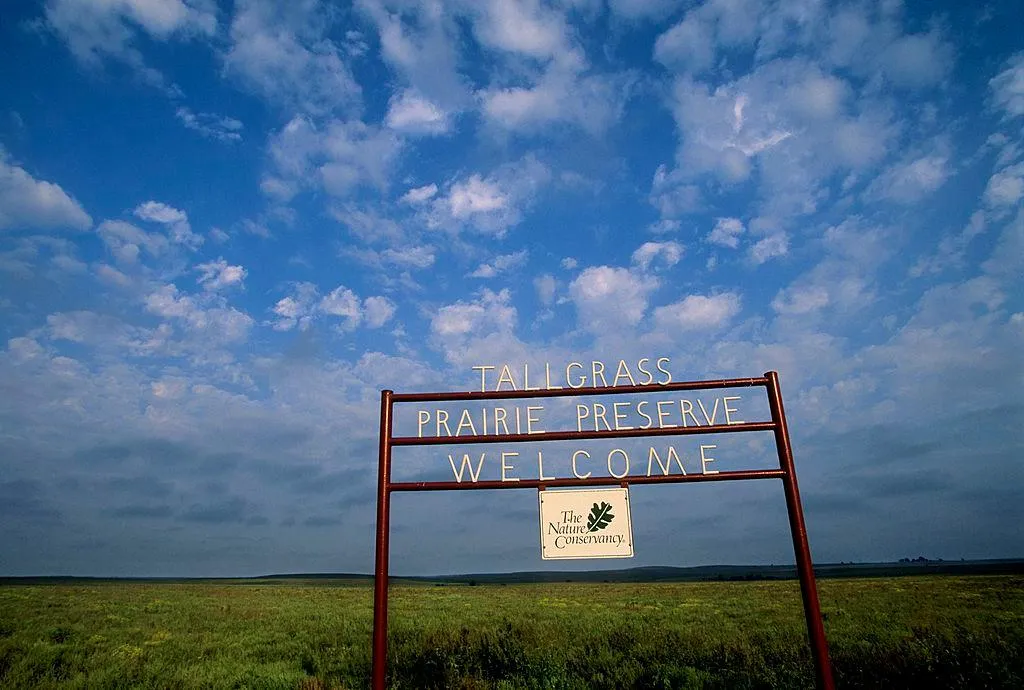
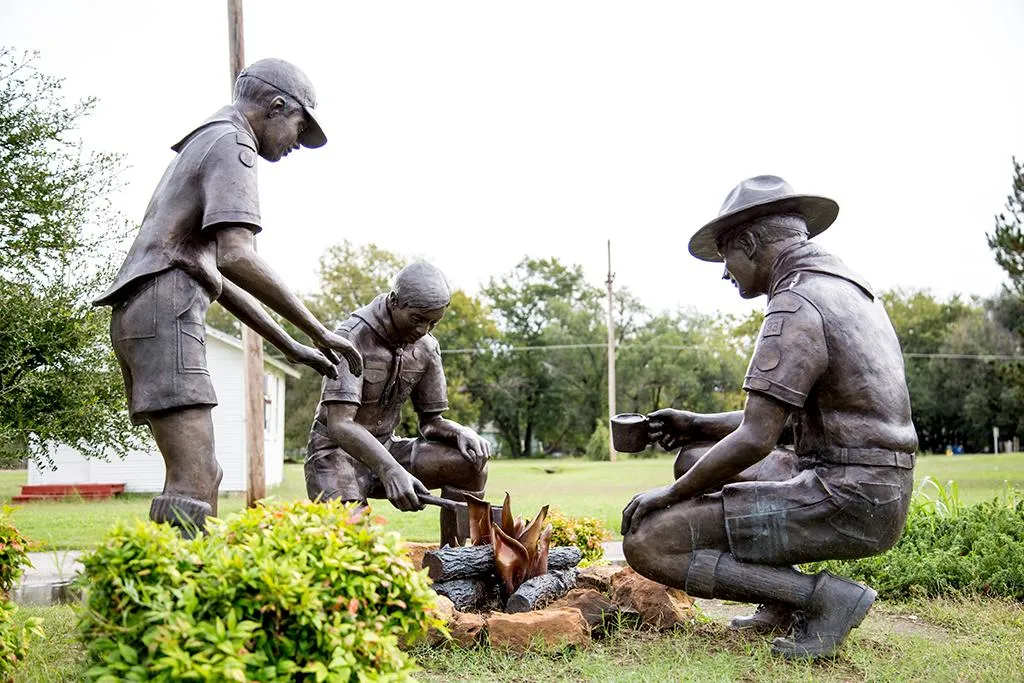
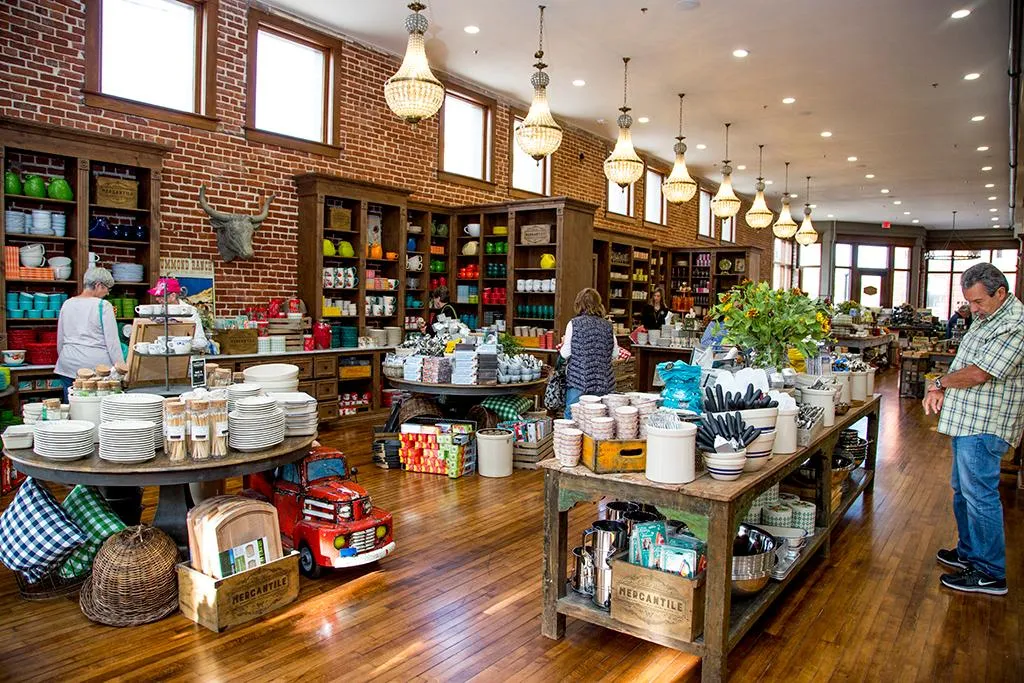
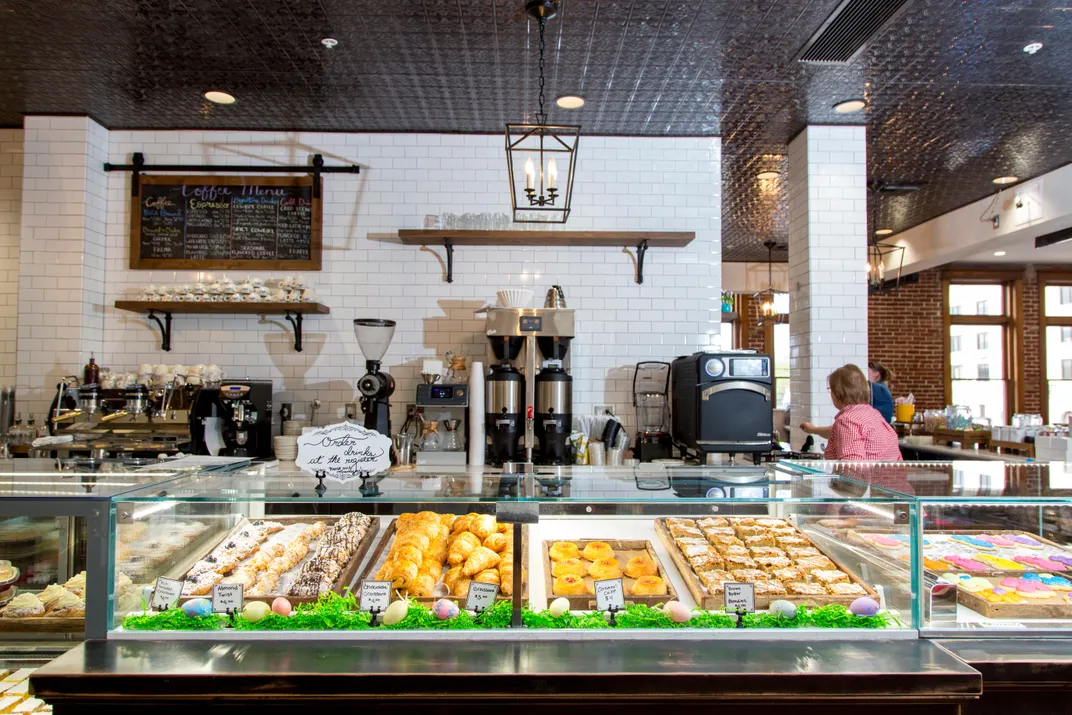
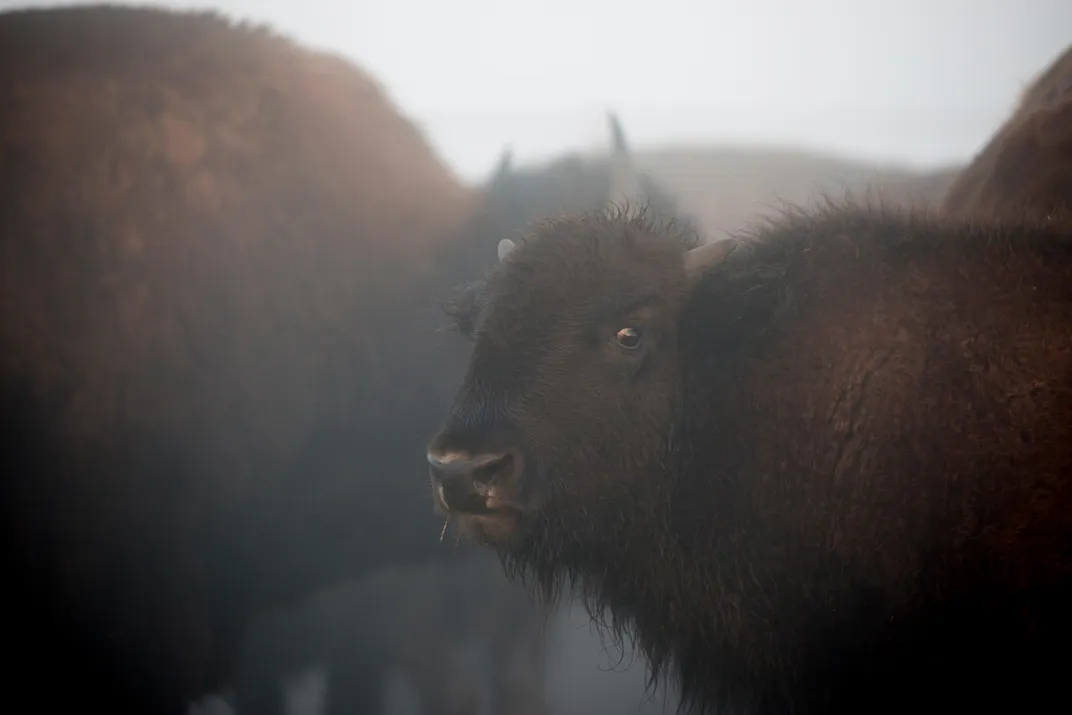
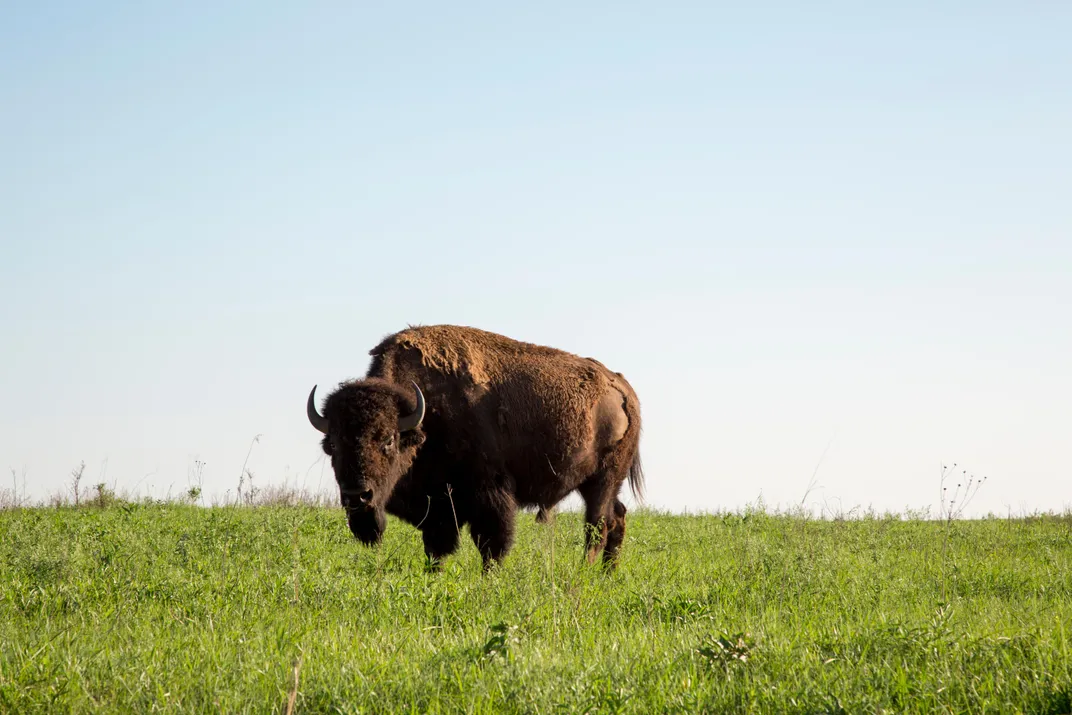
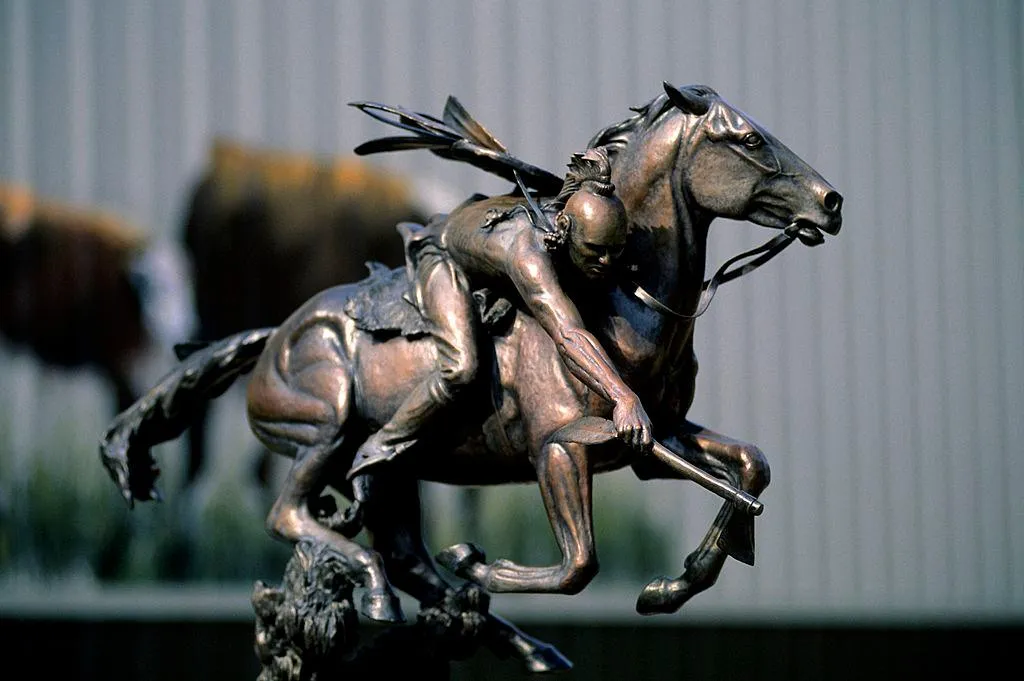
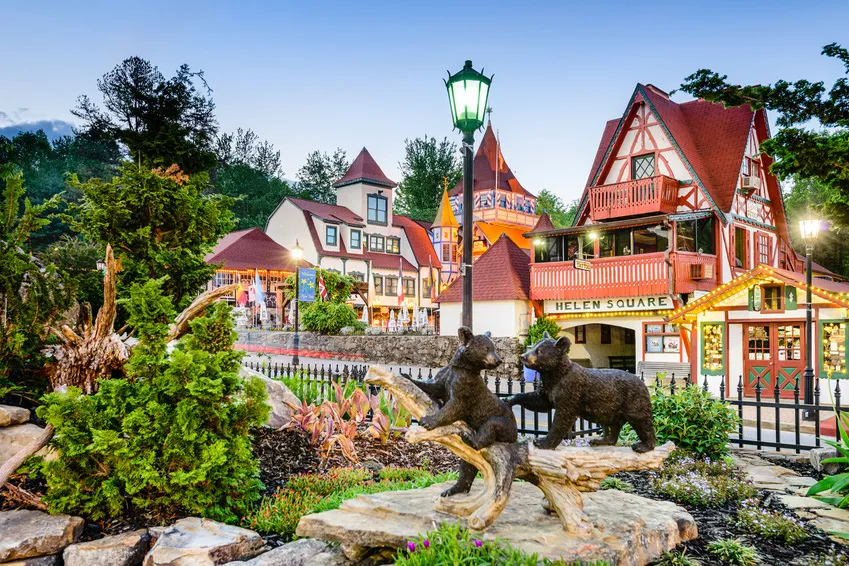
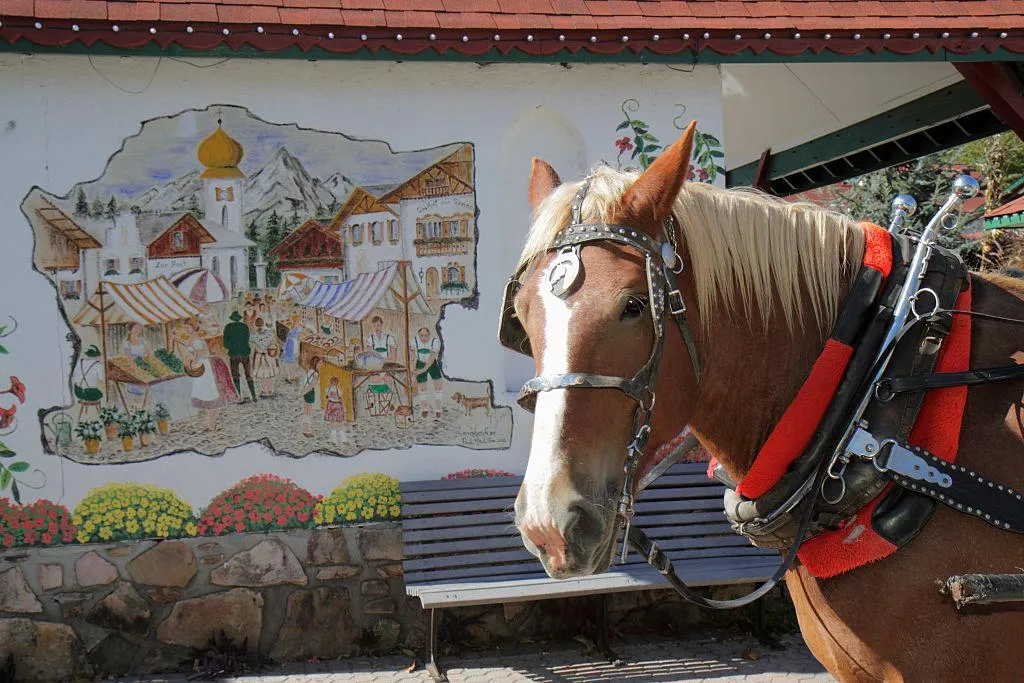
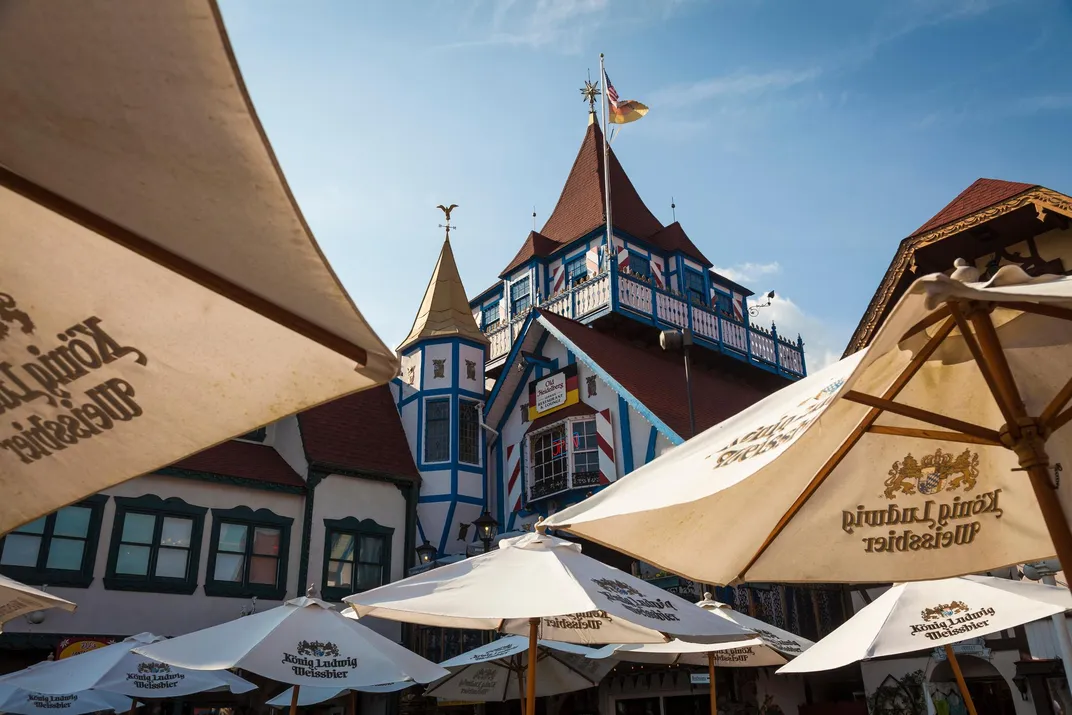
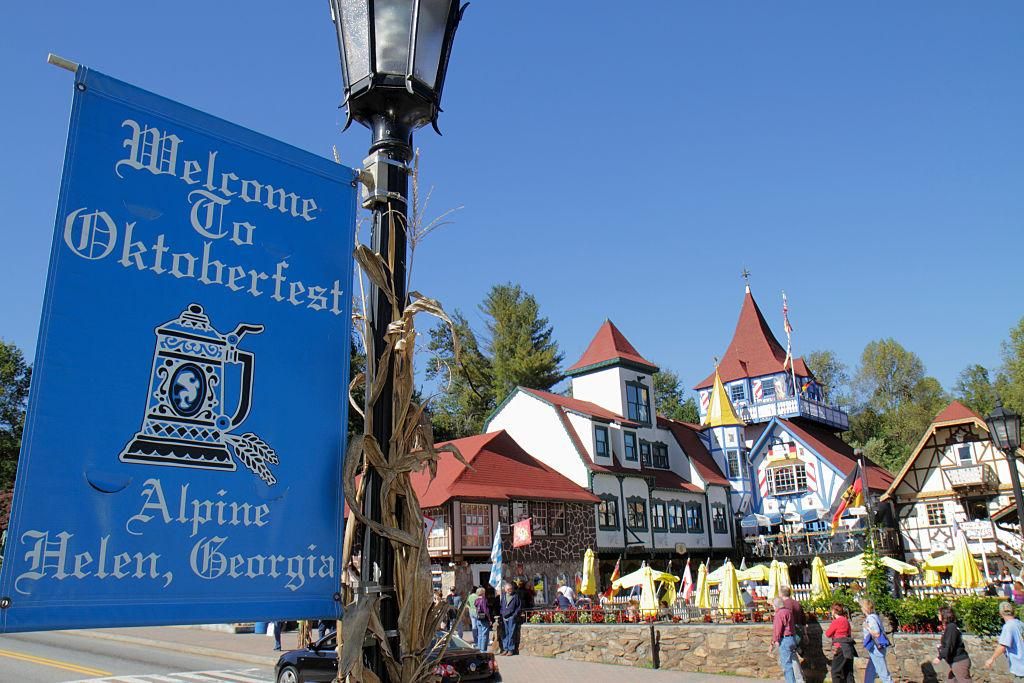
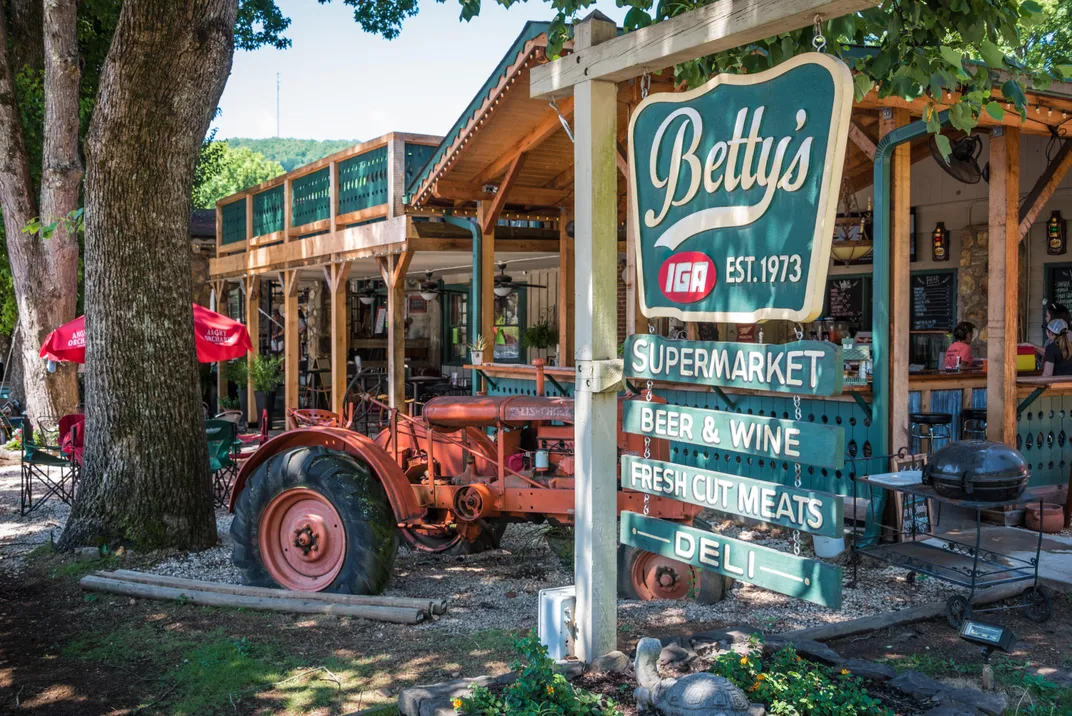
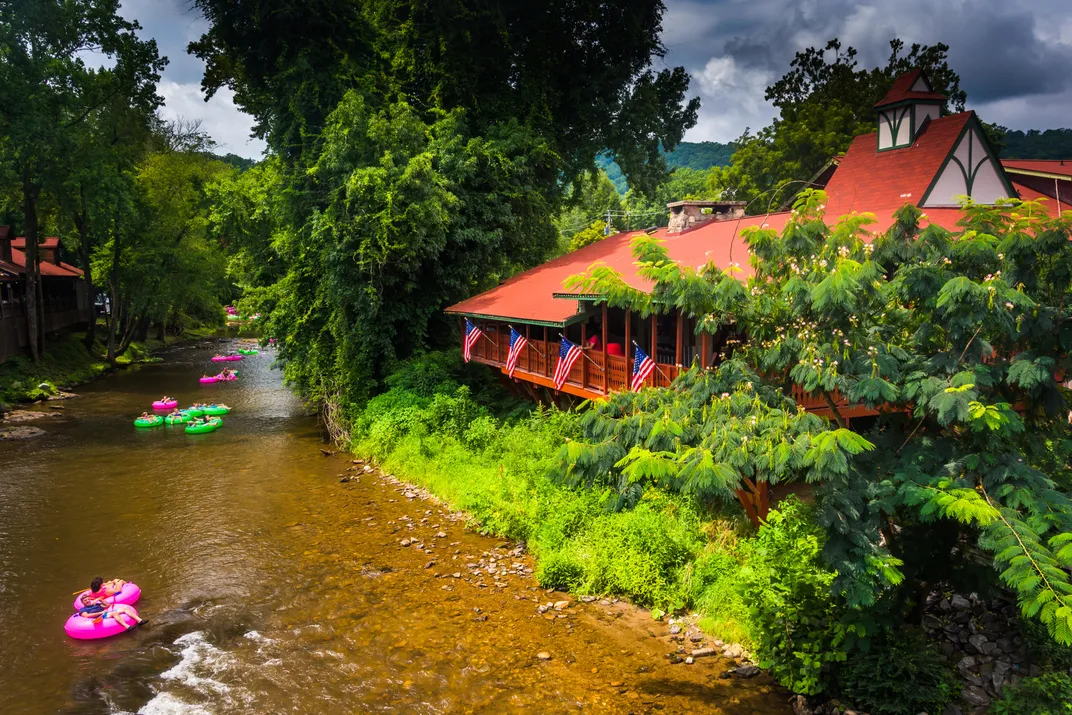
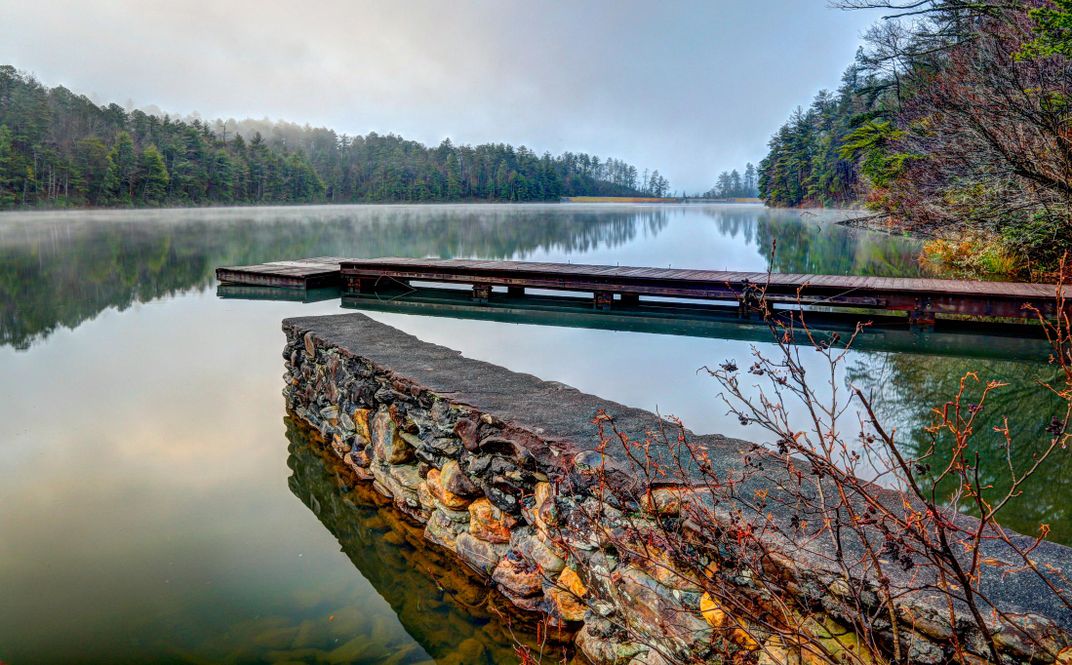
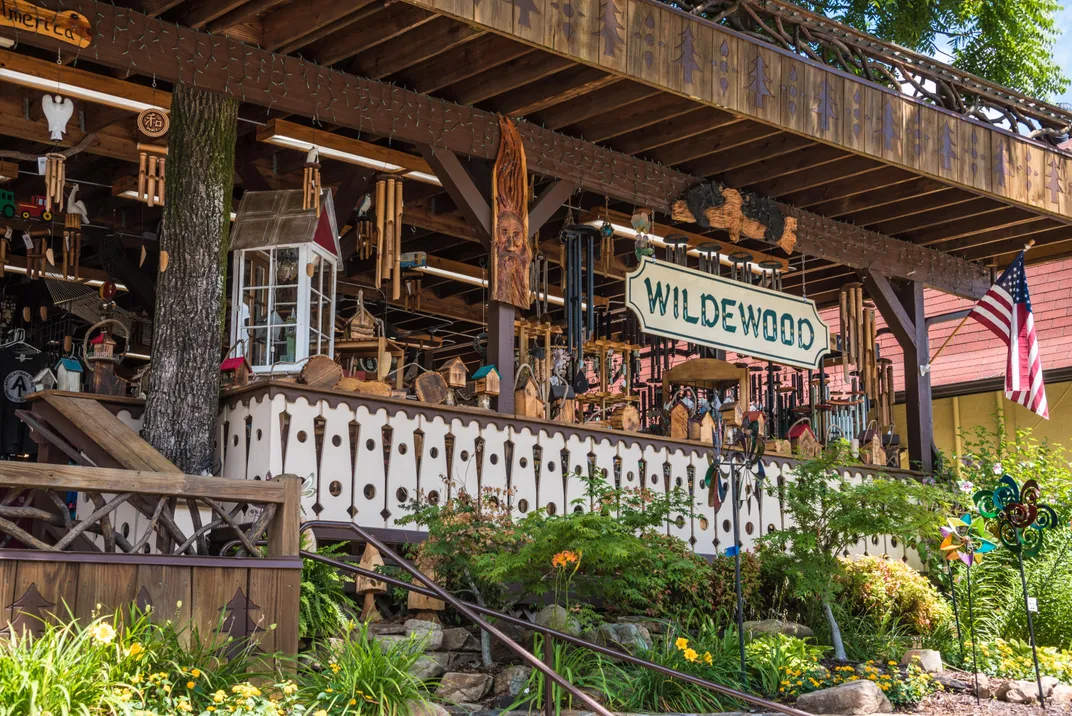
/https://tf-cmsv2-smithsonianmag-media.s3.amazonaws.com/accounts/headshot/LauraKiniry.png)